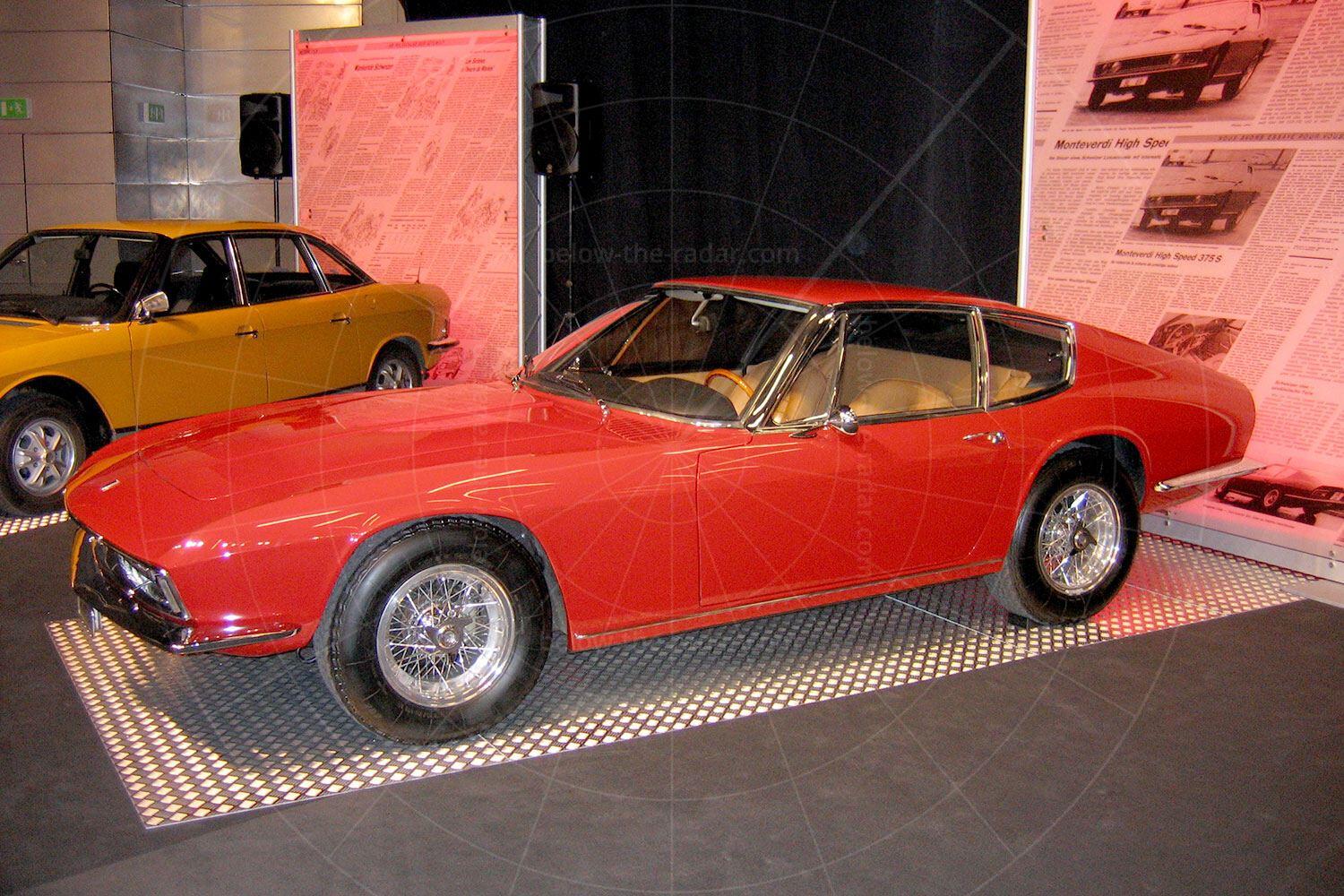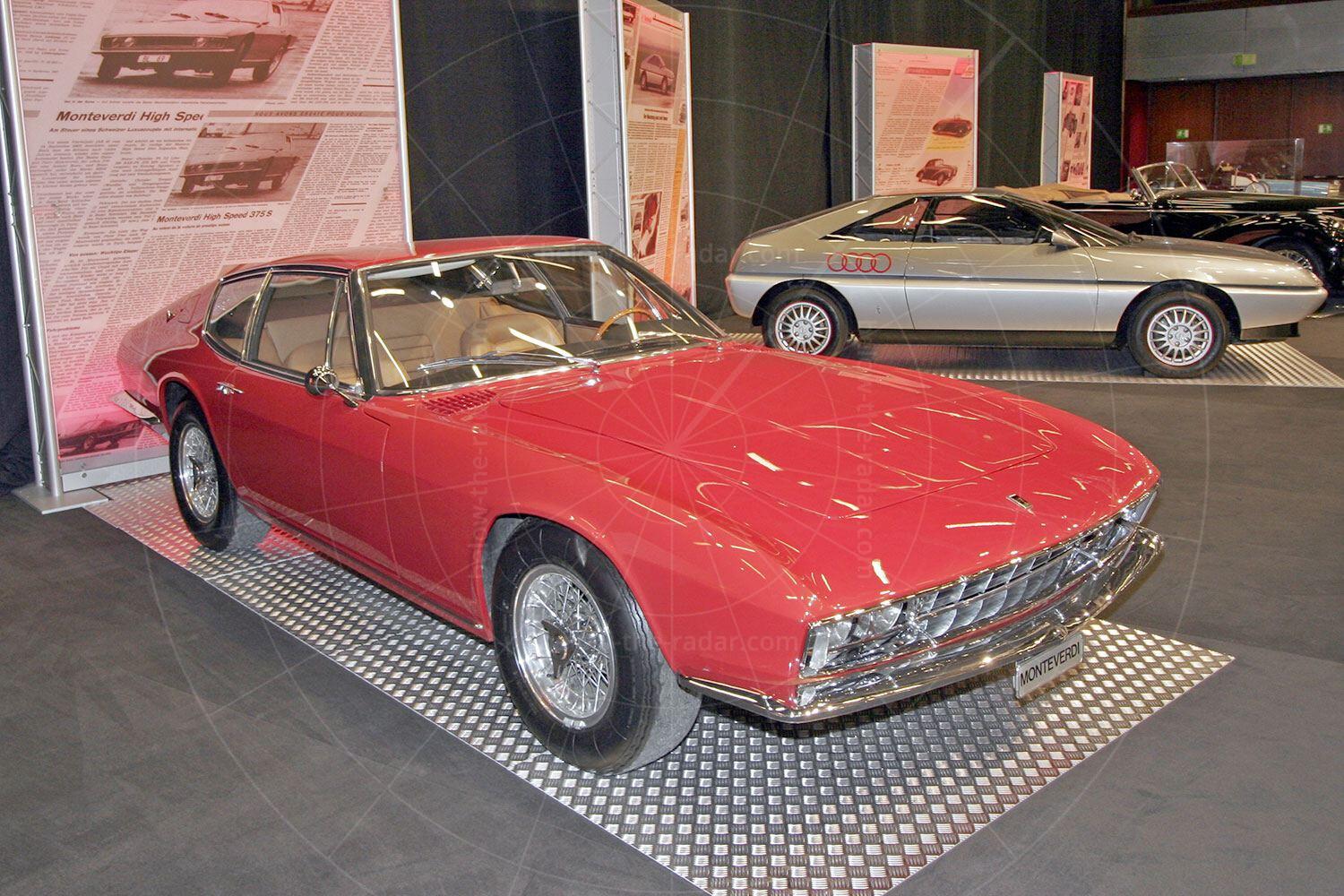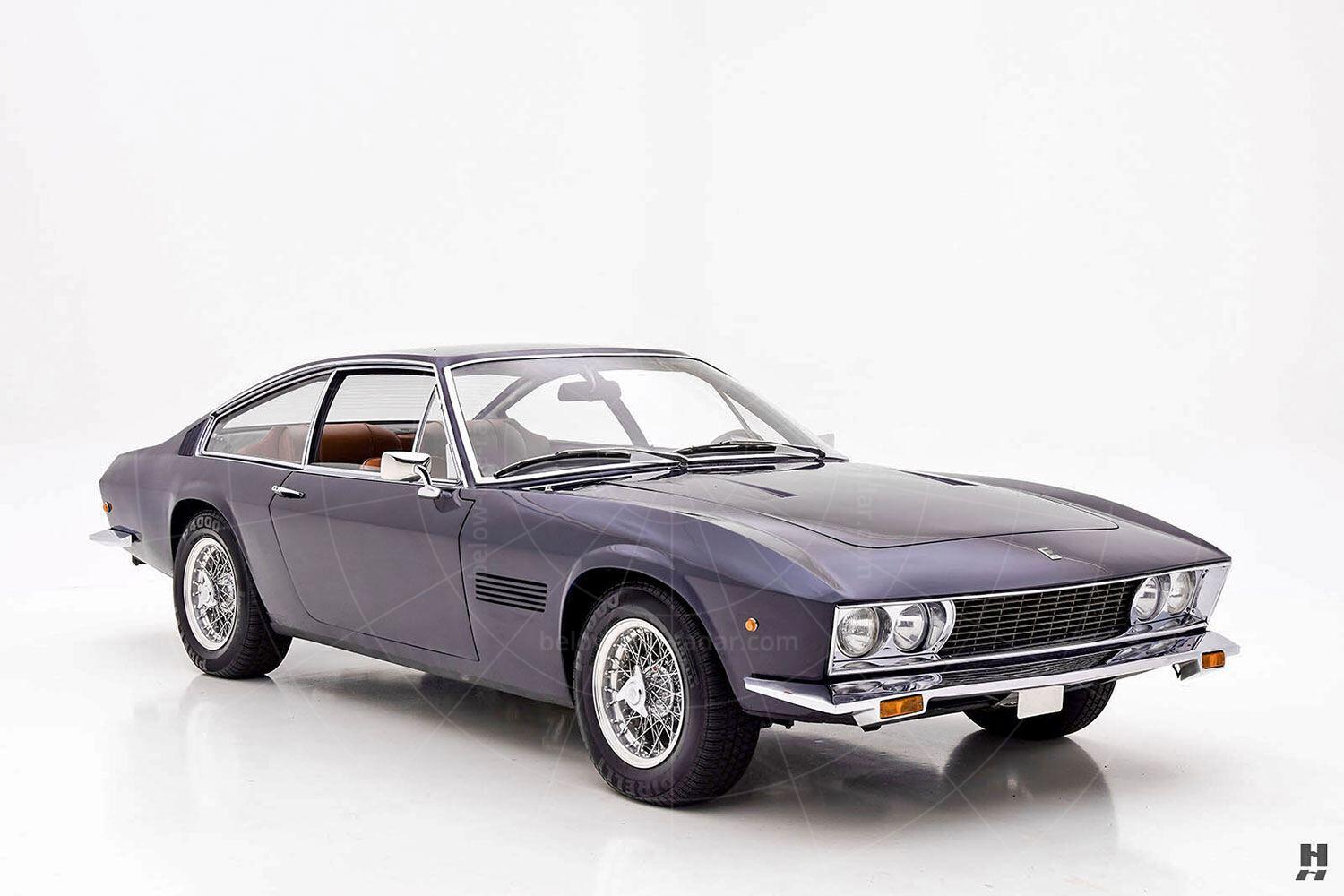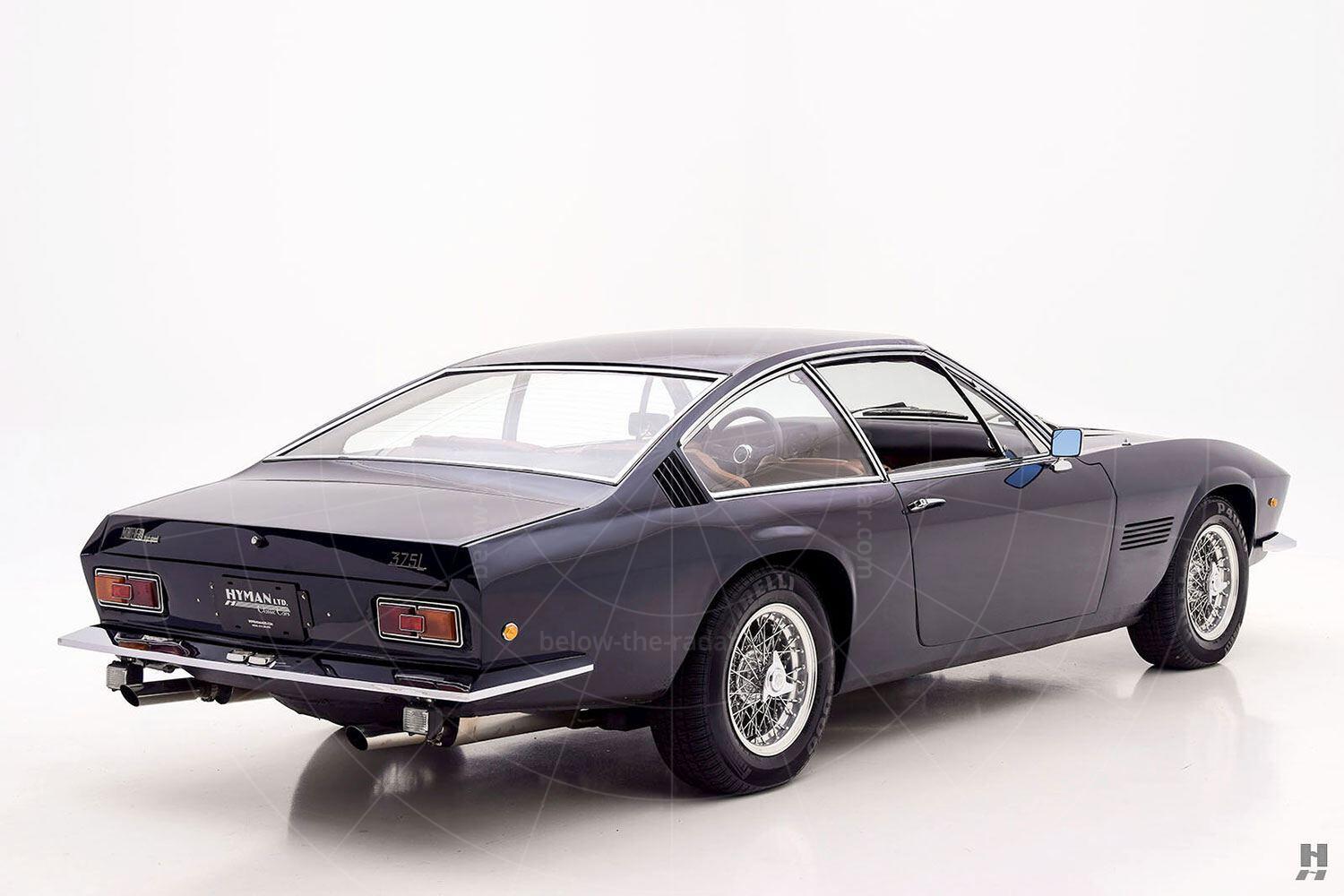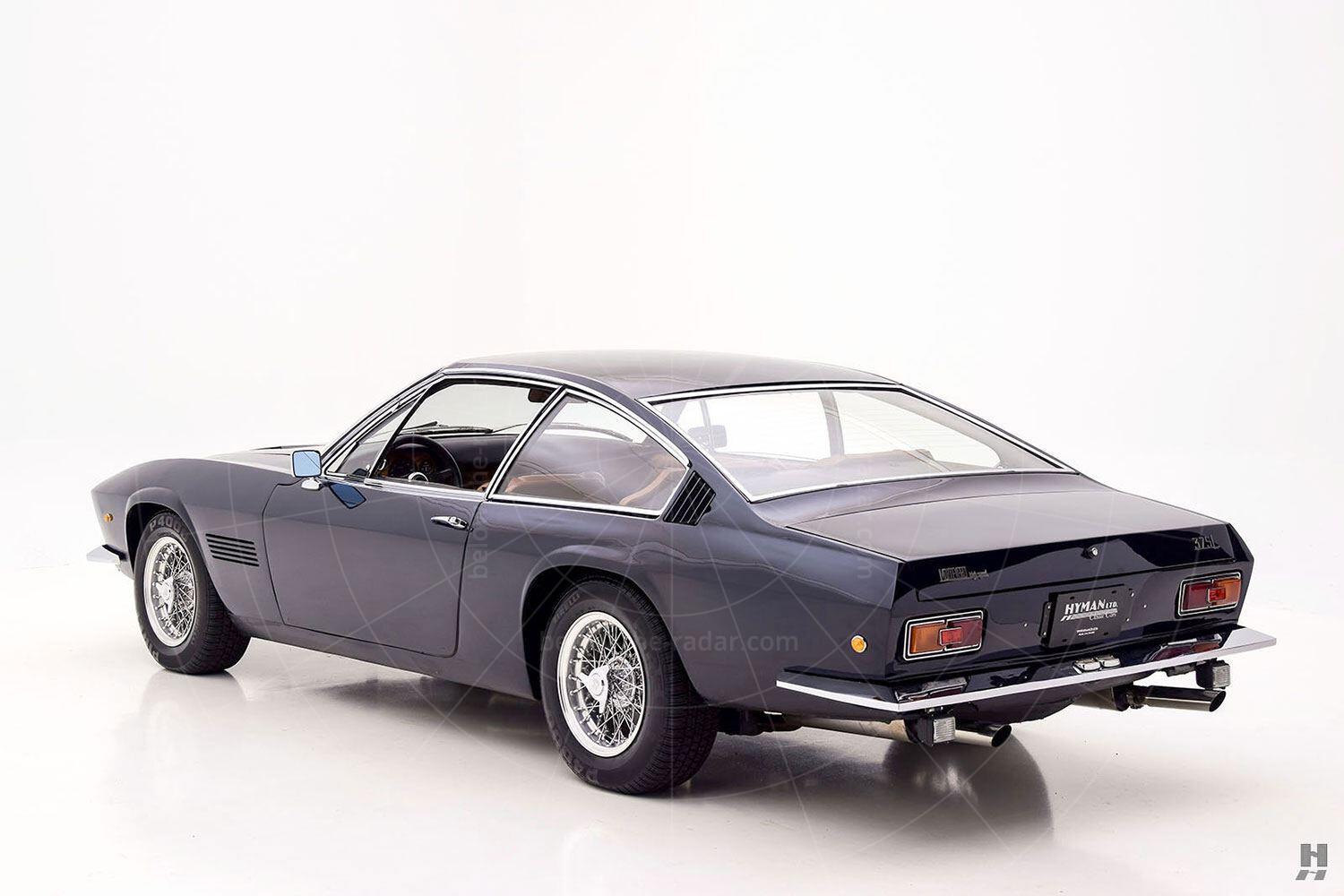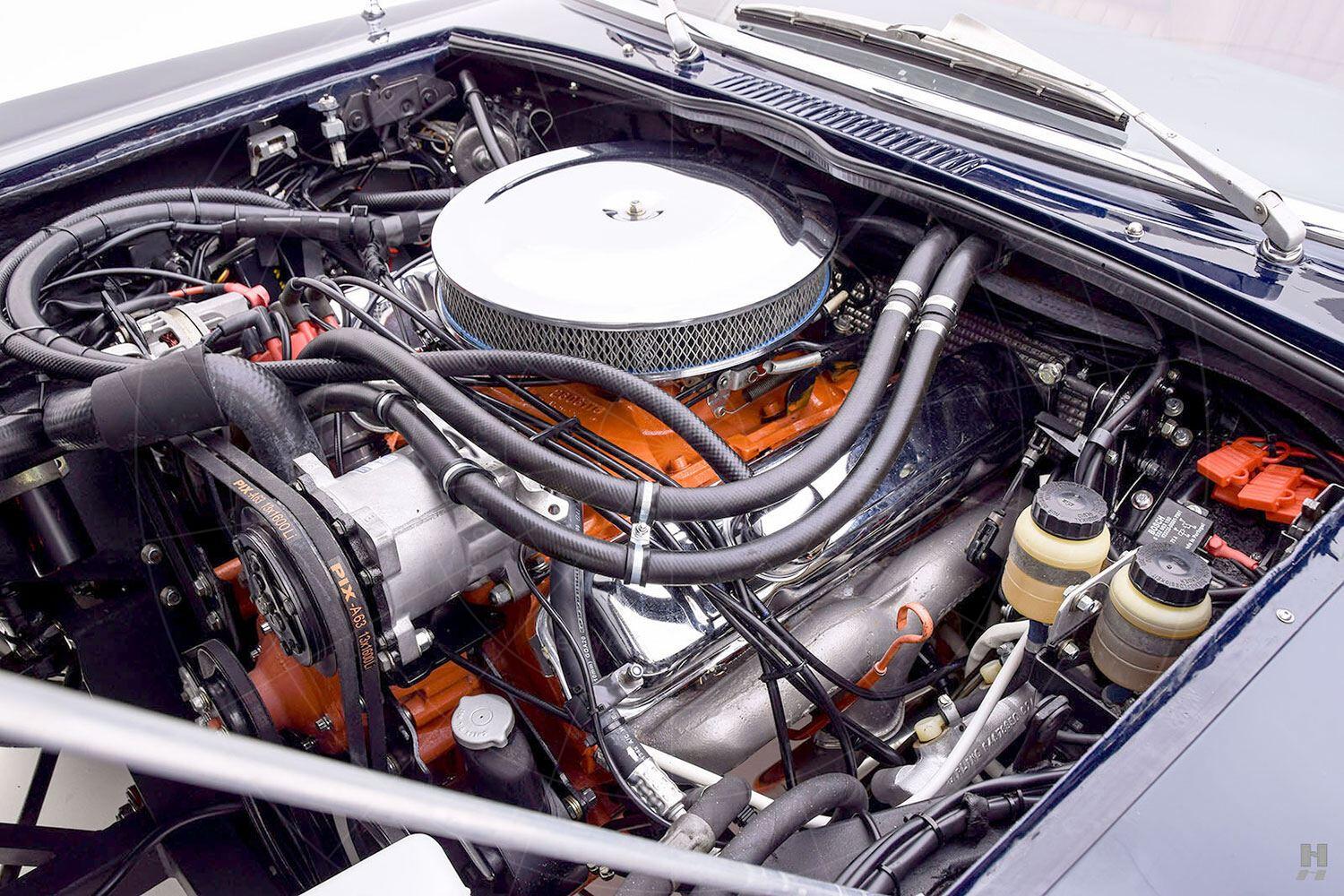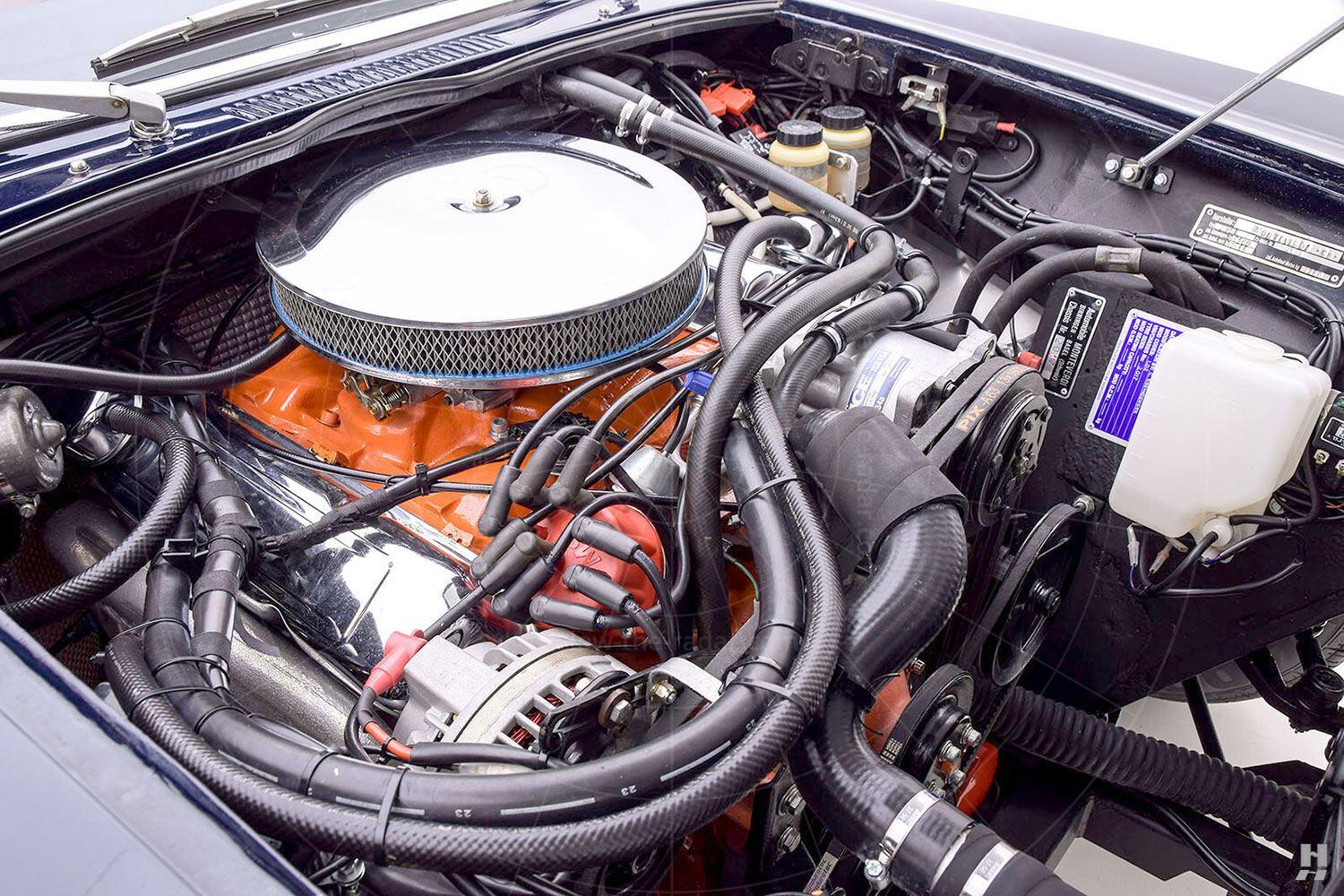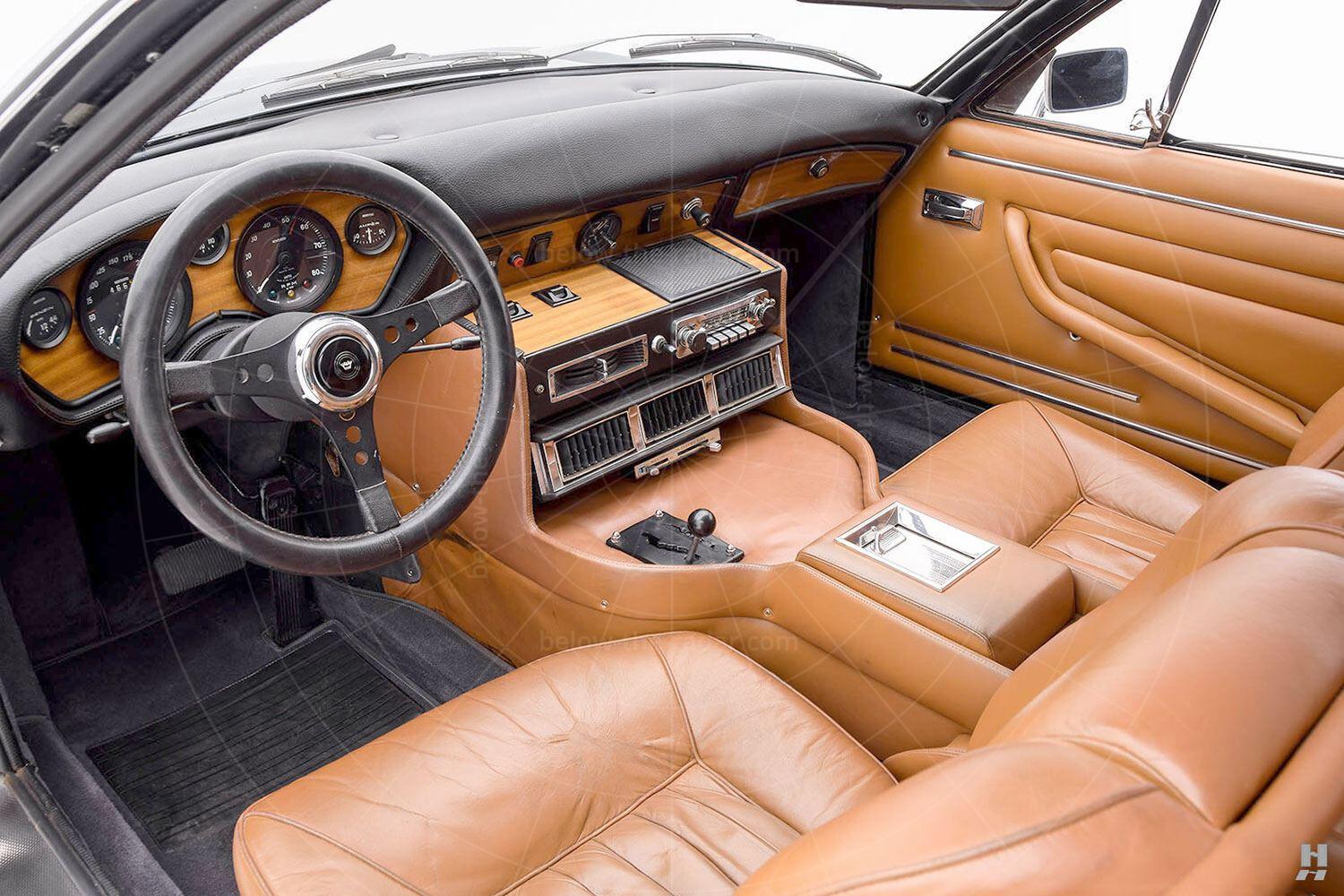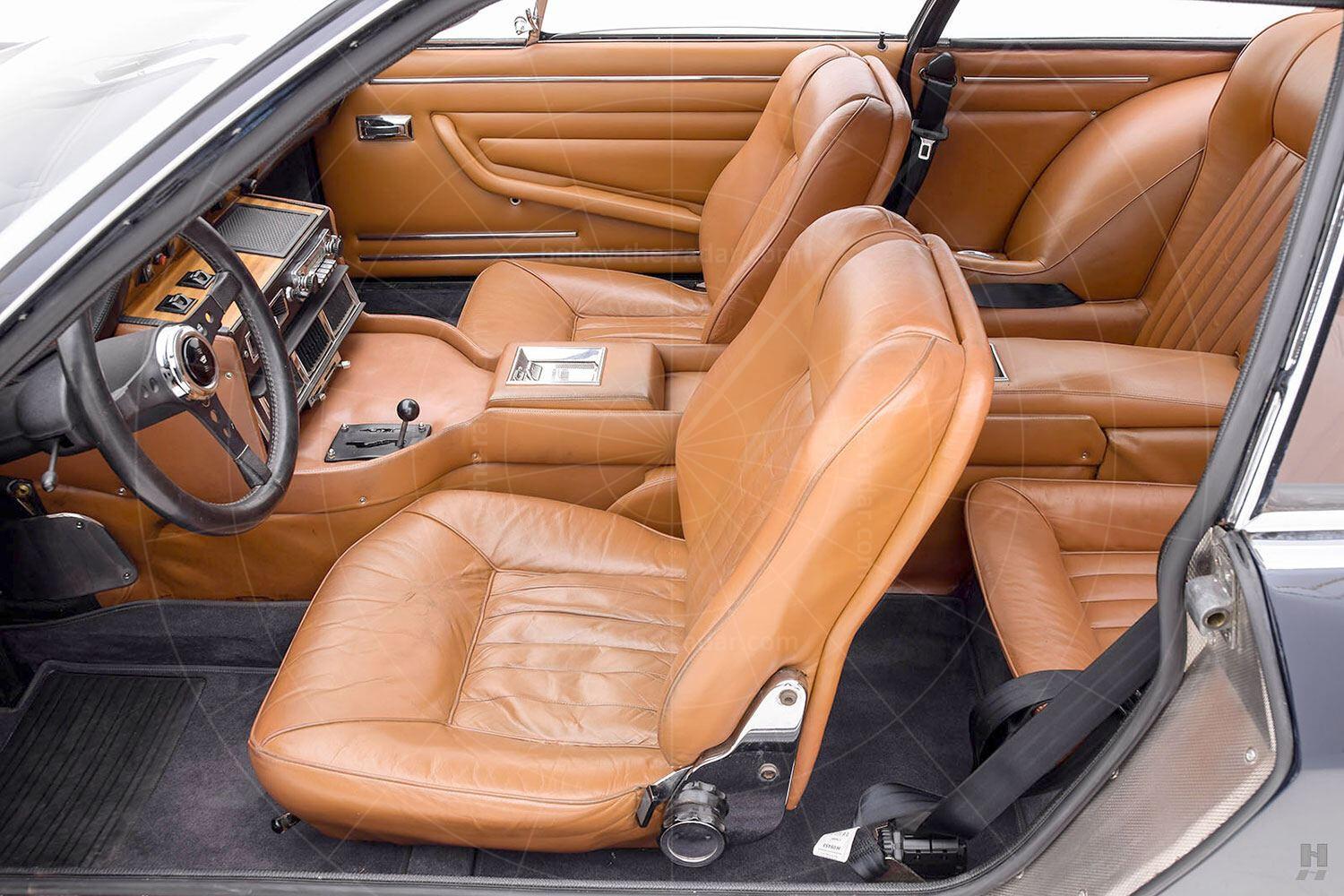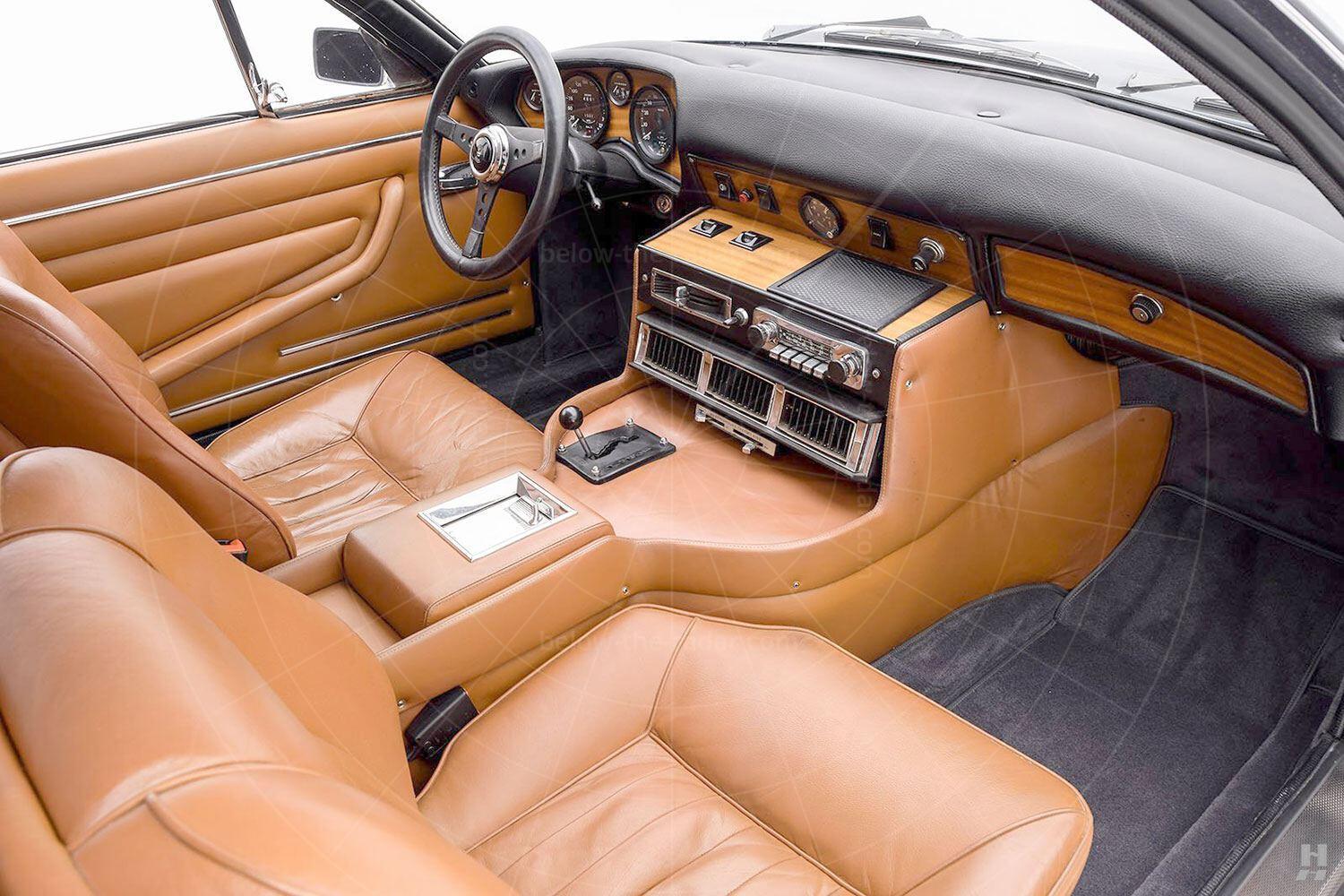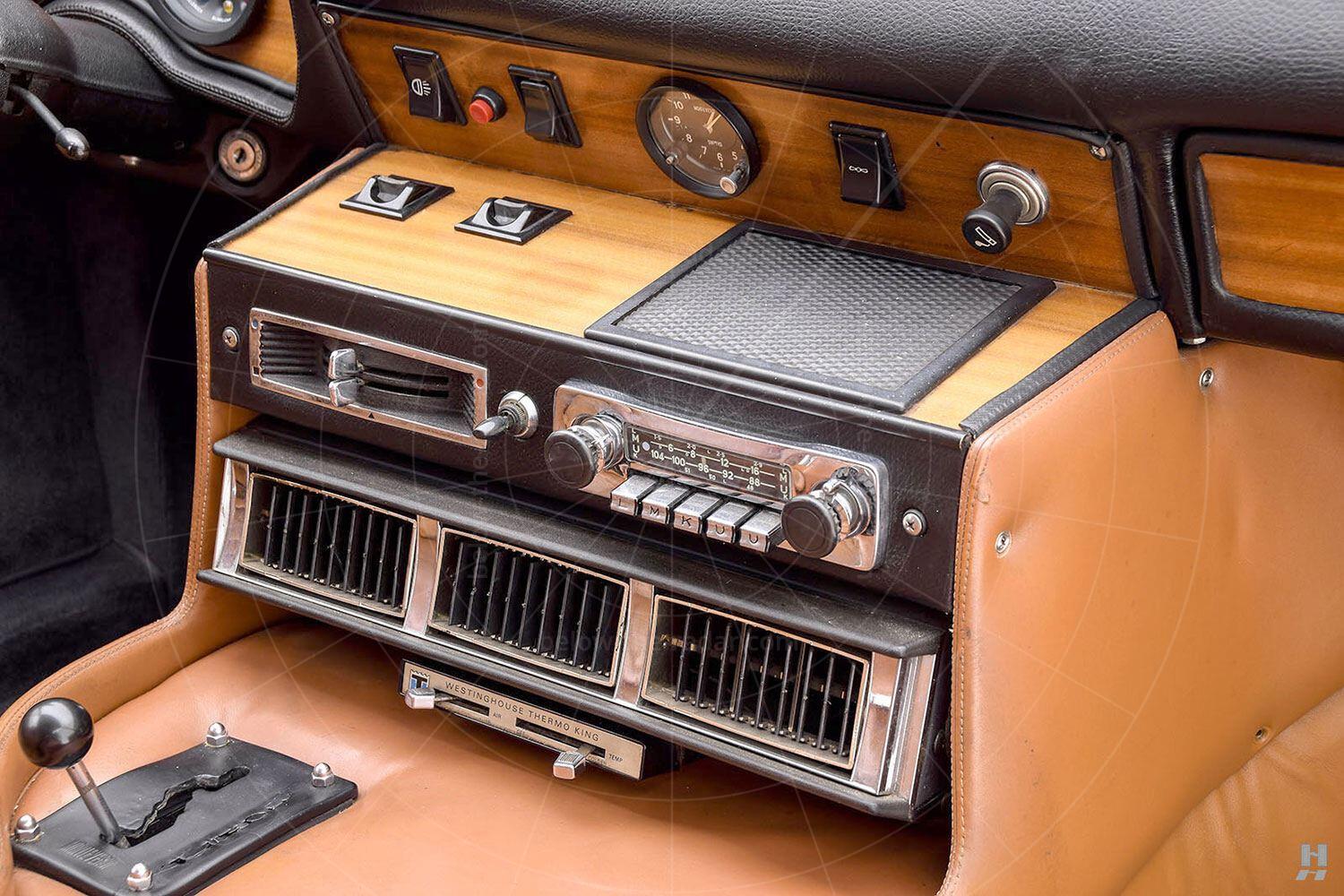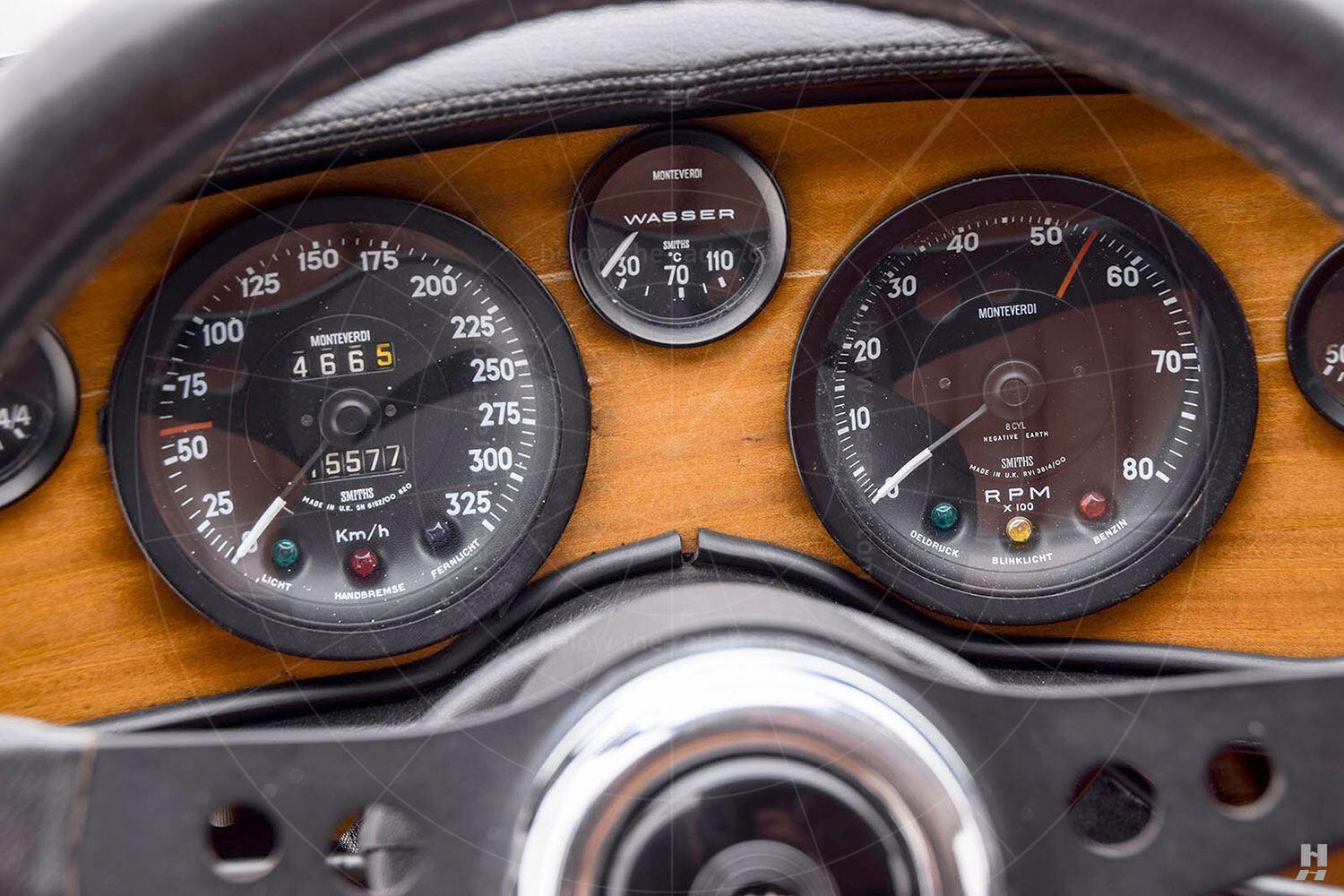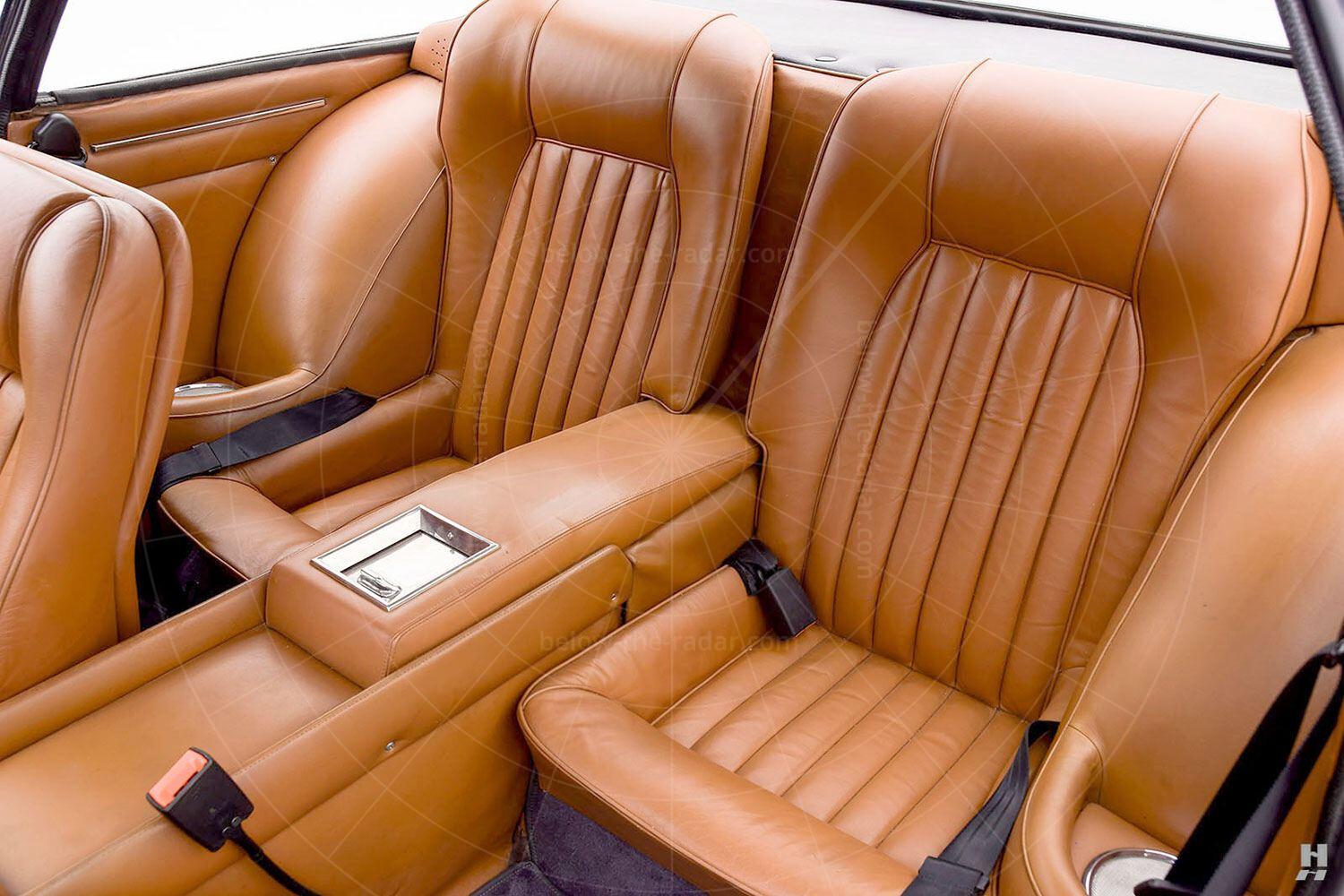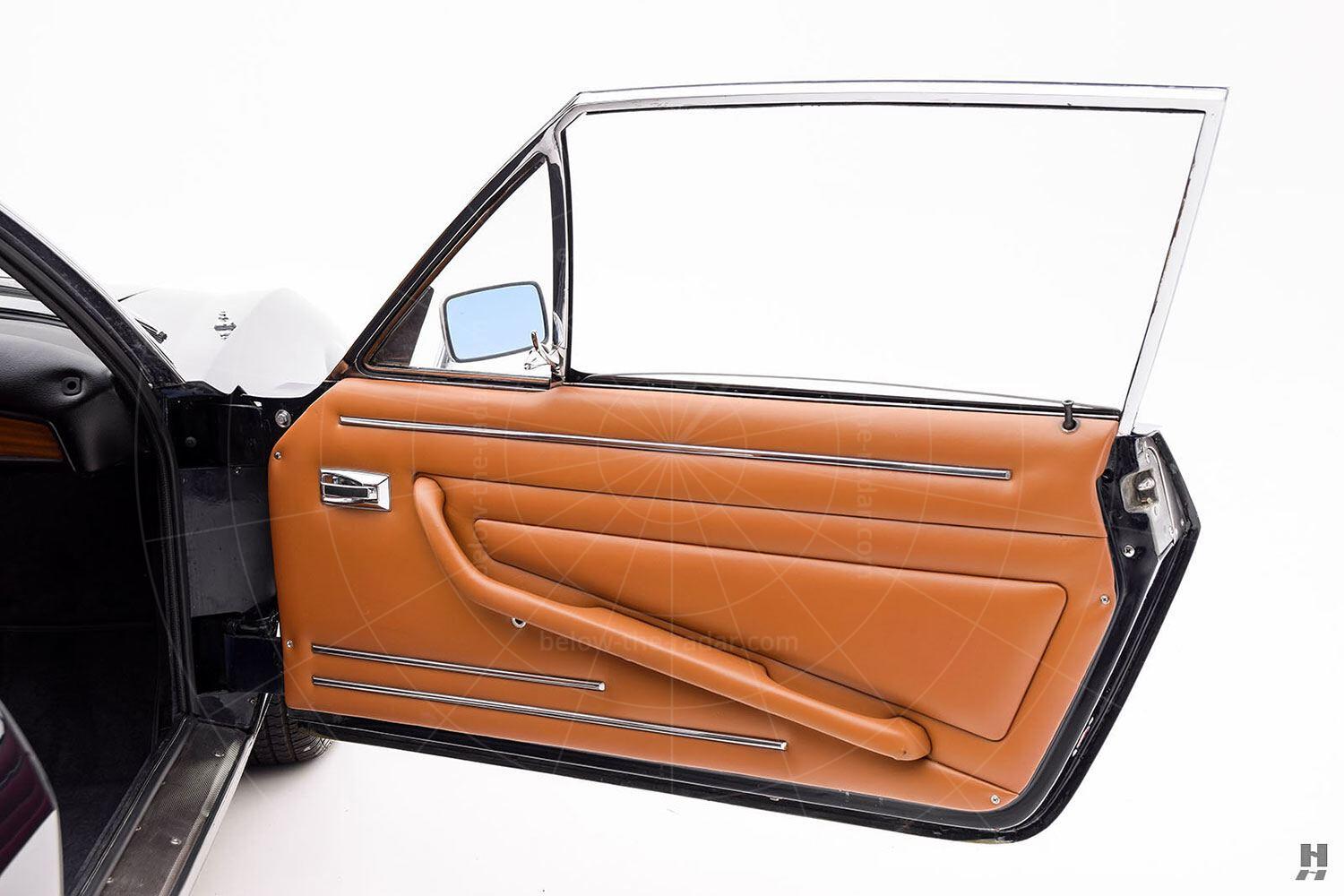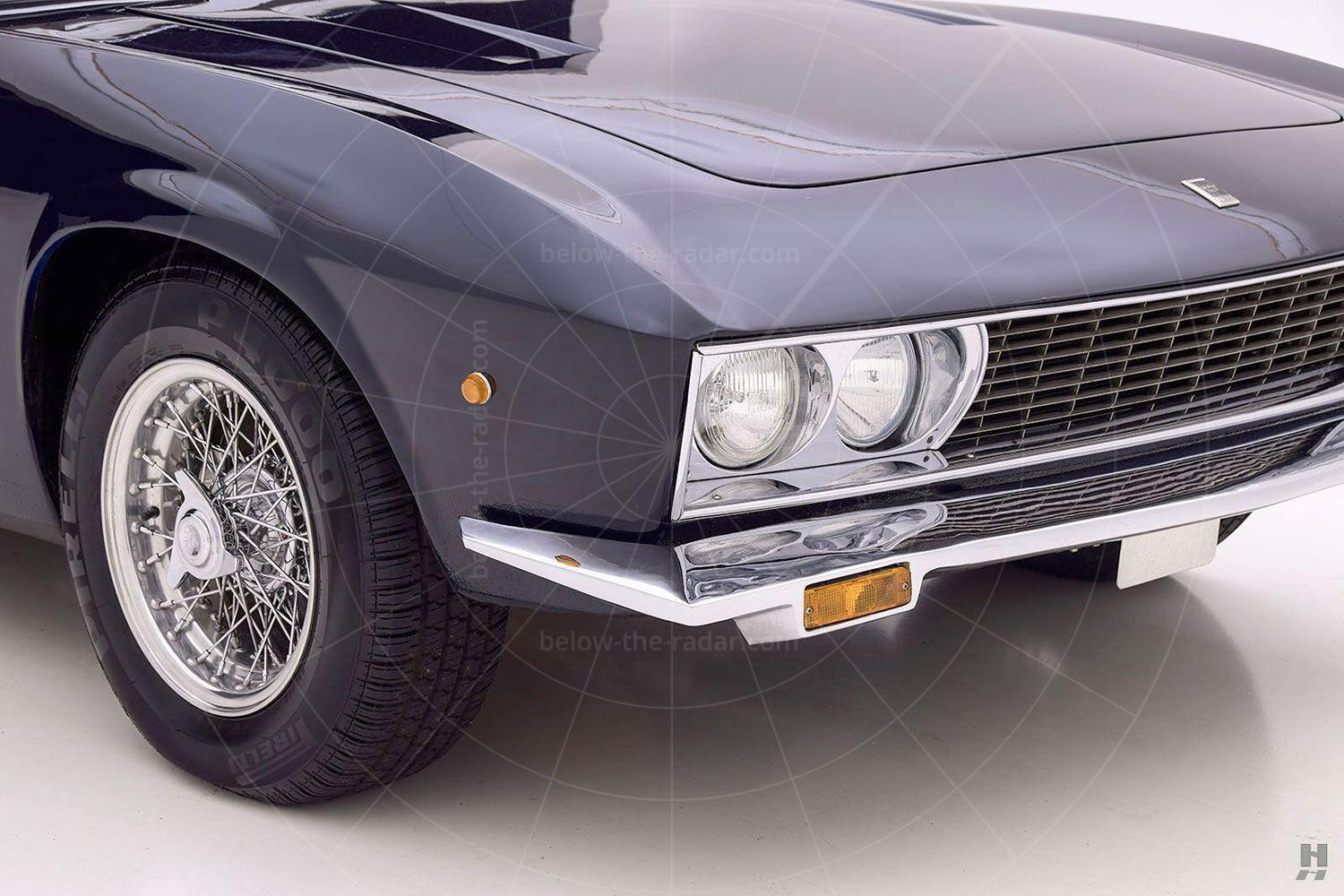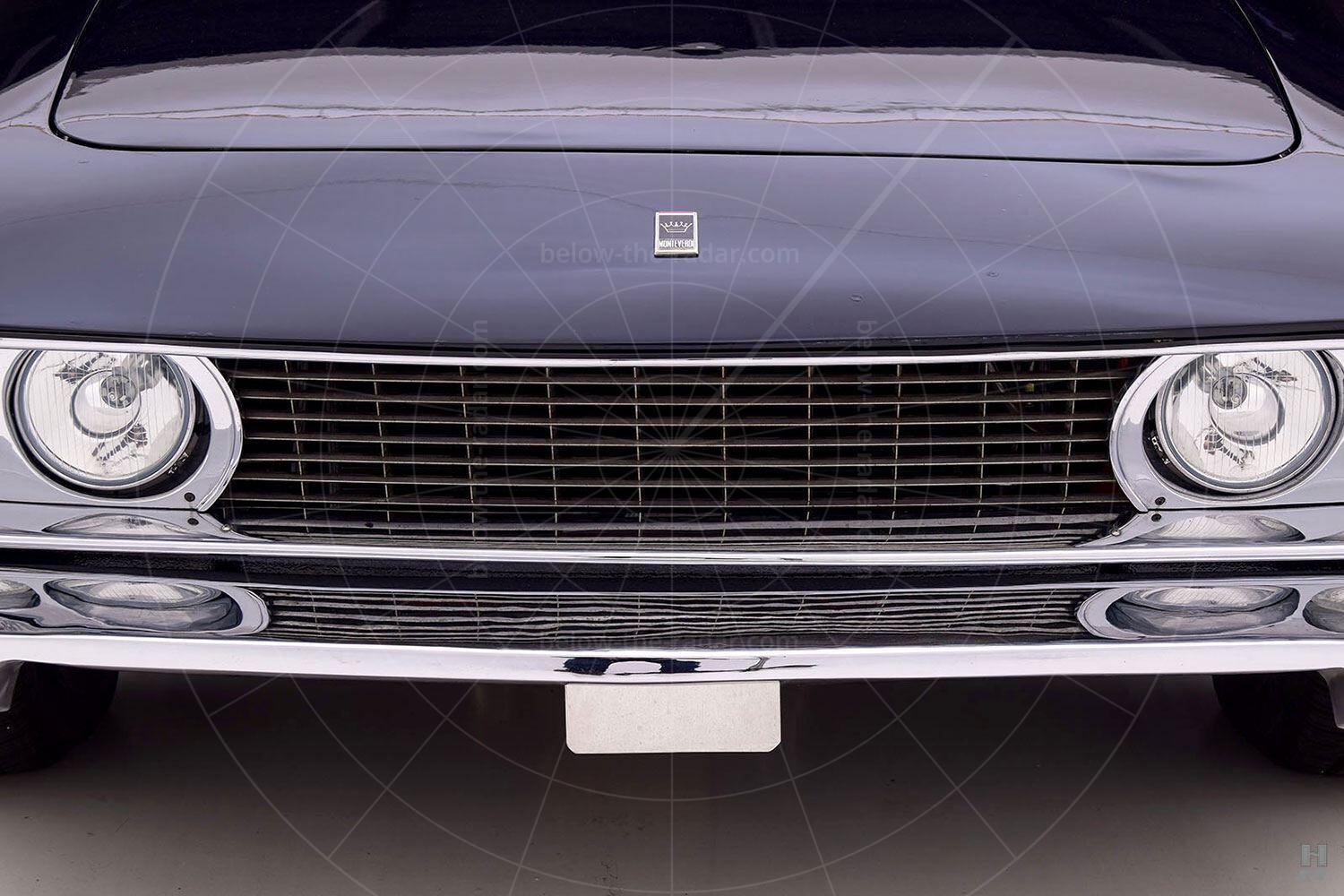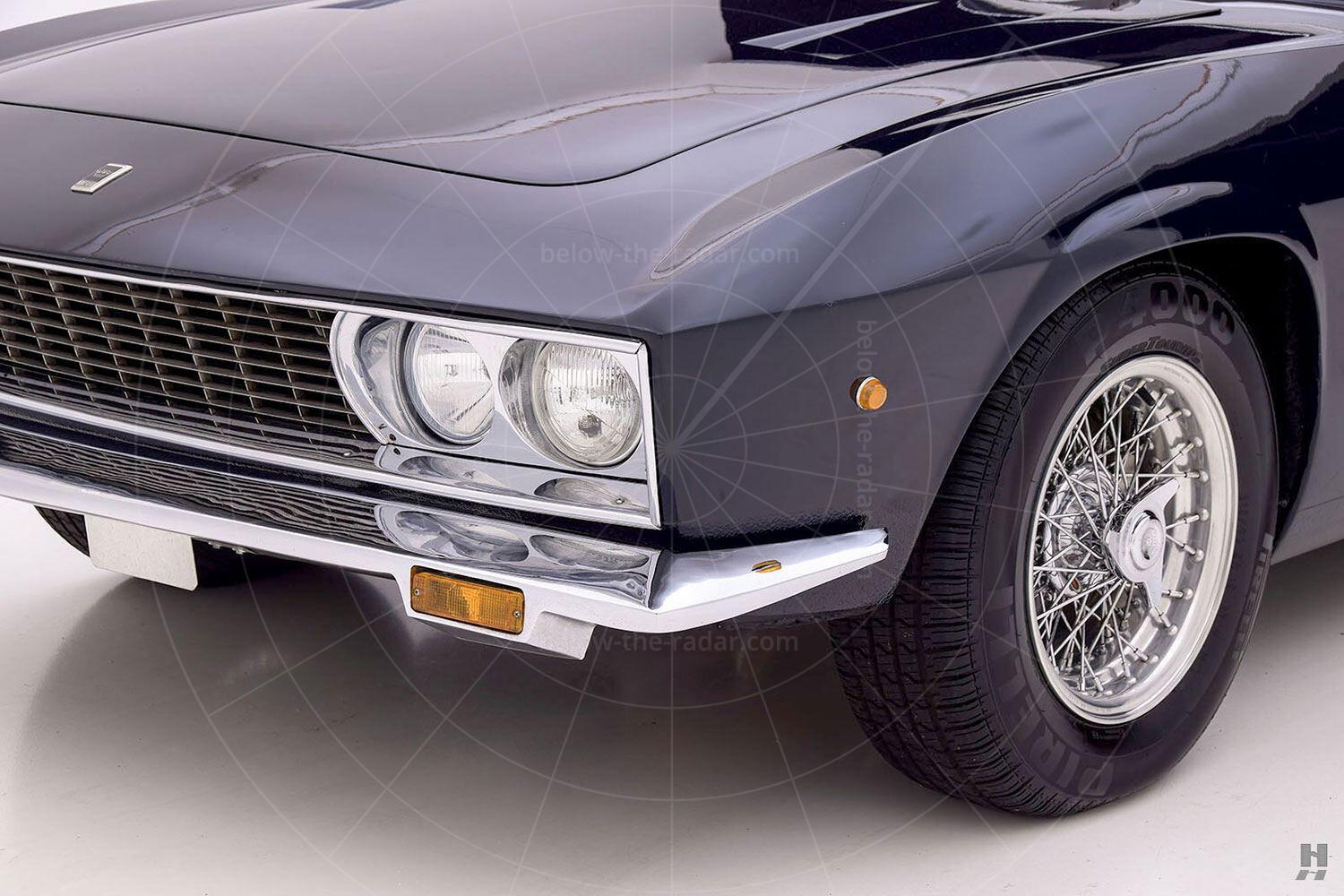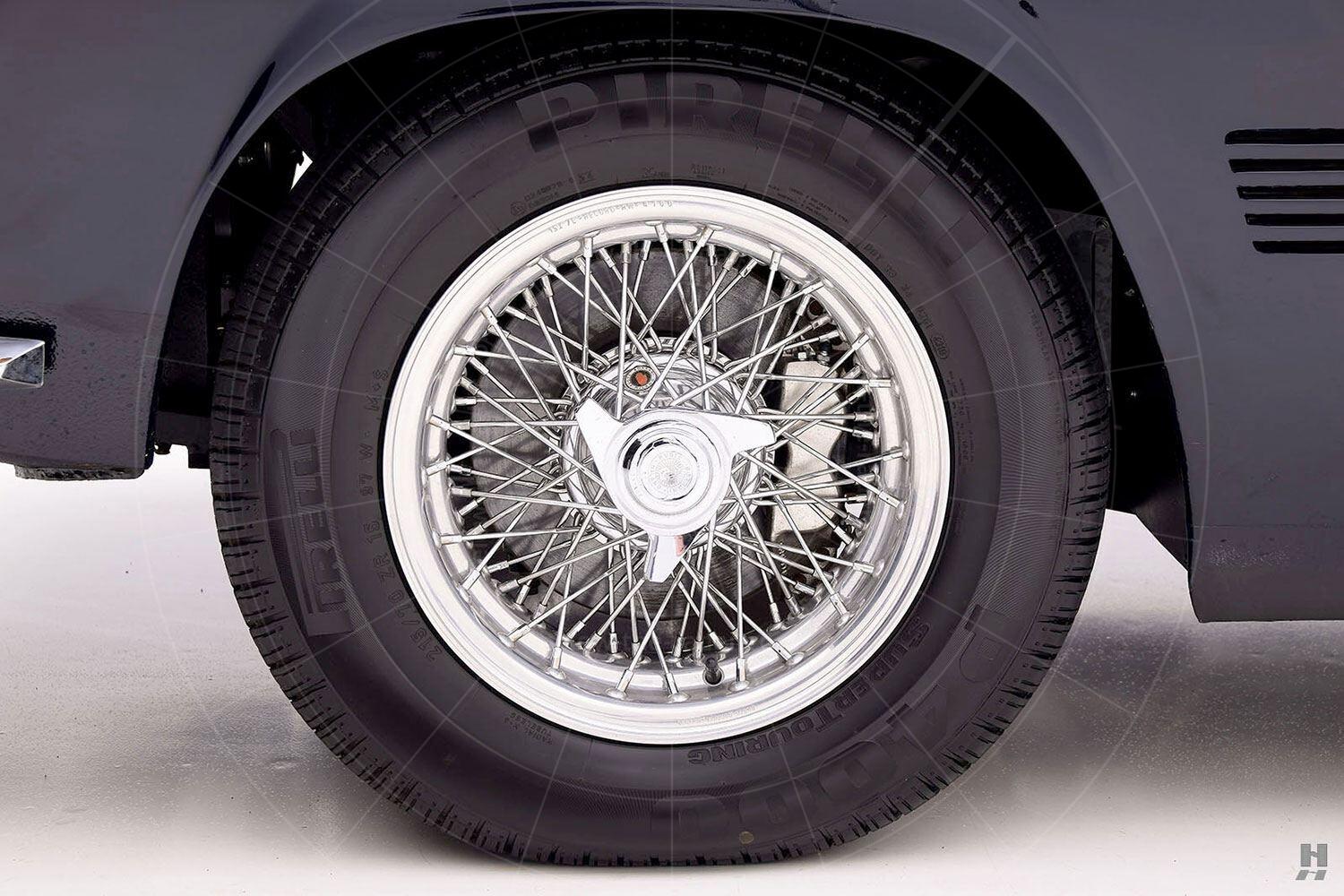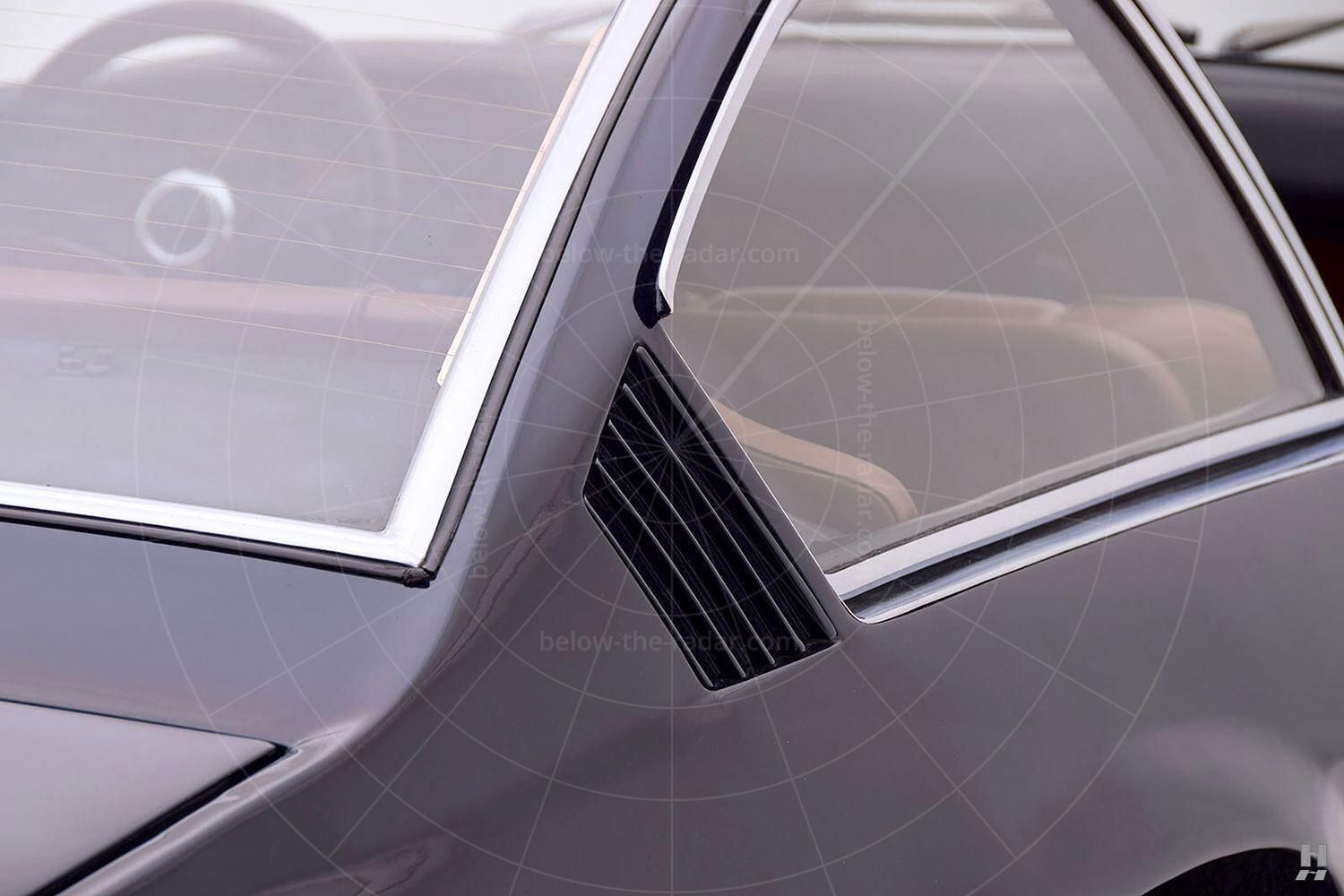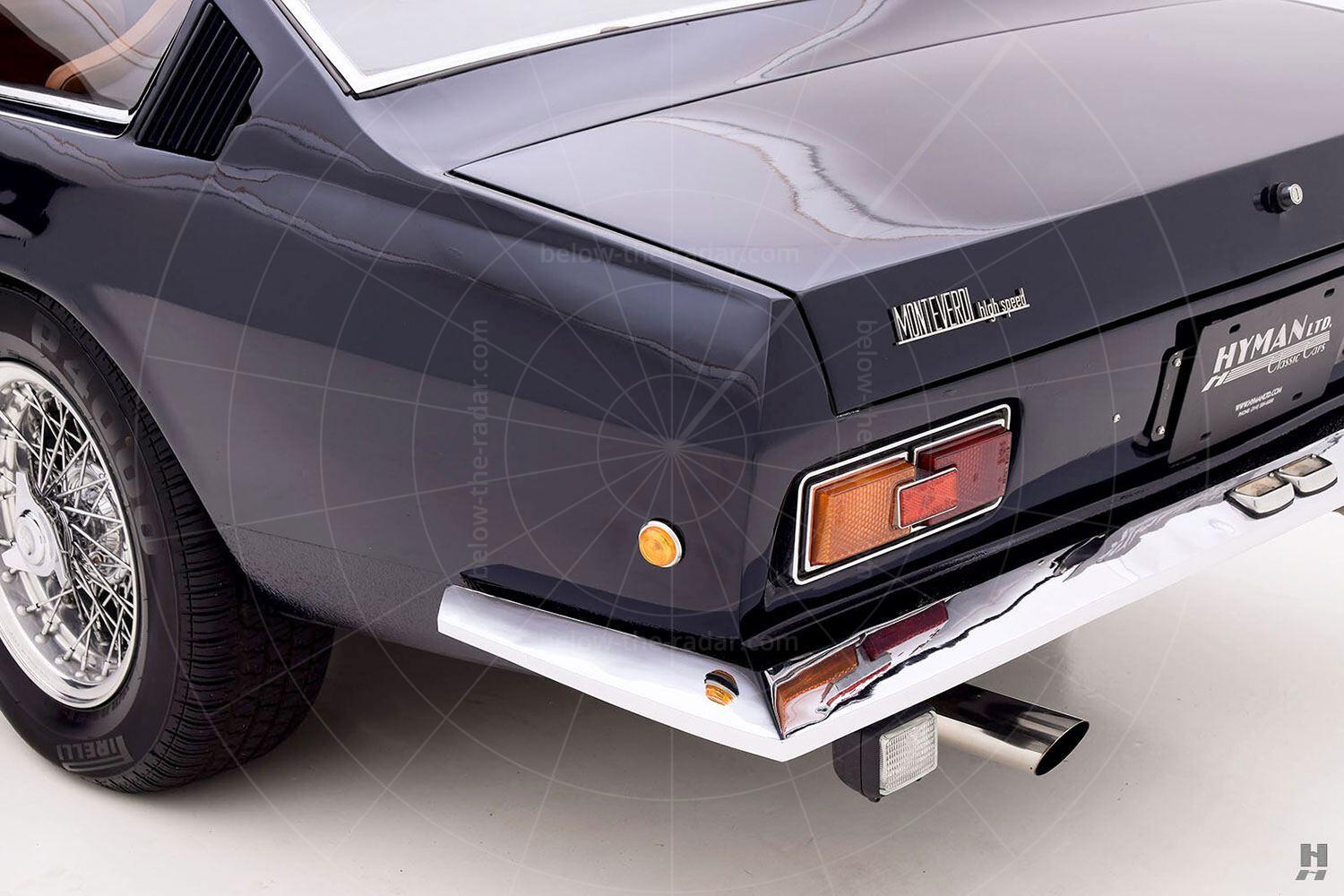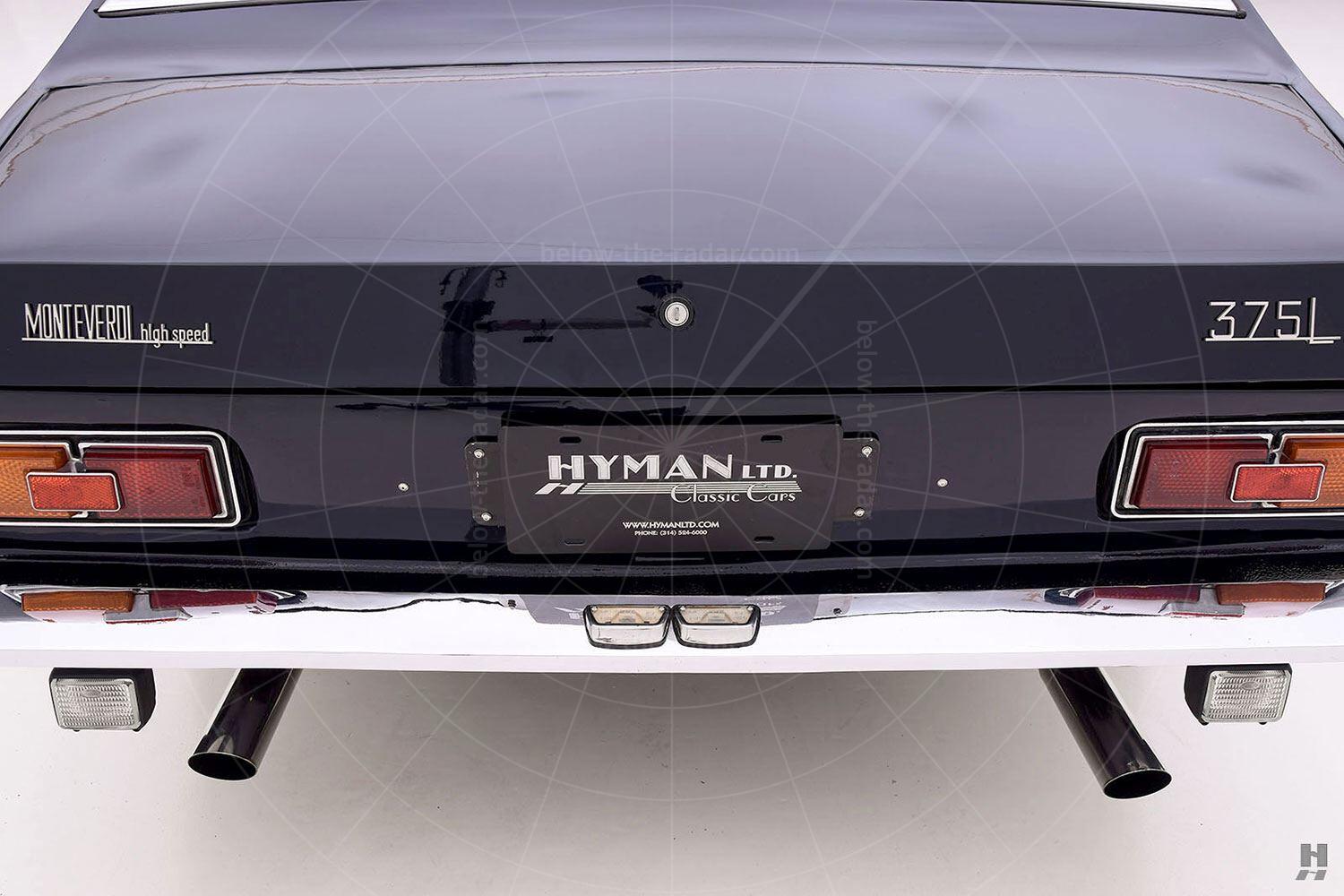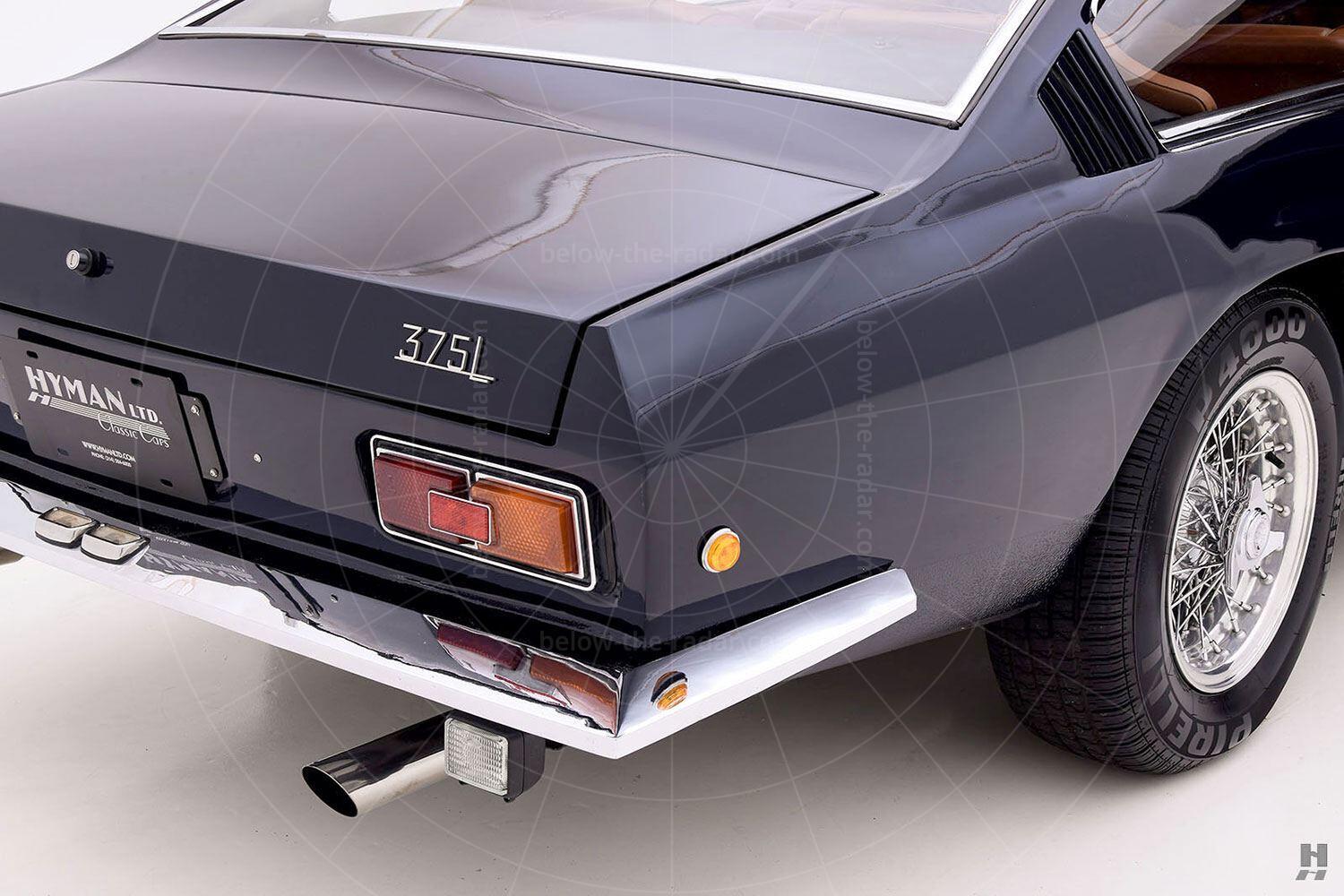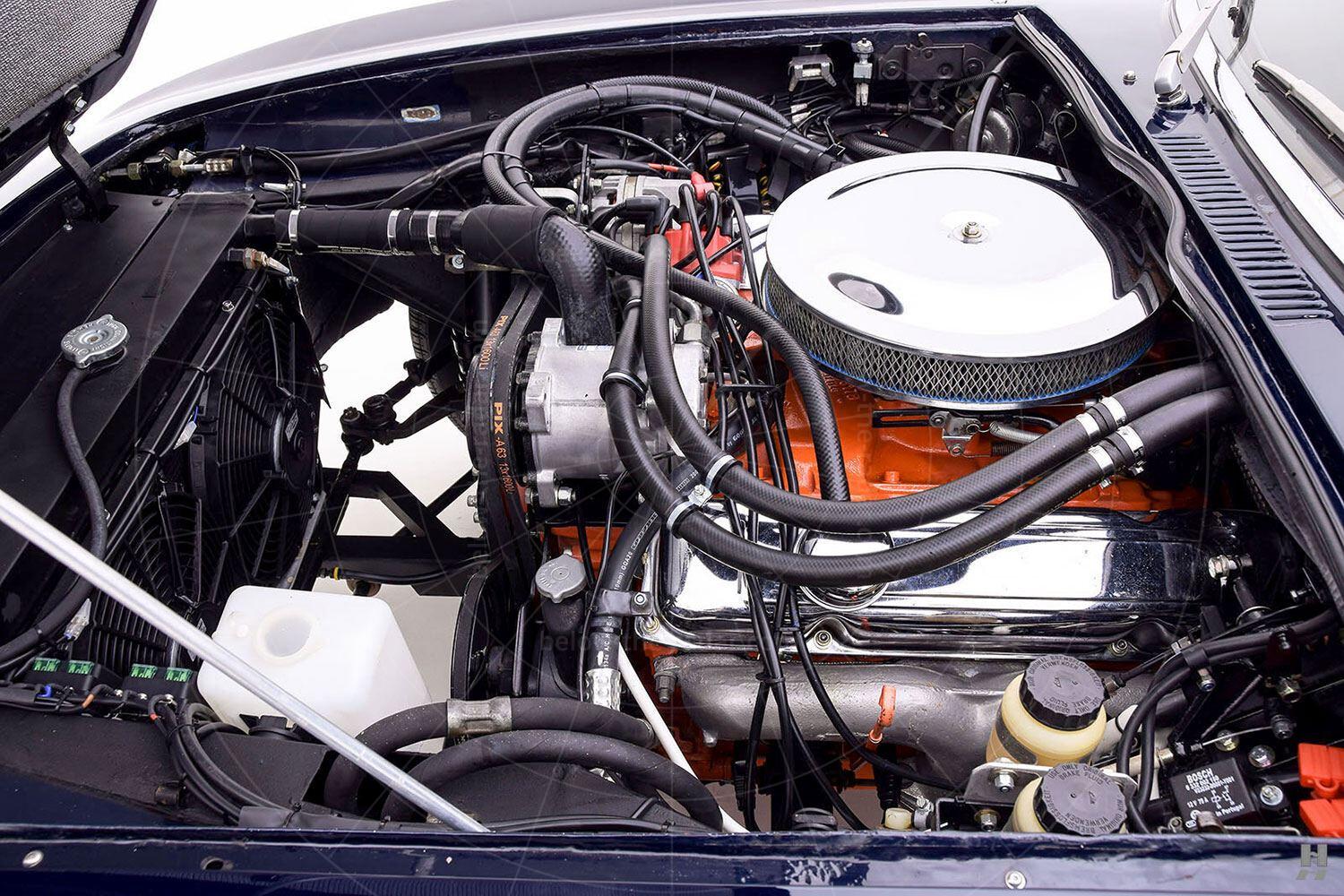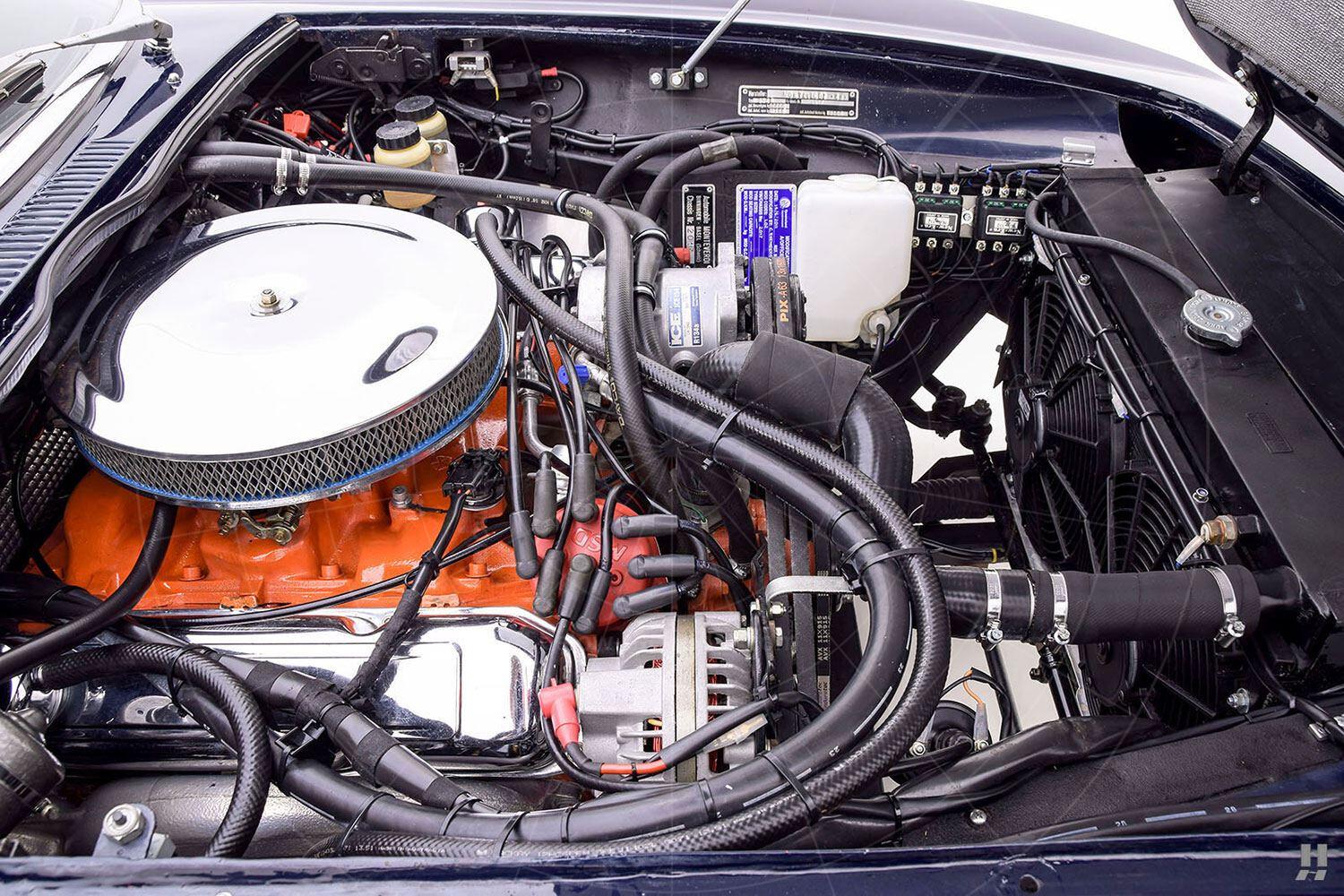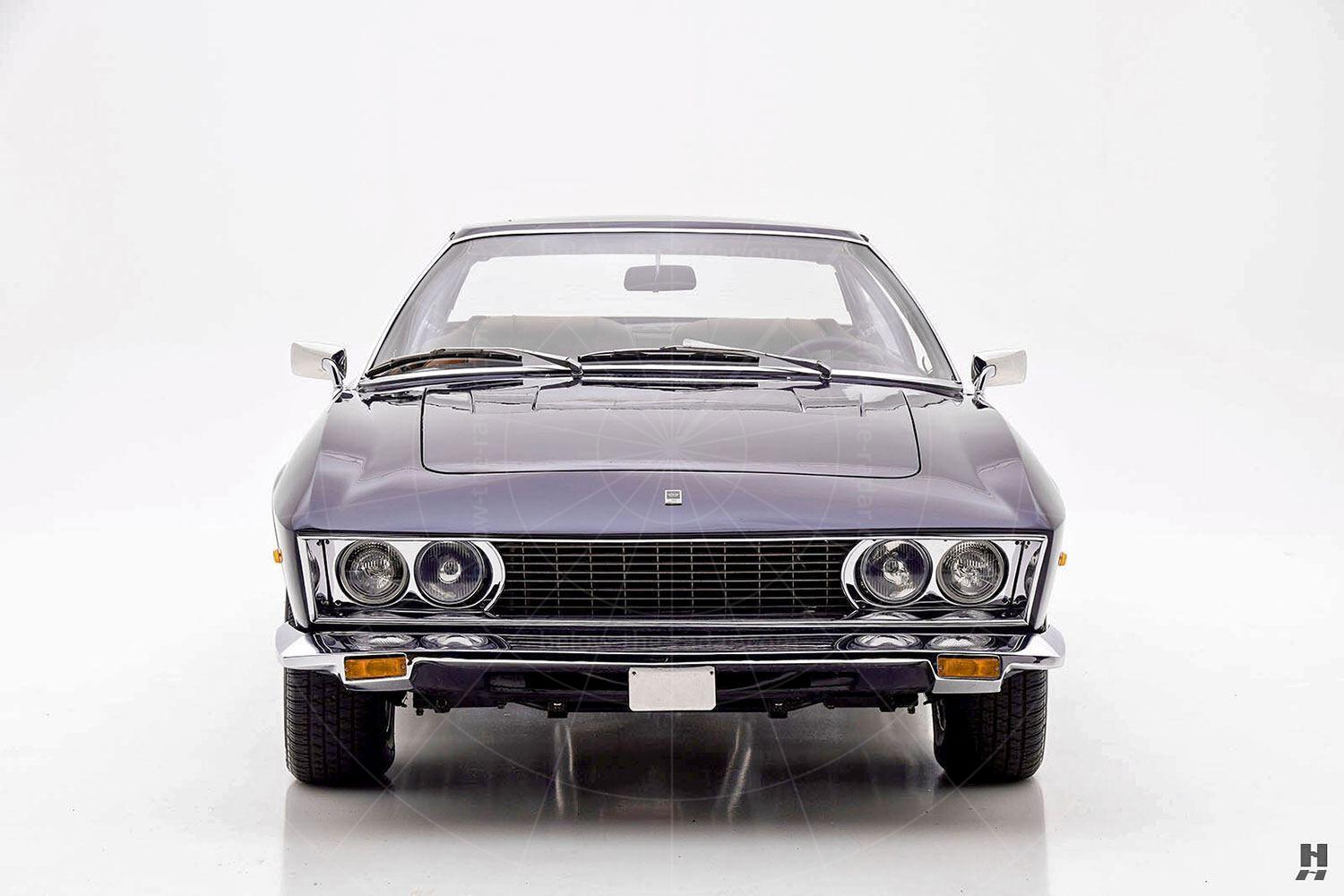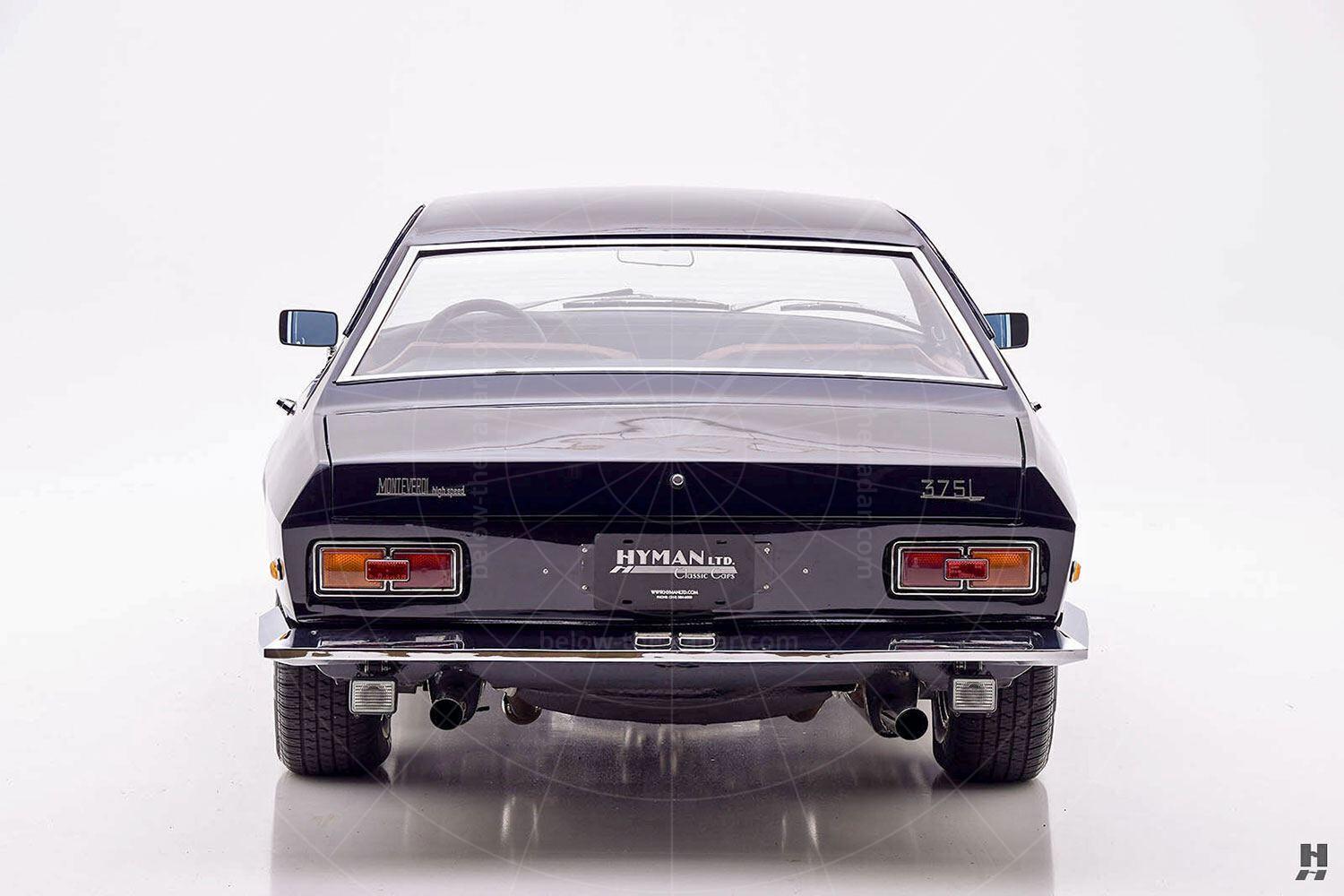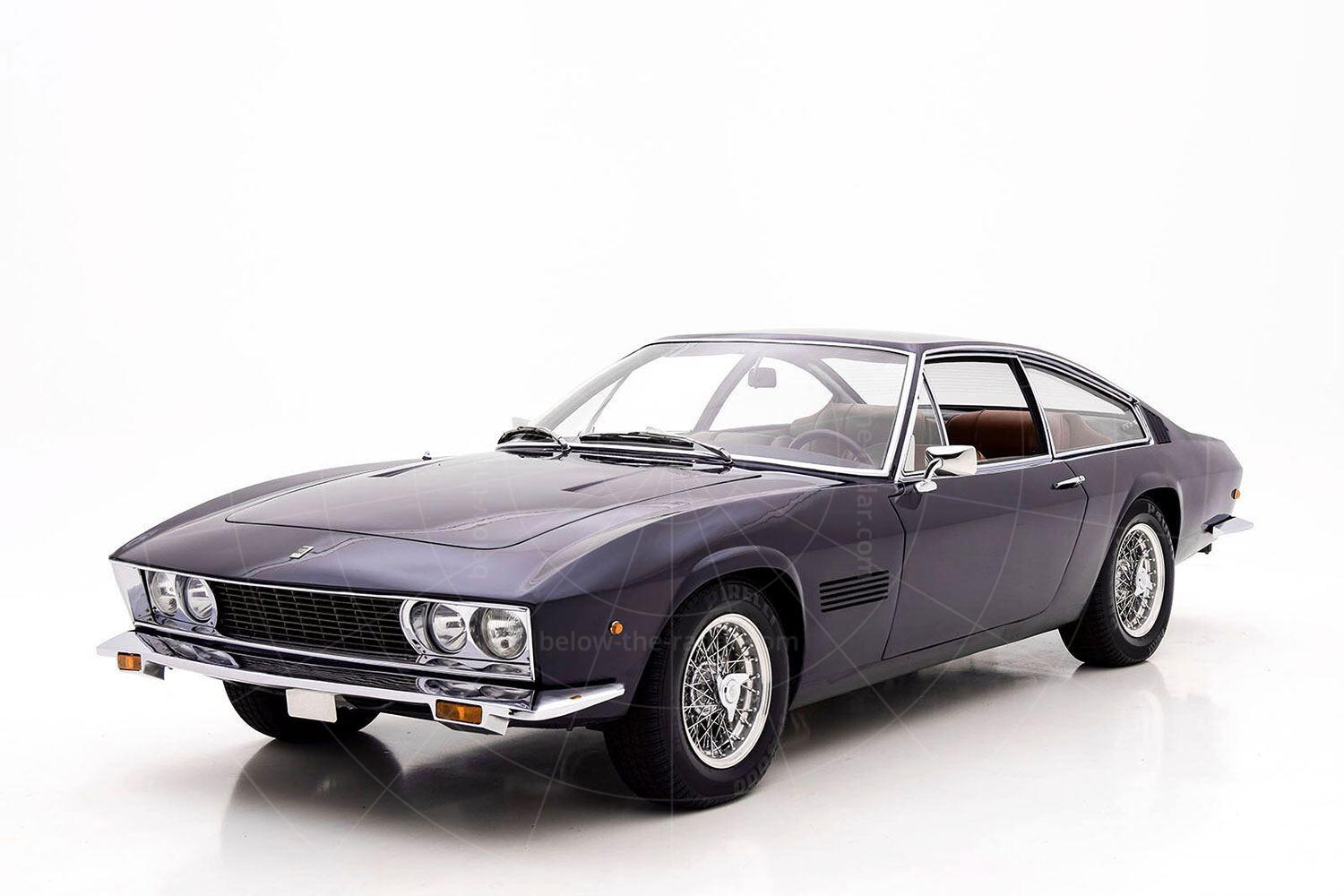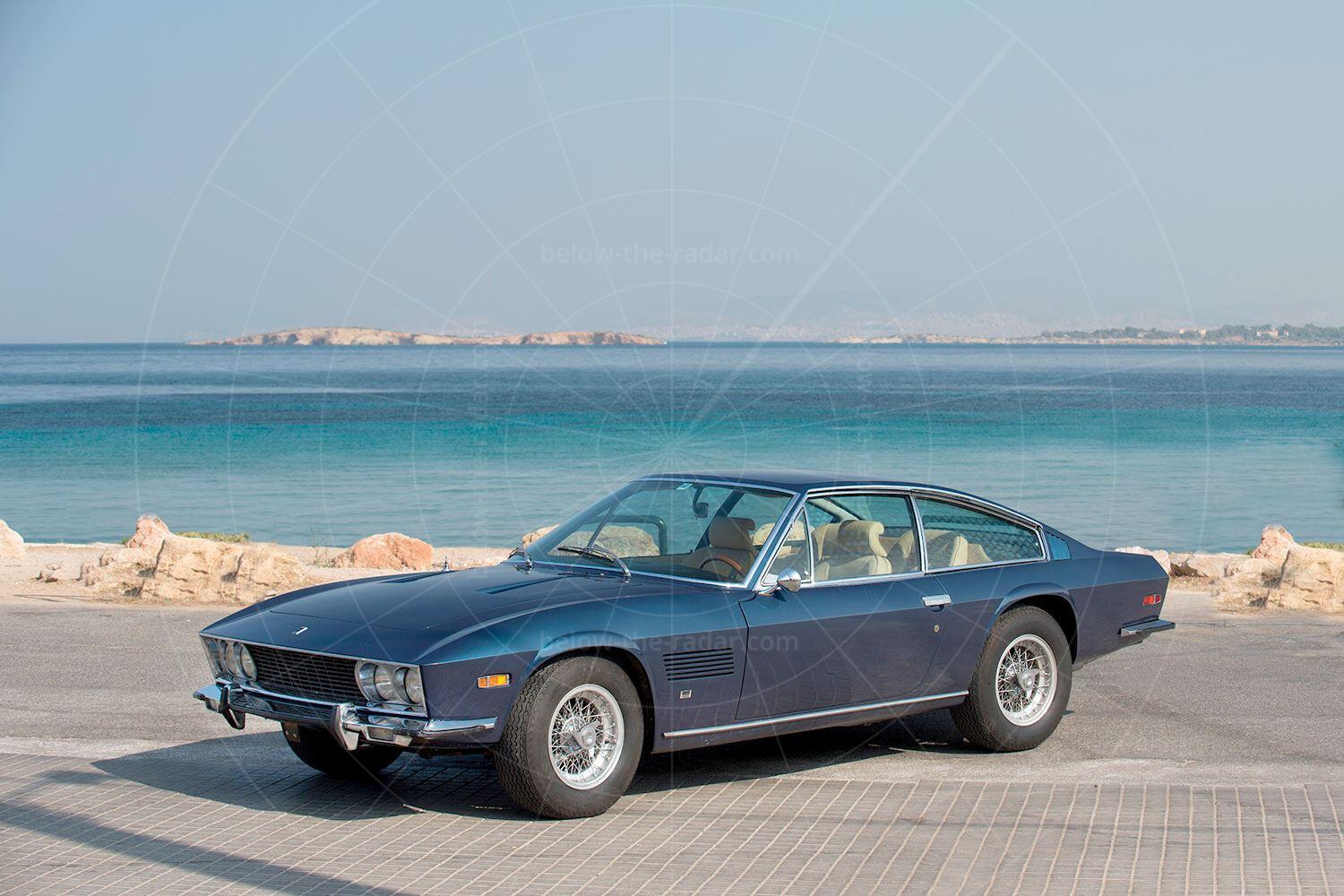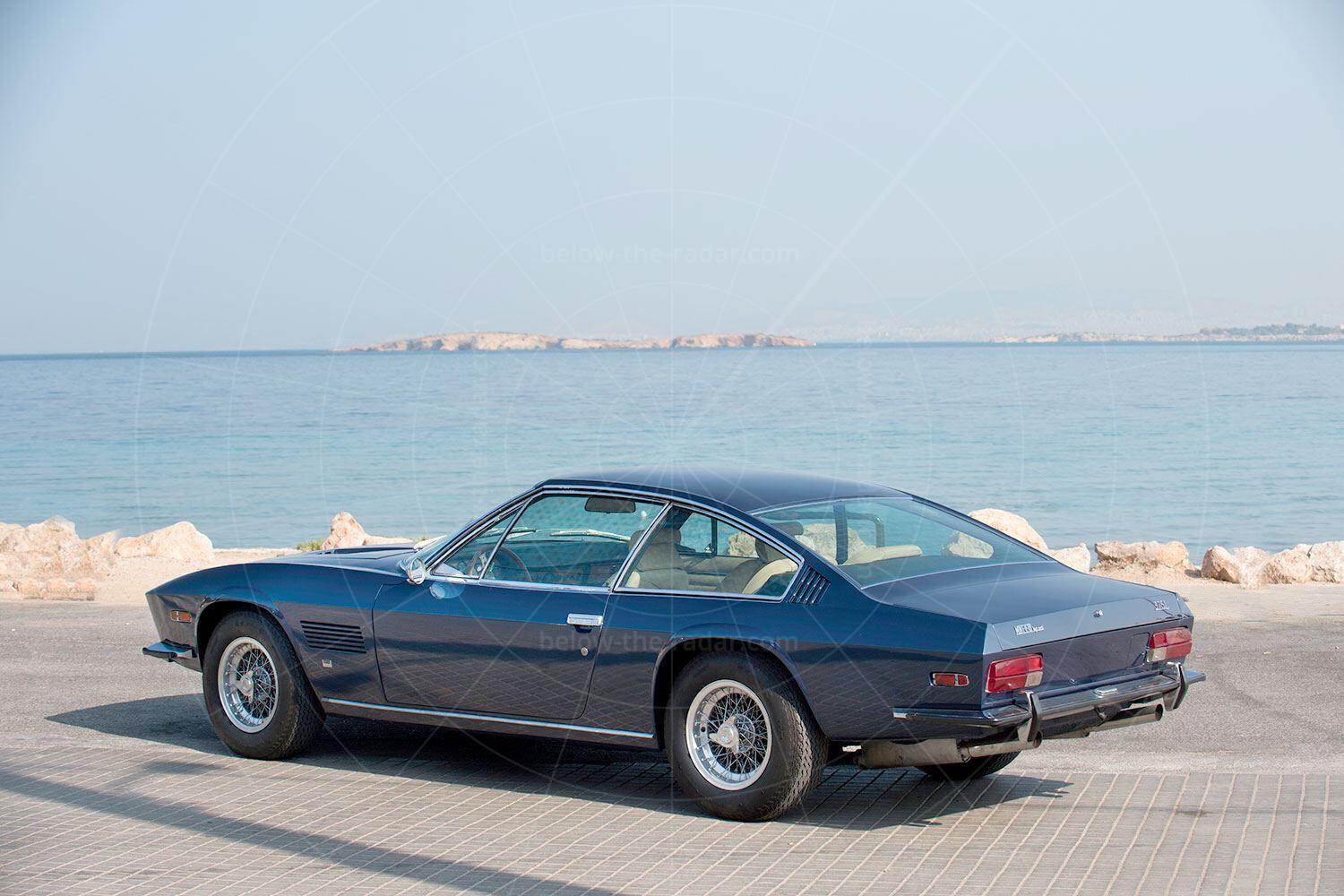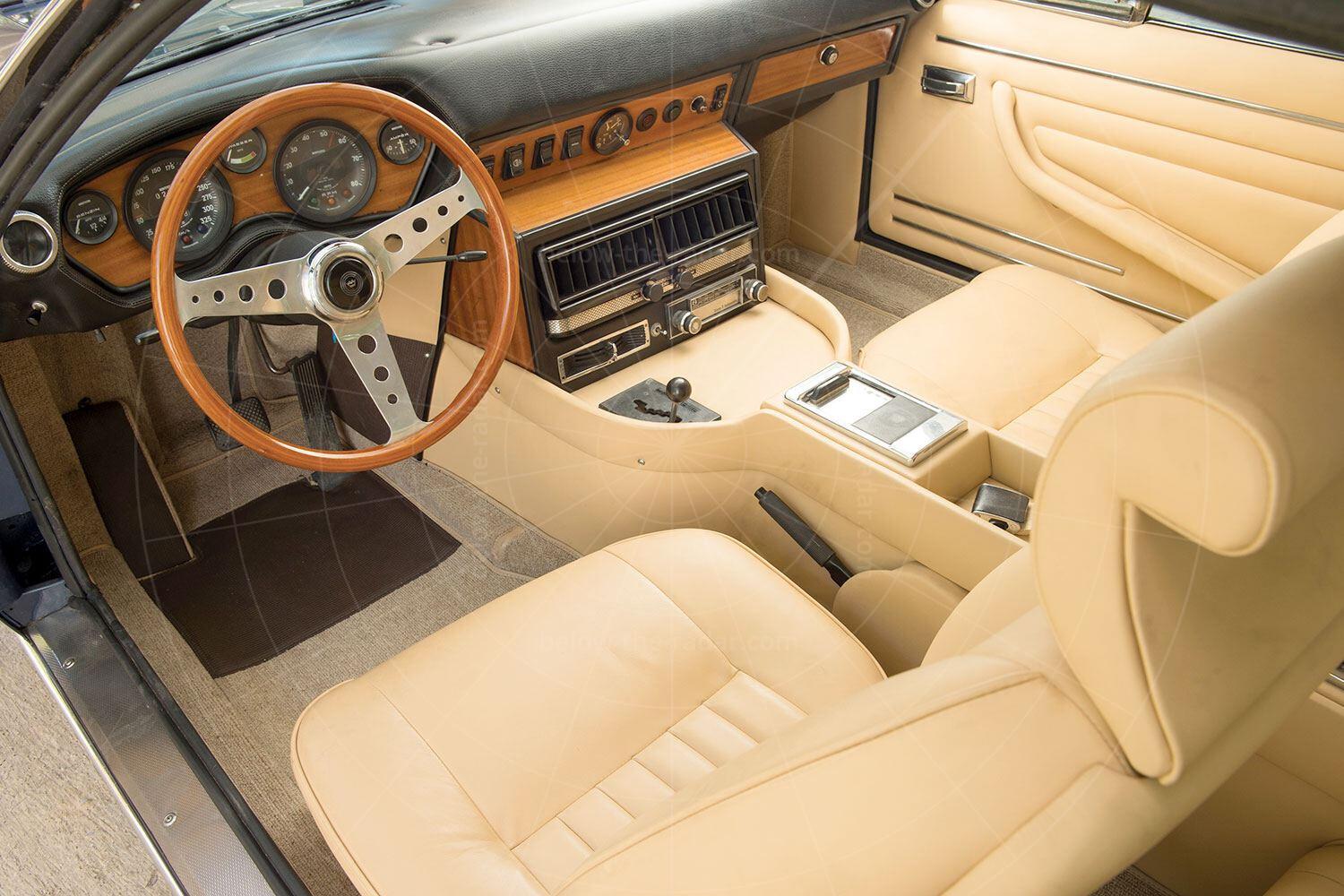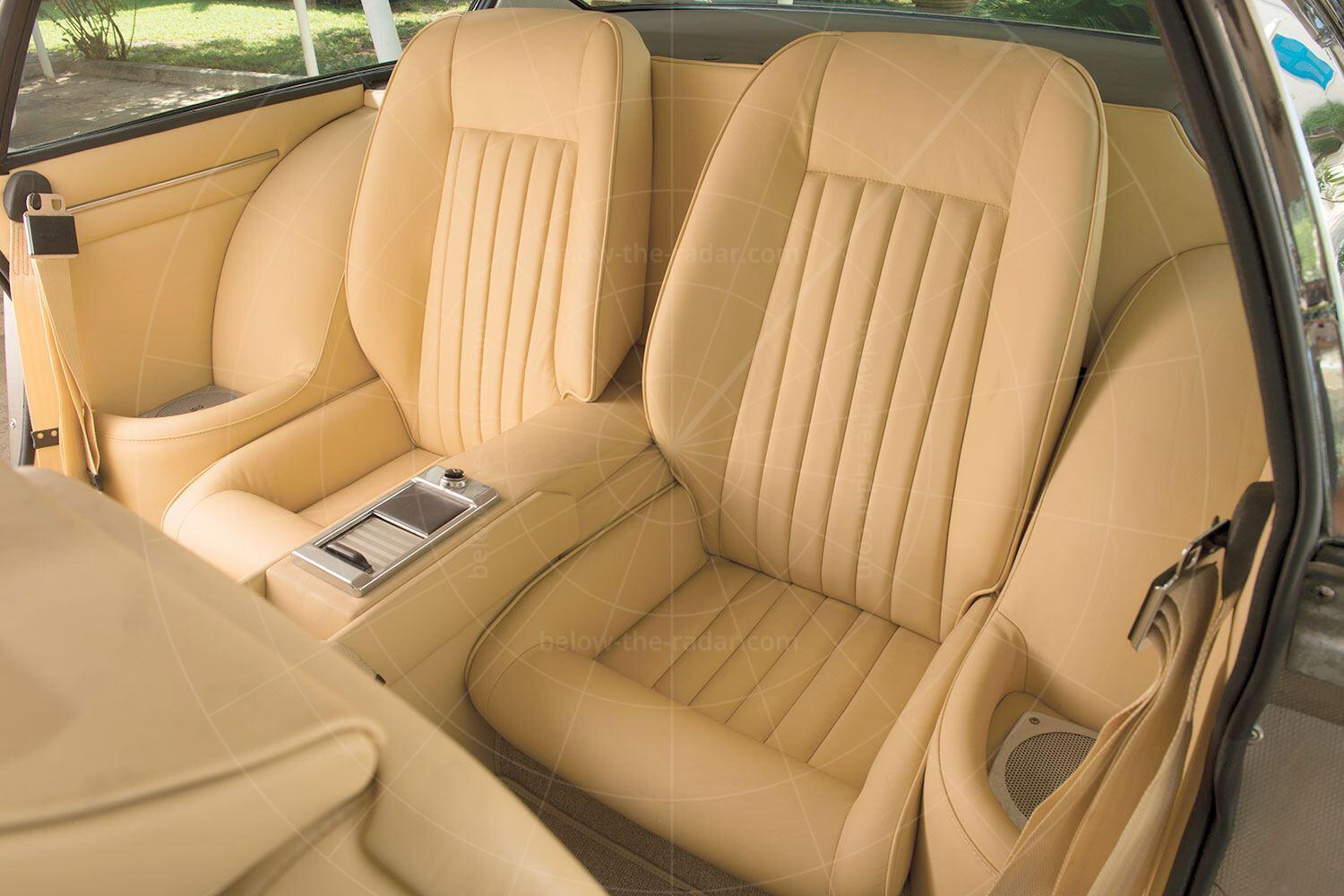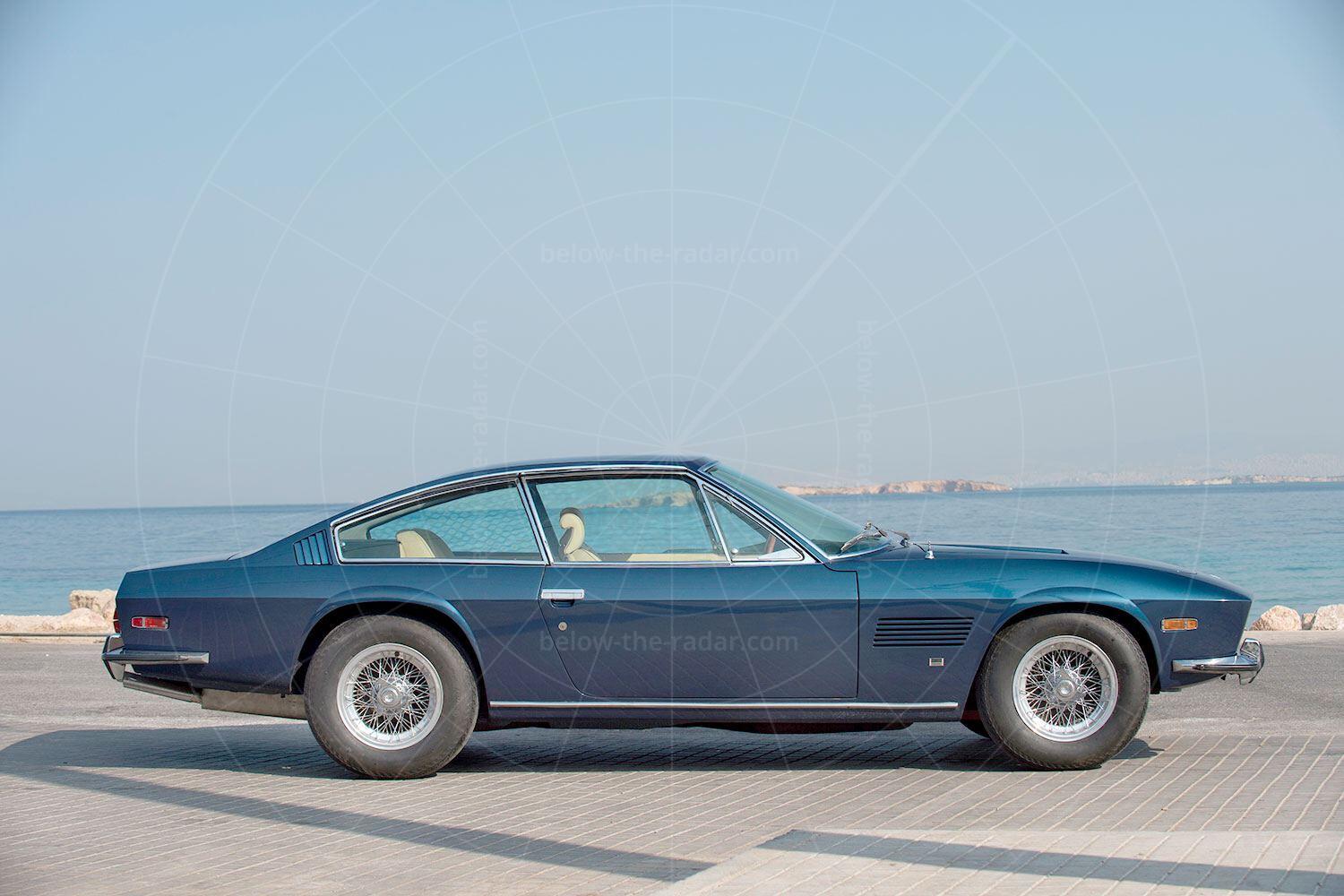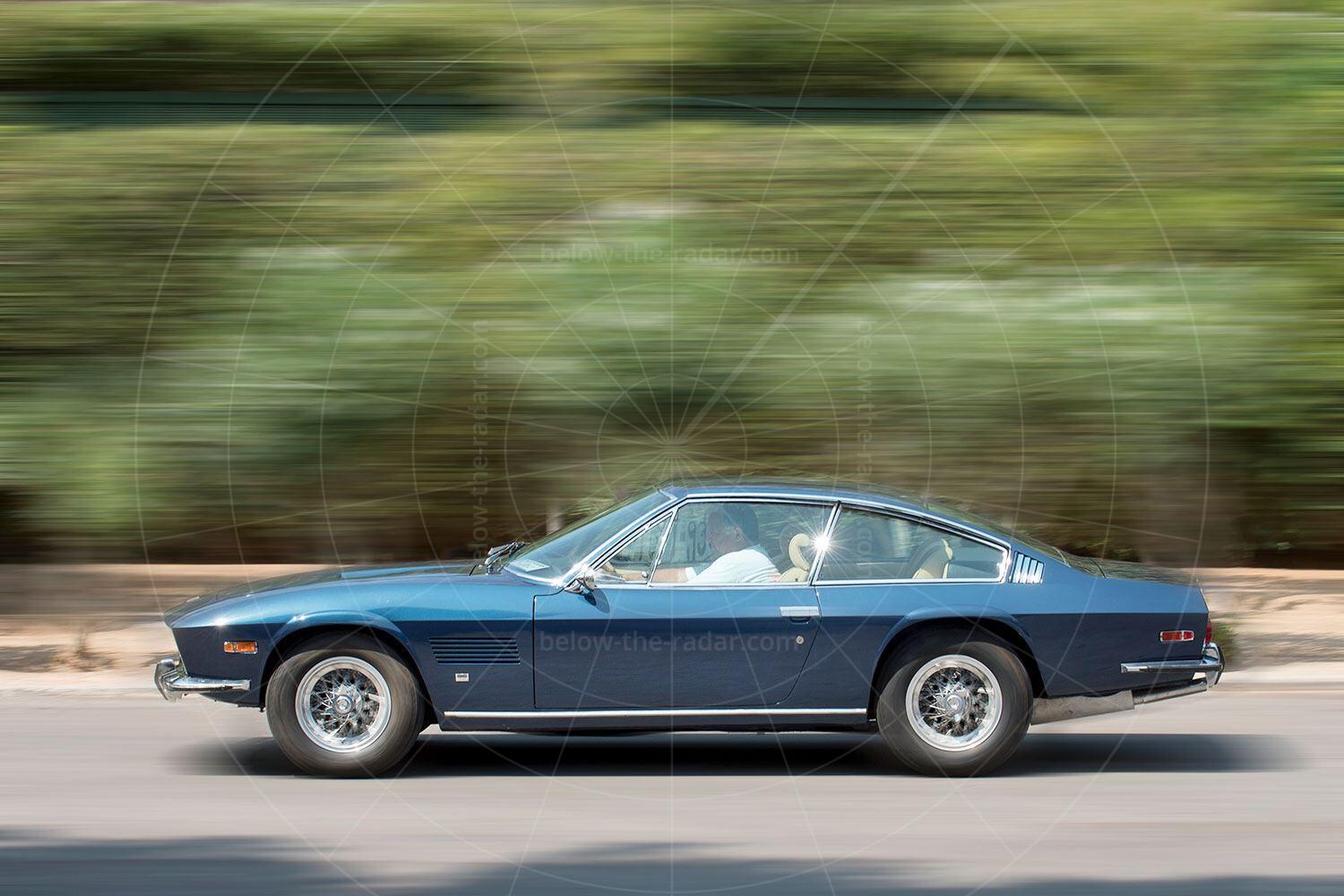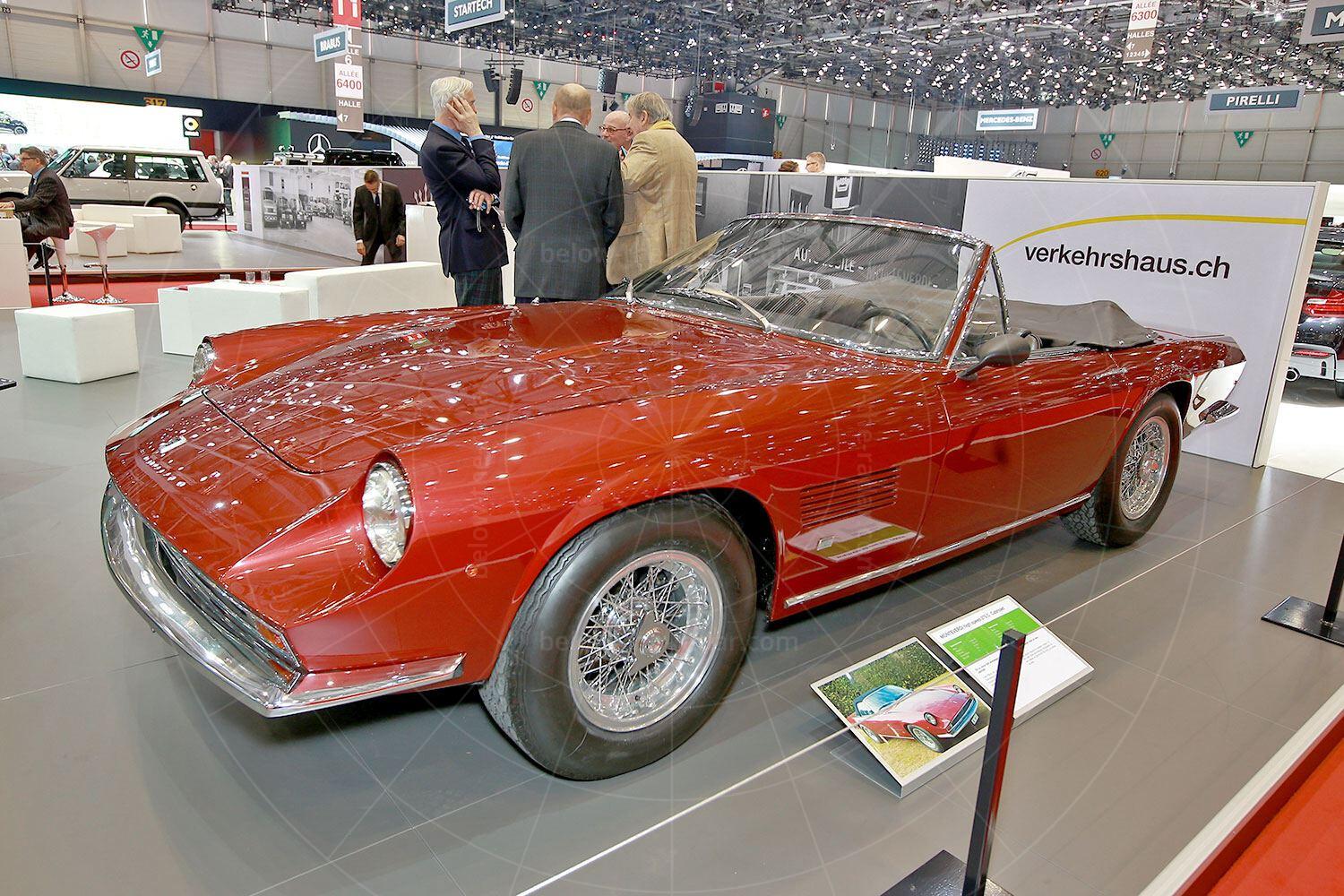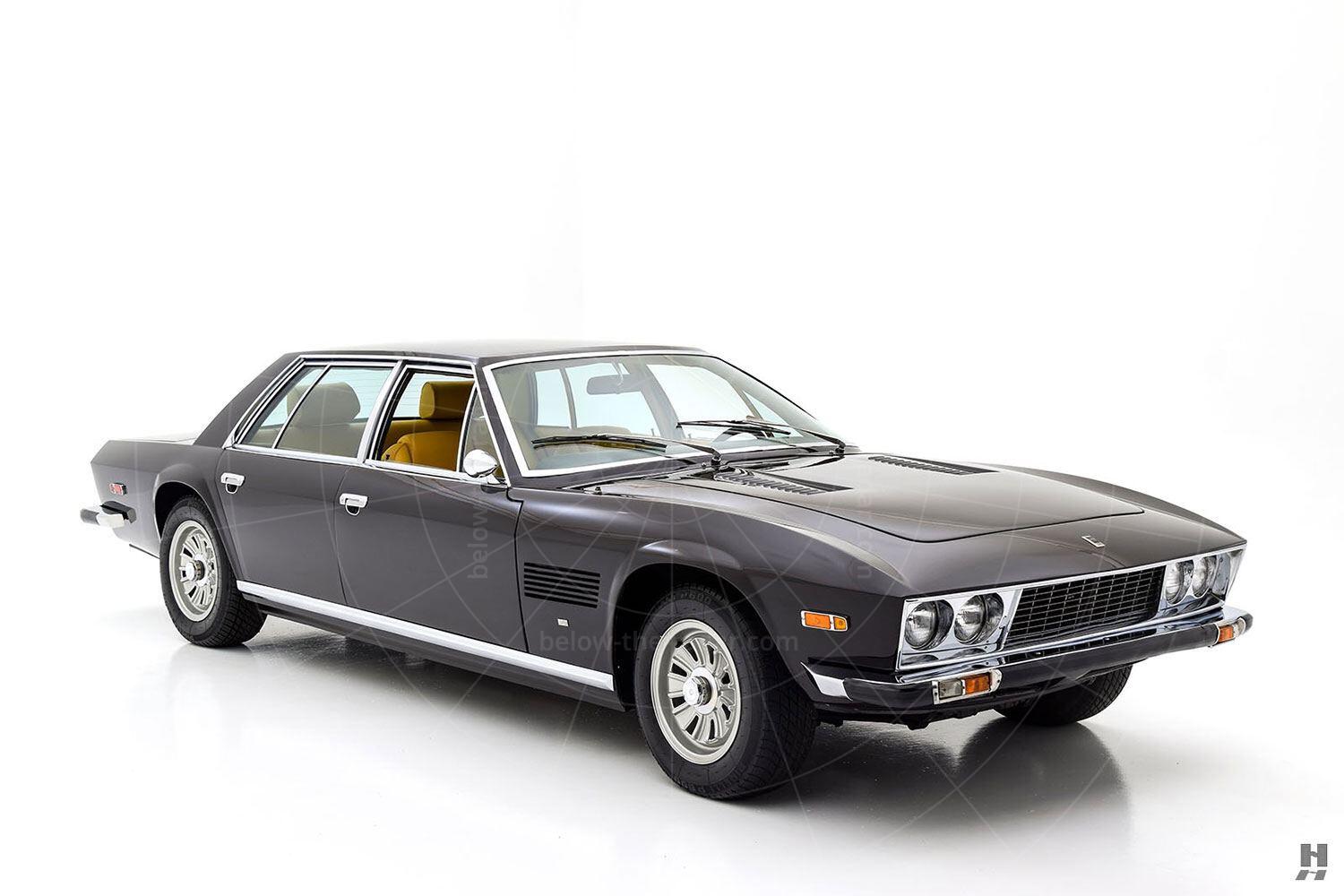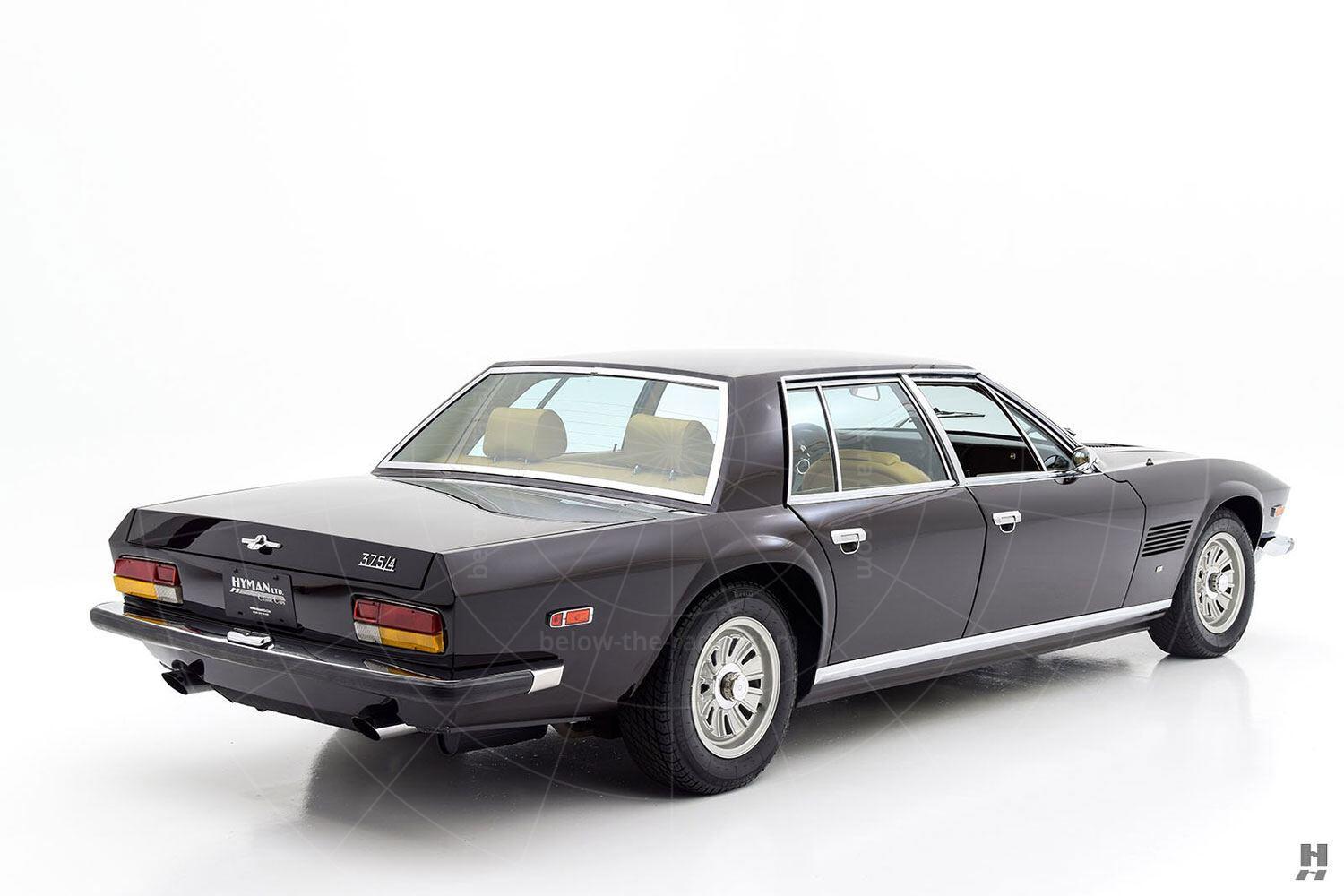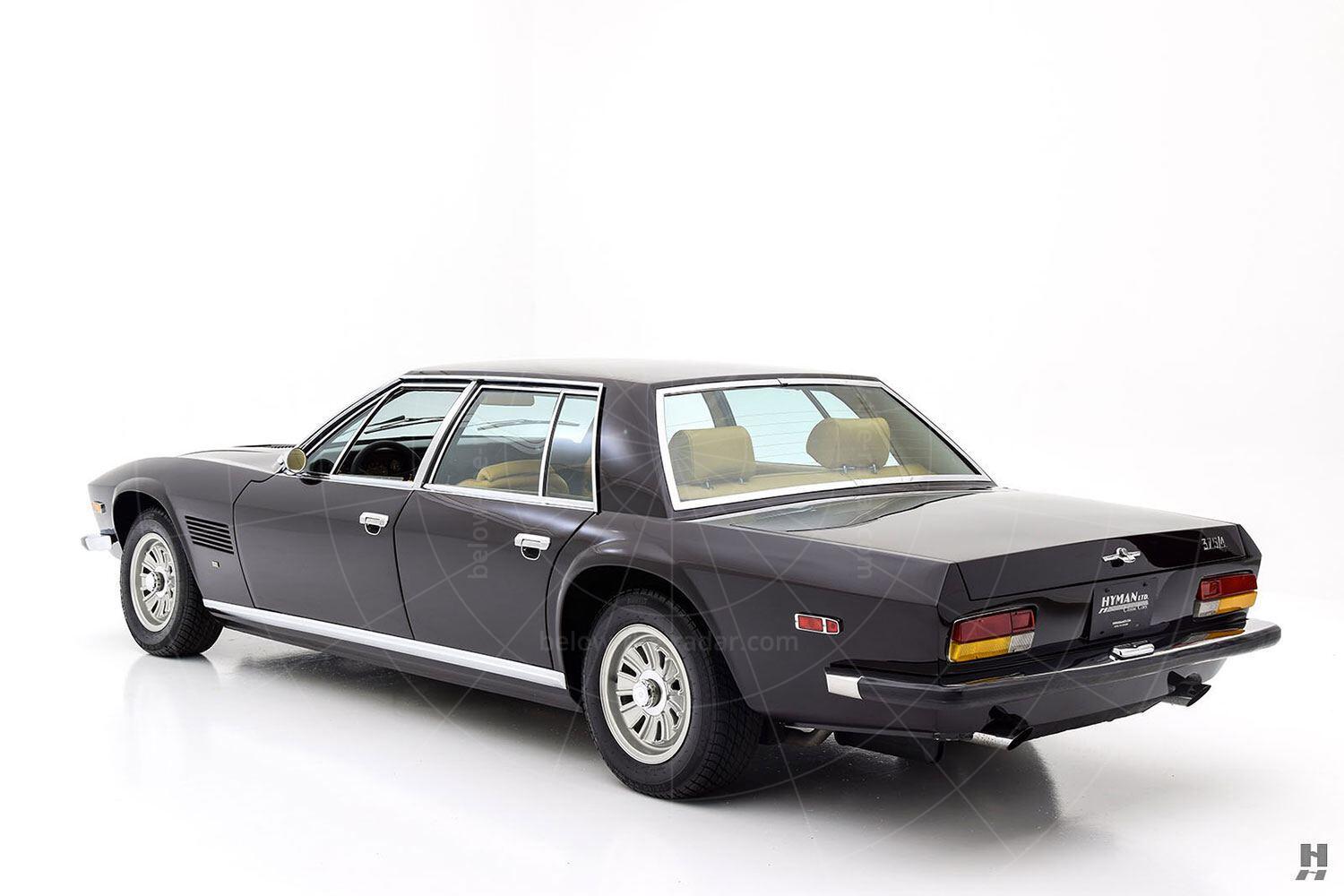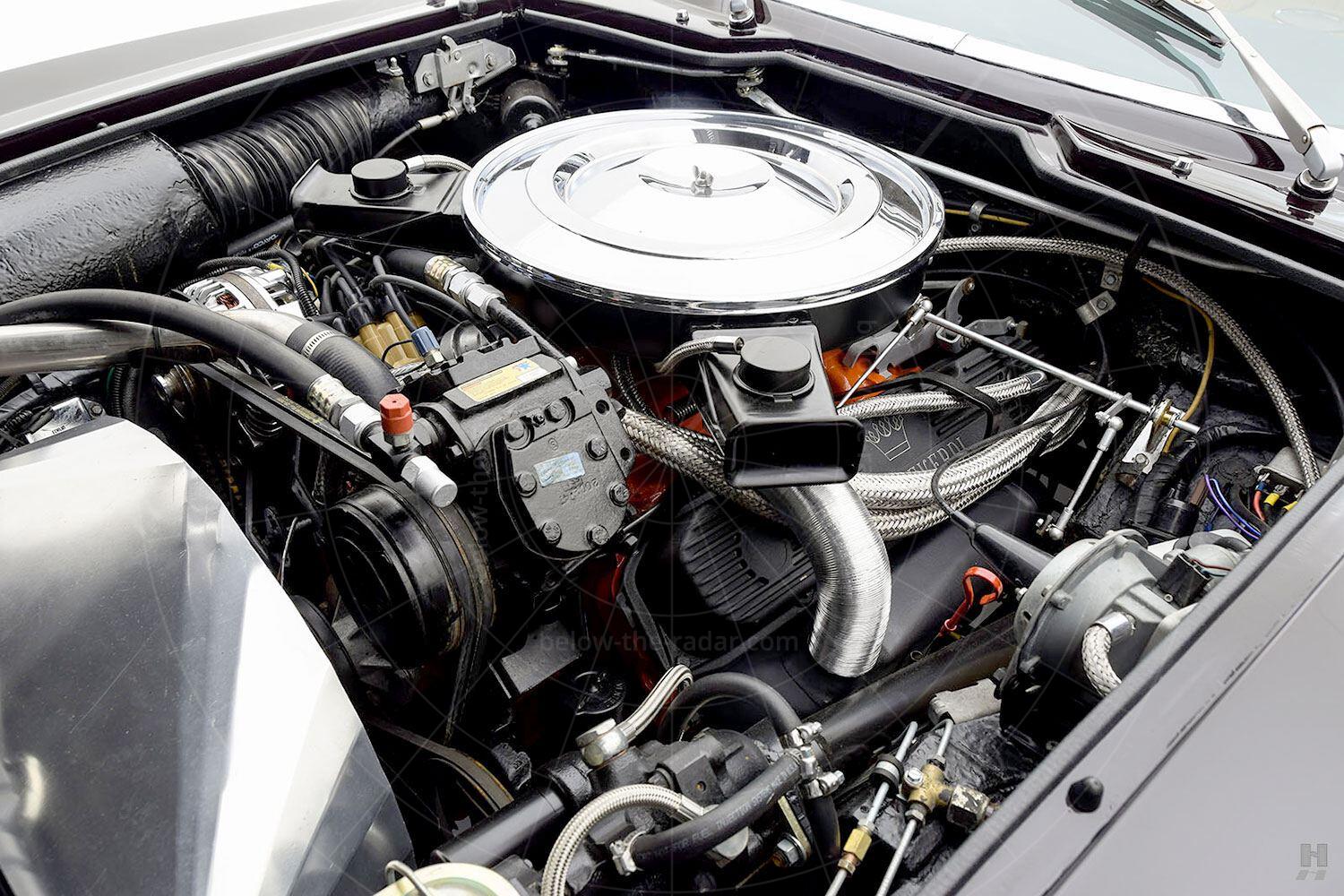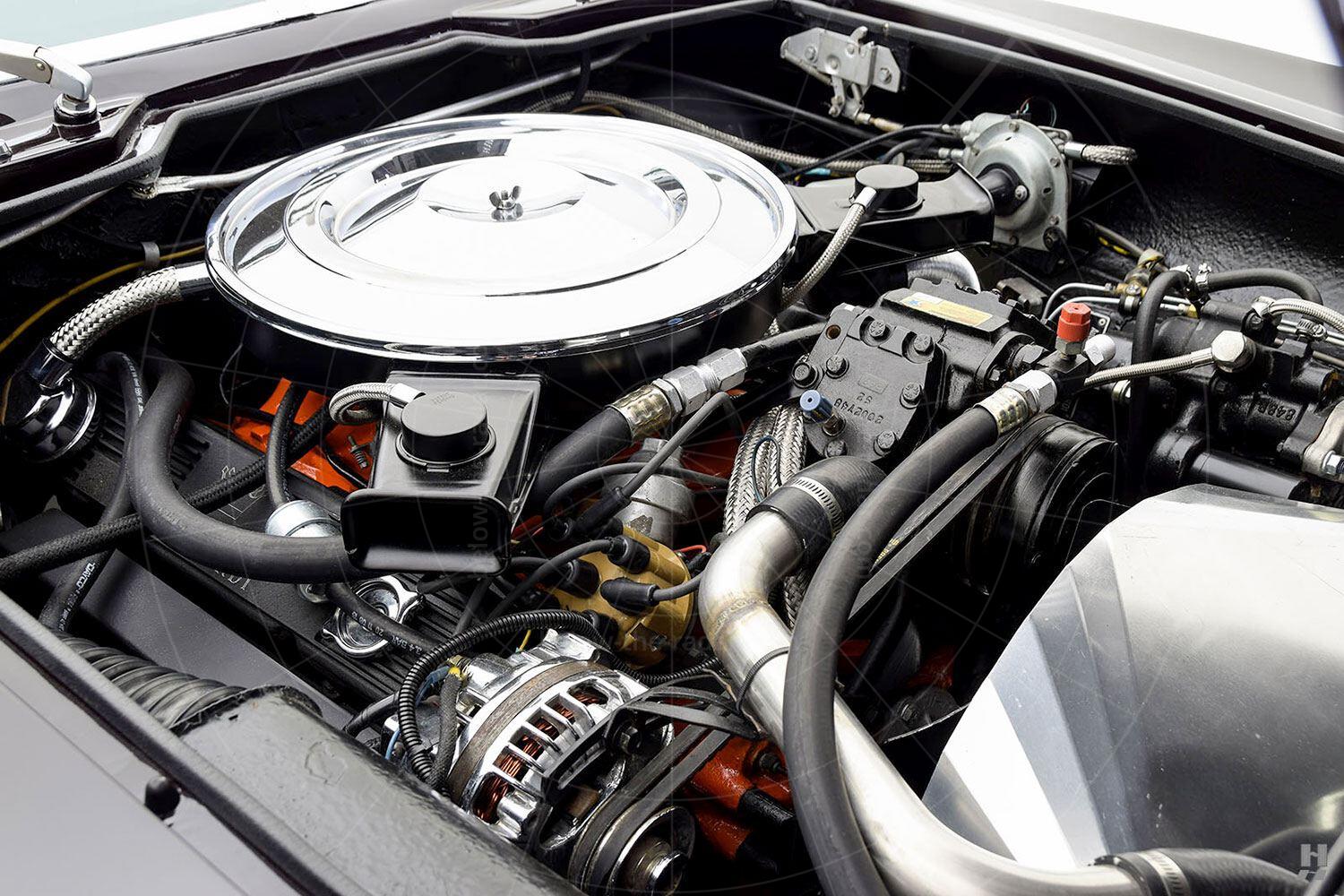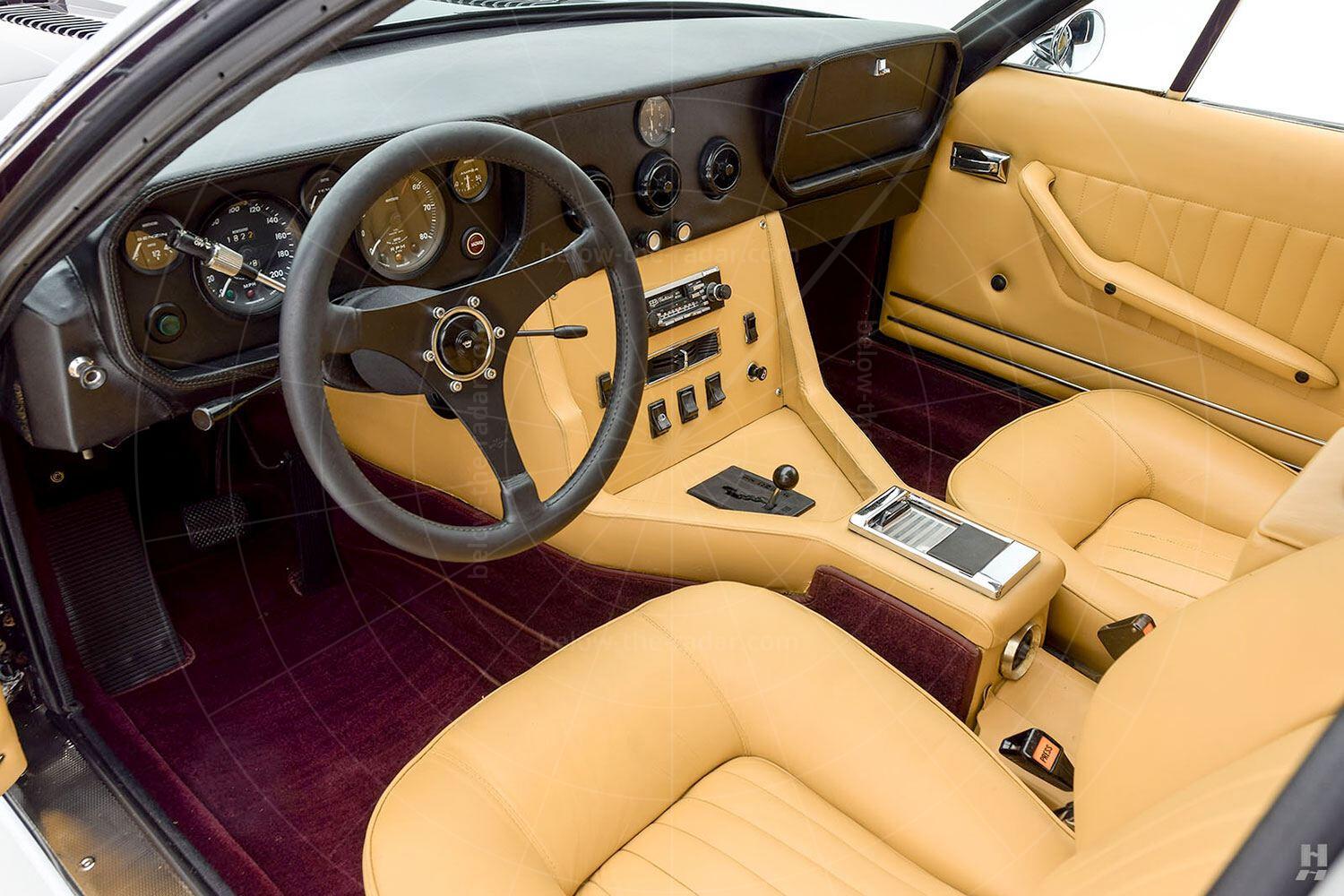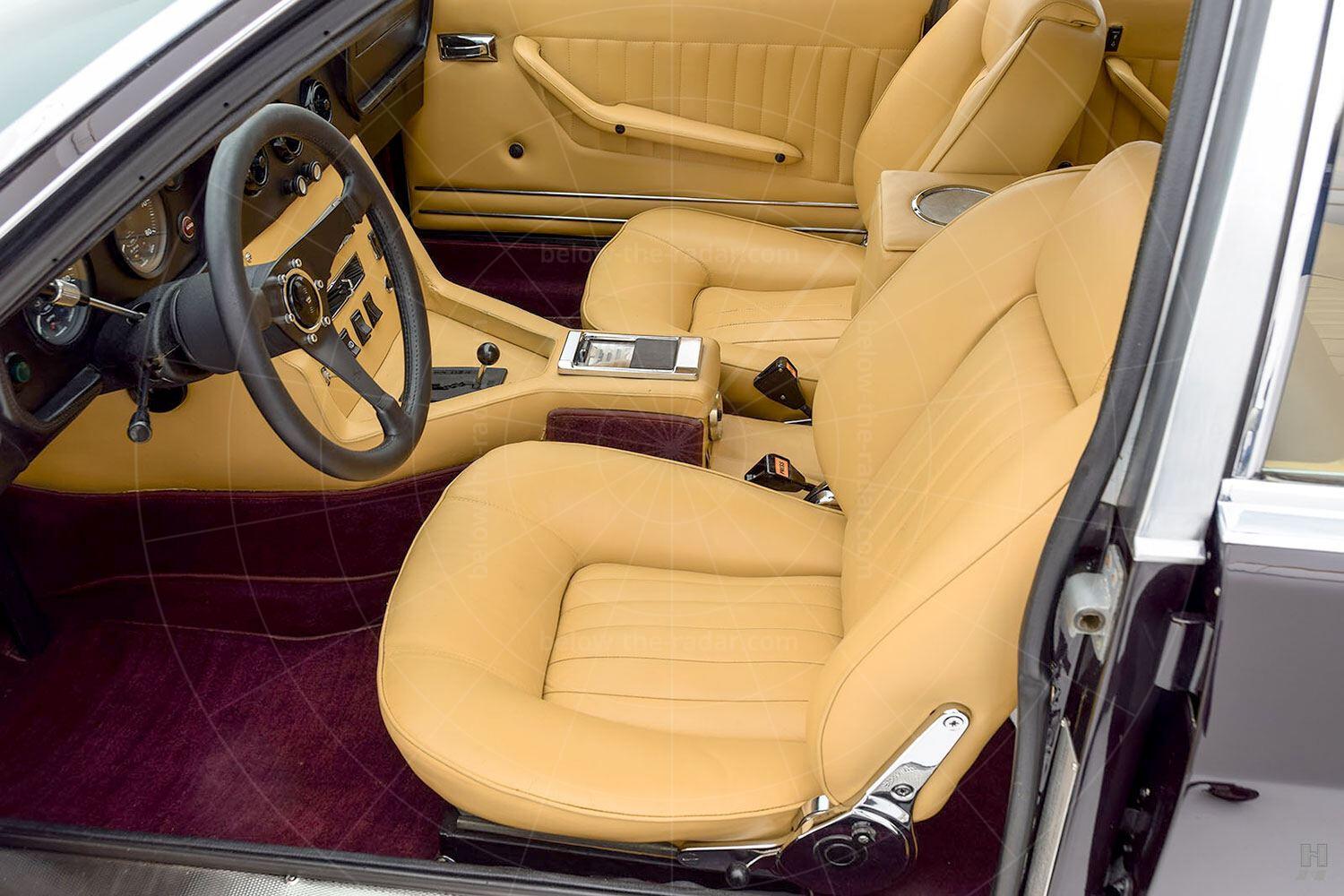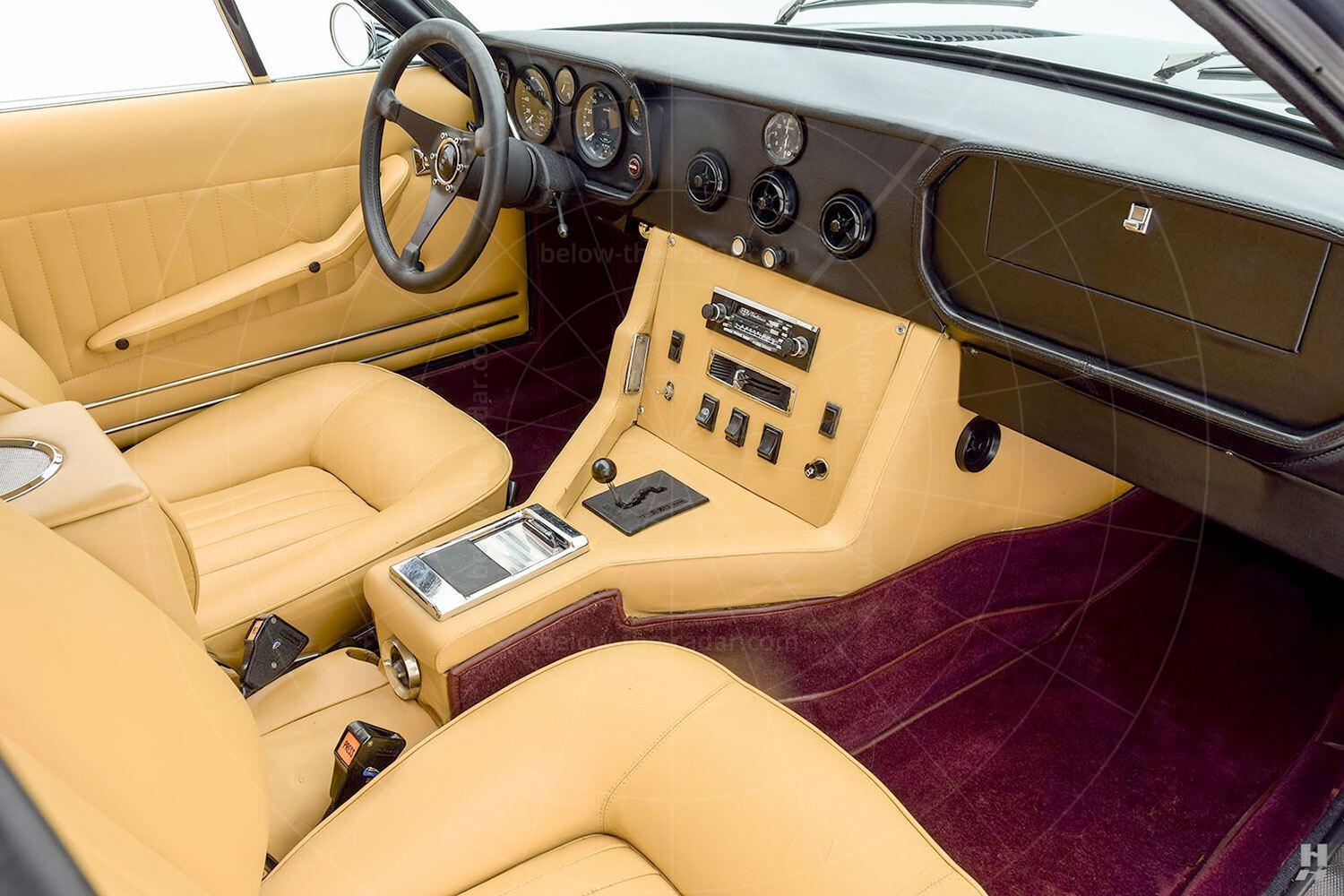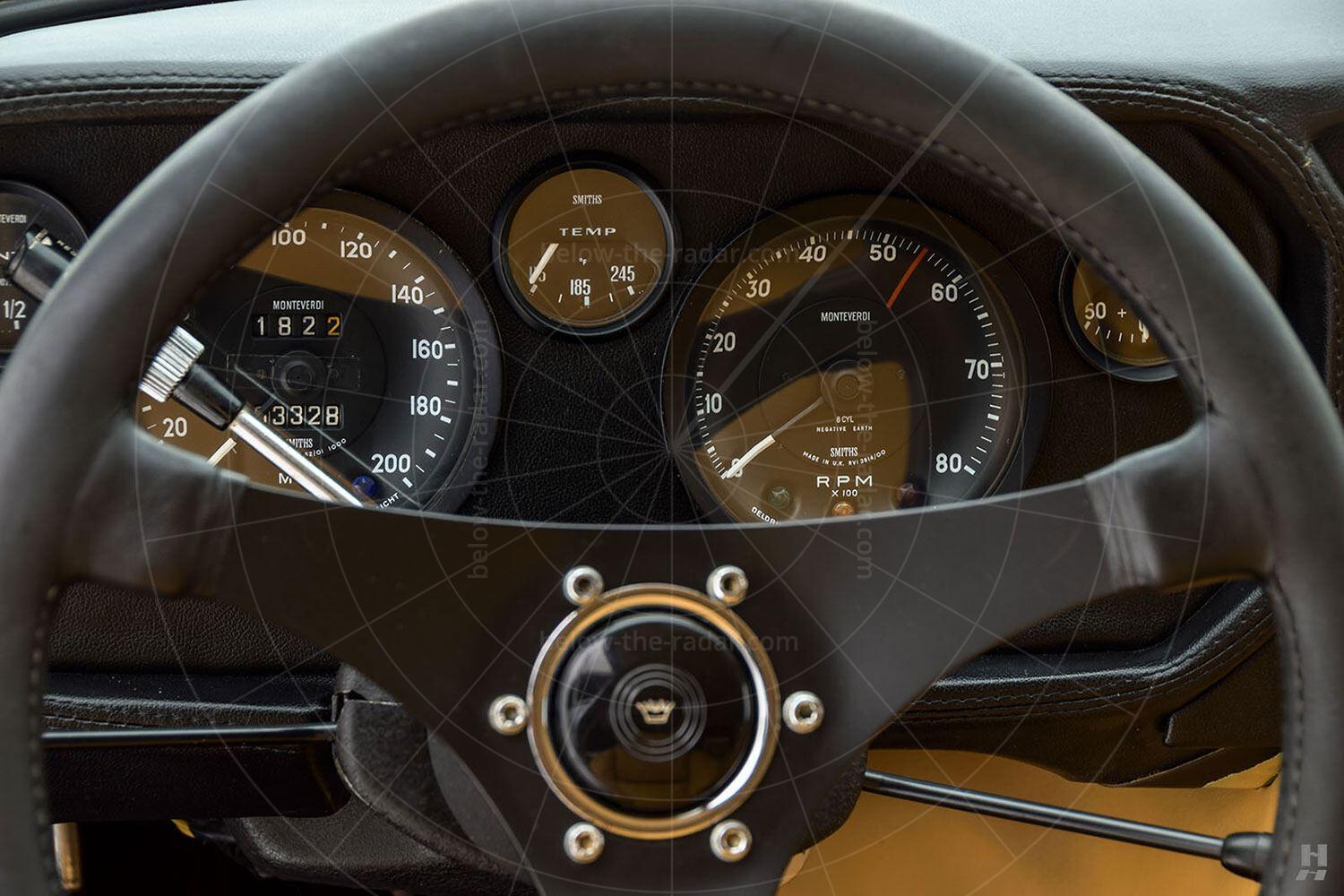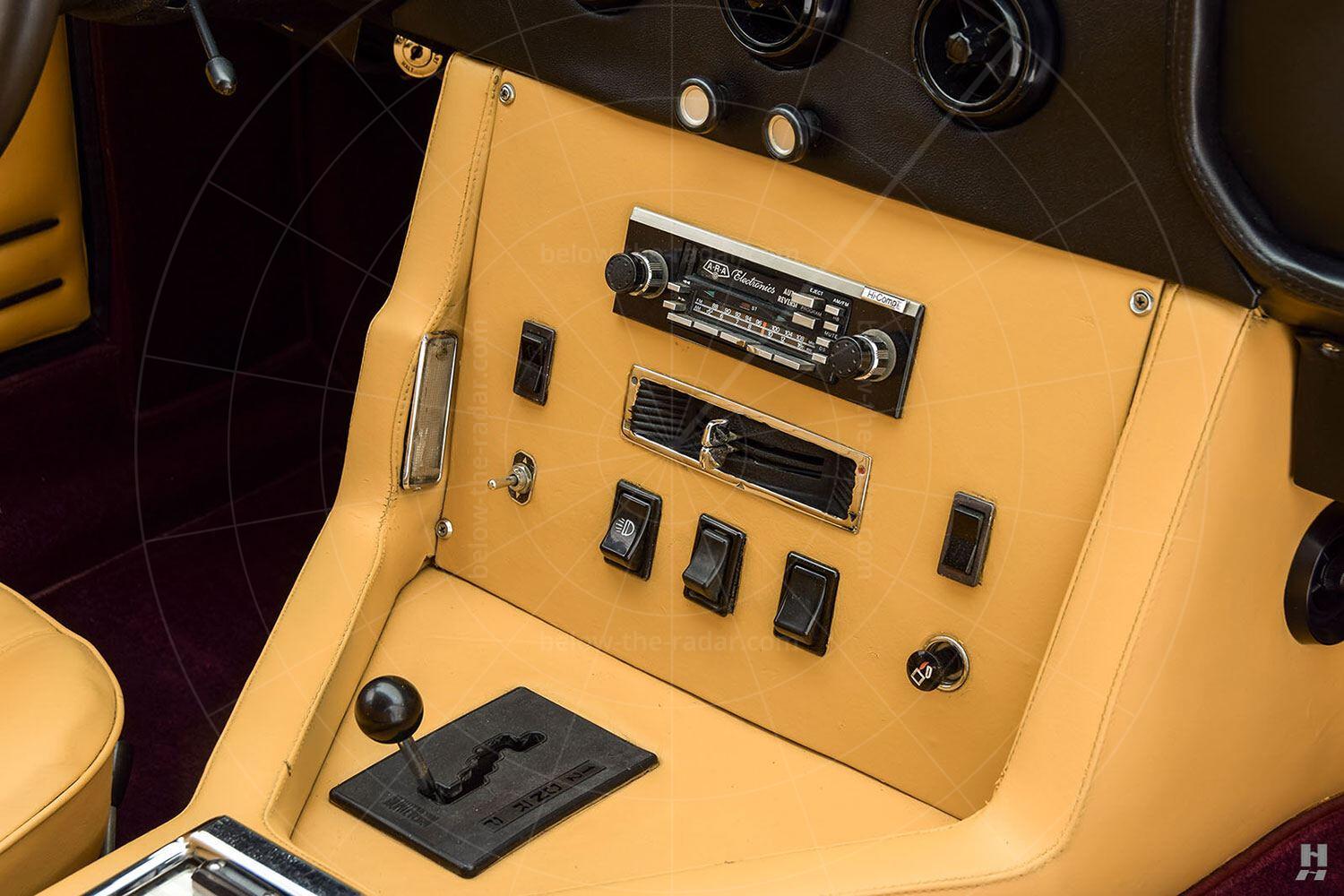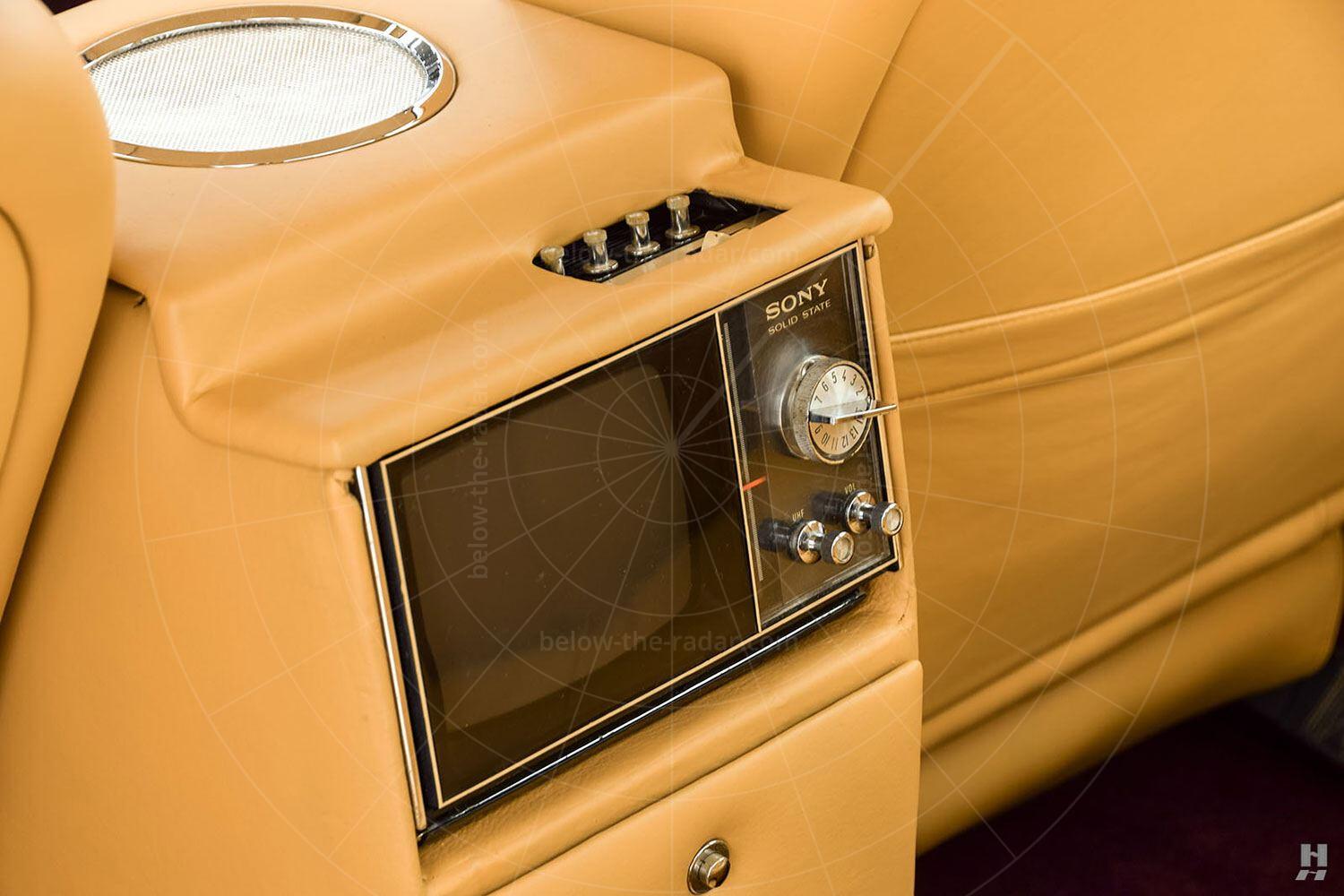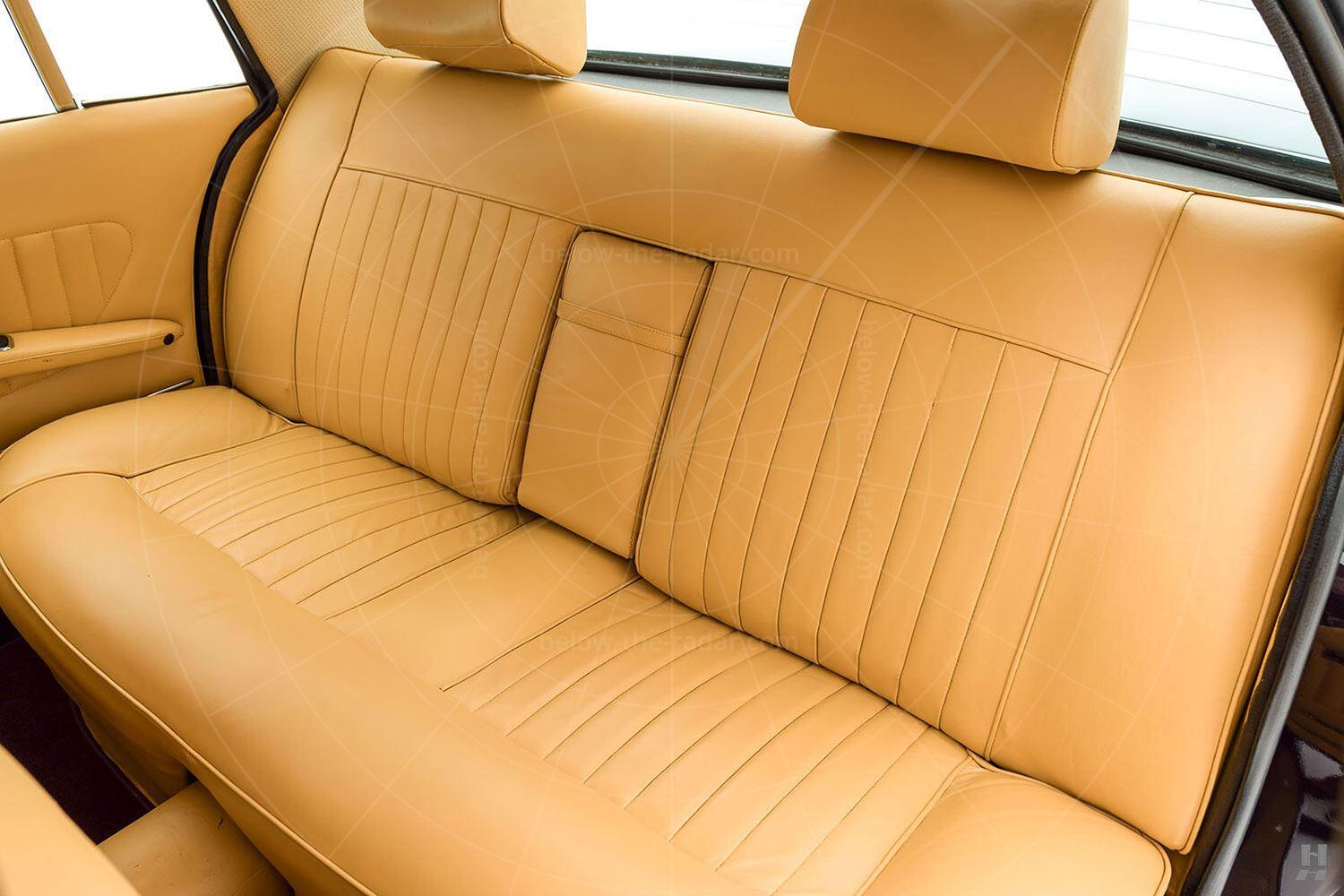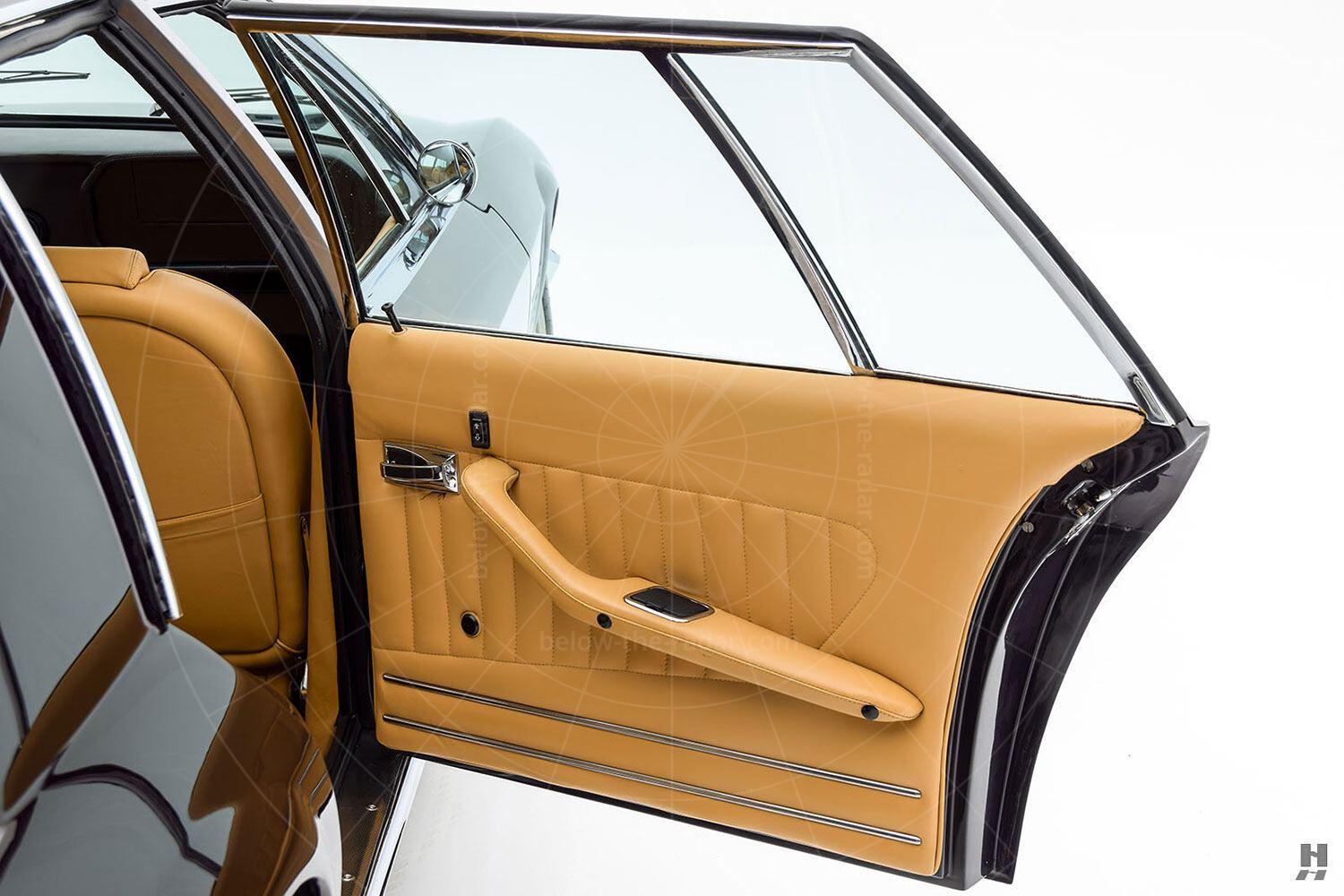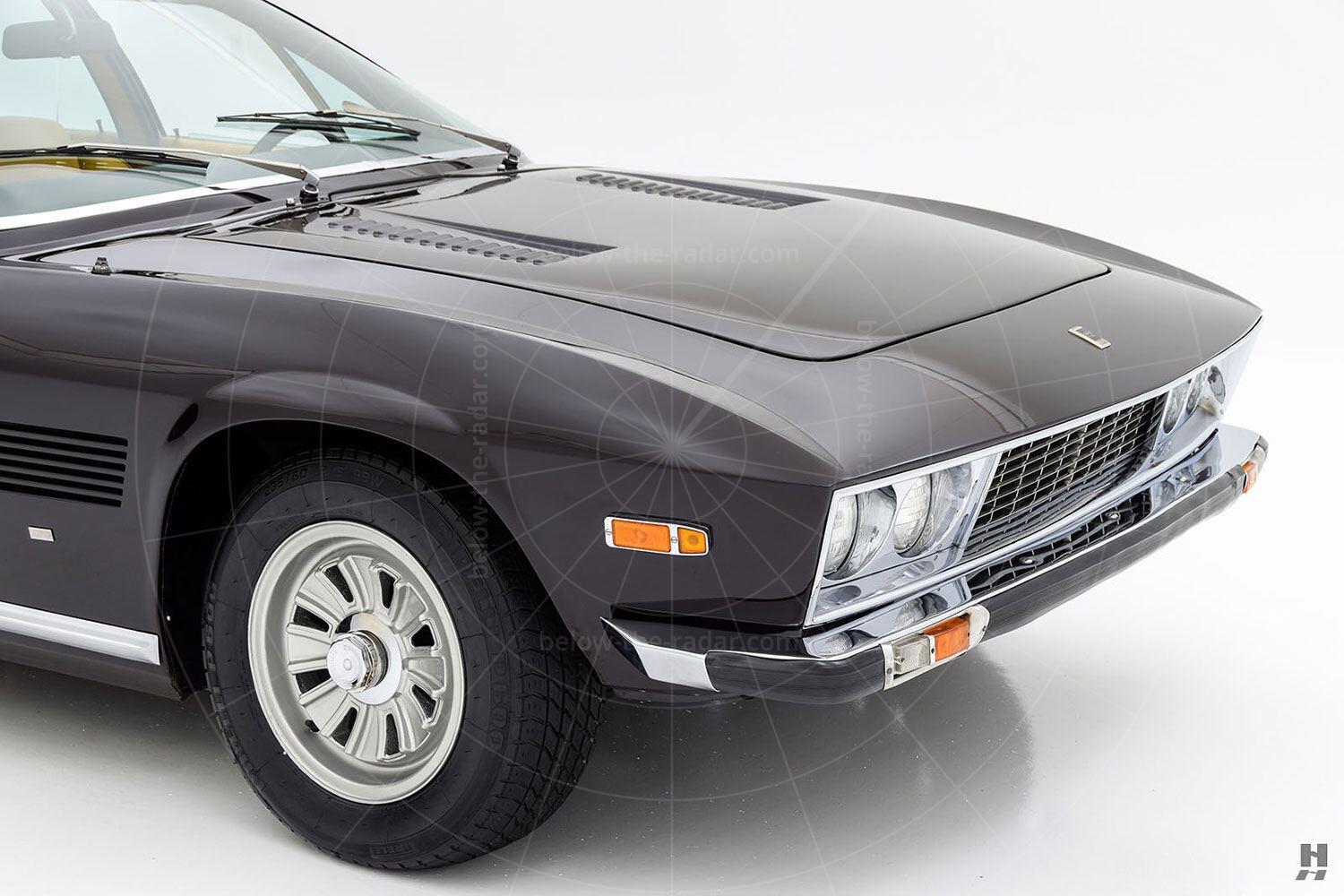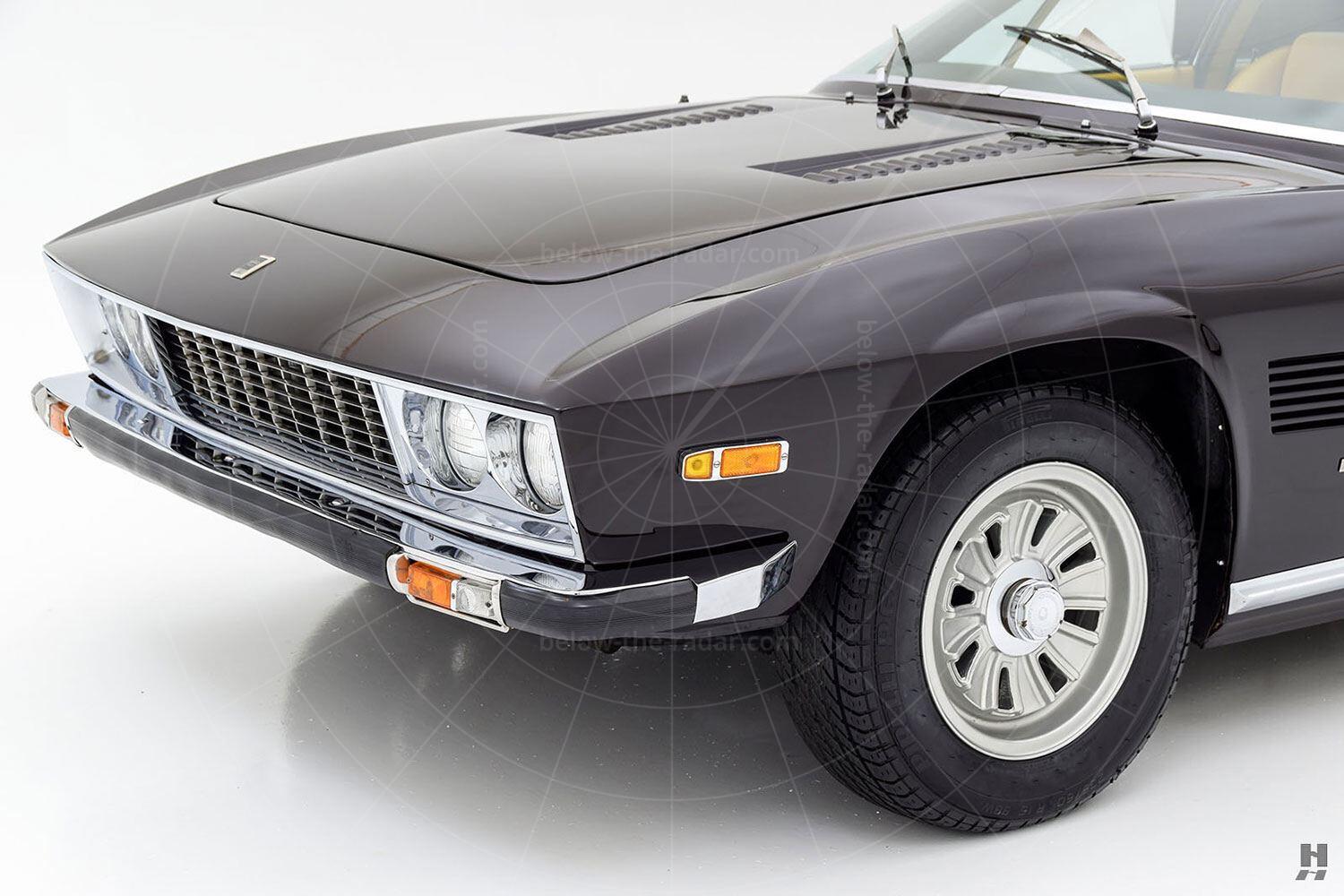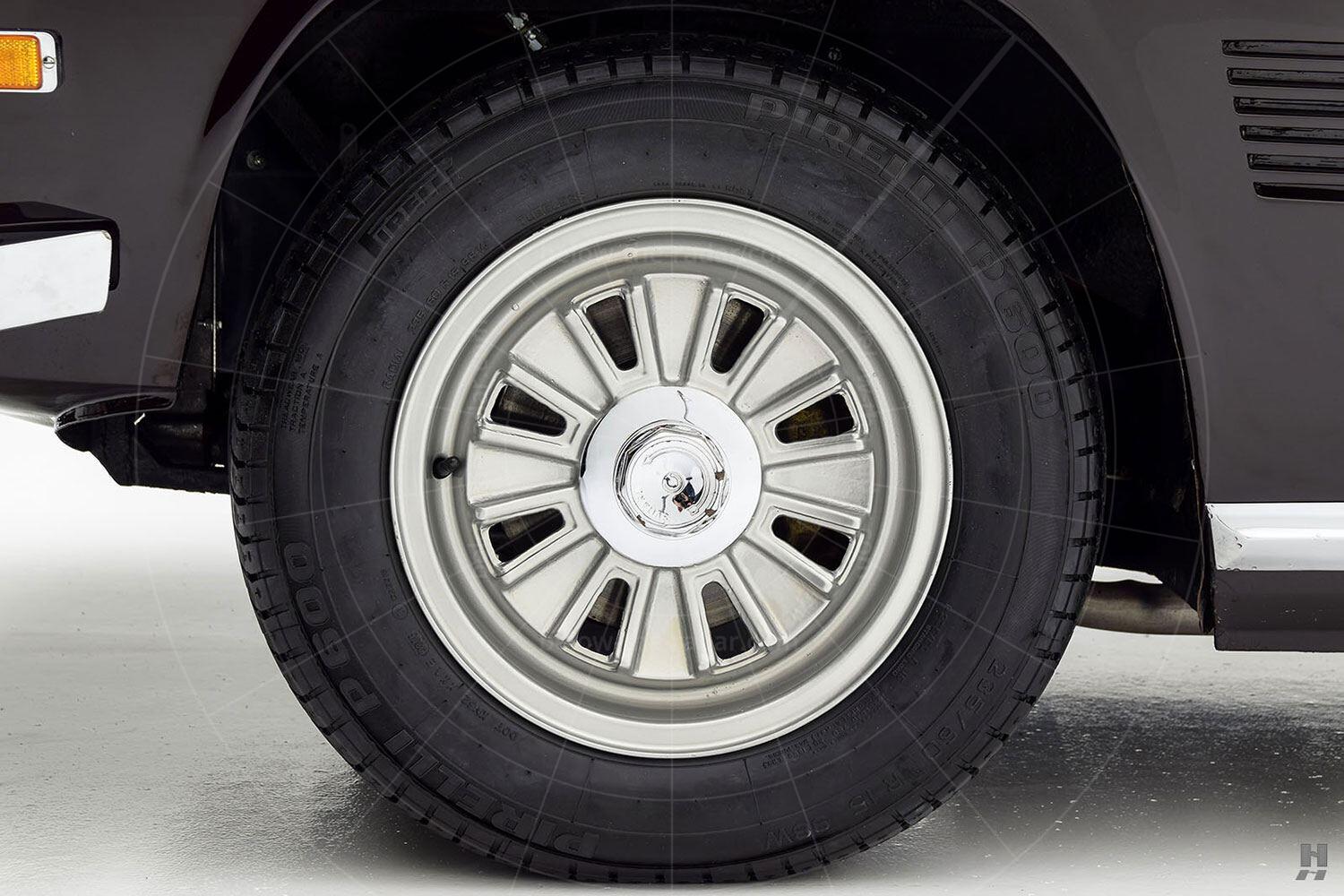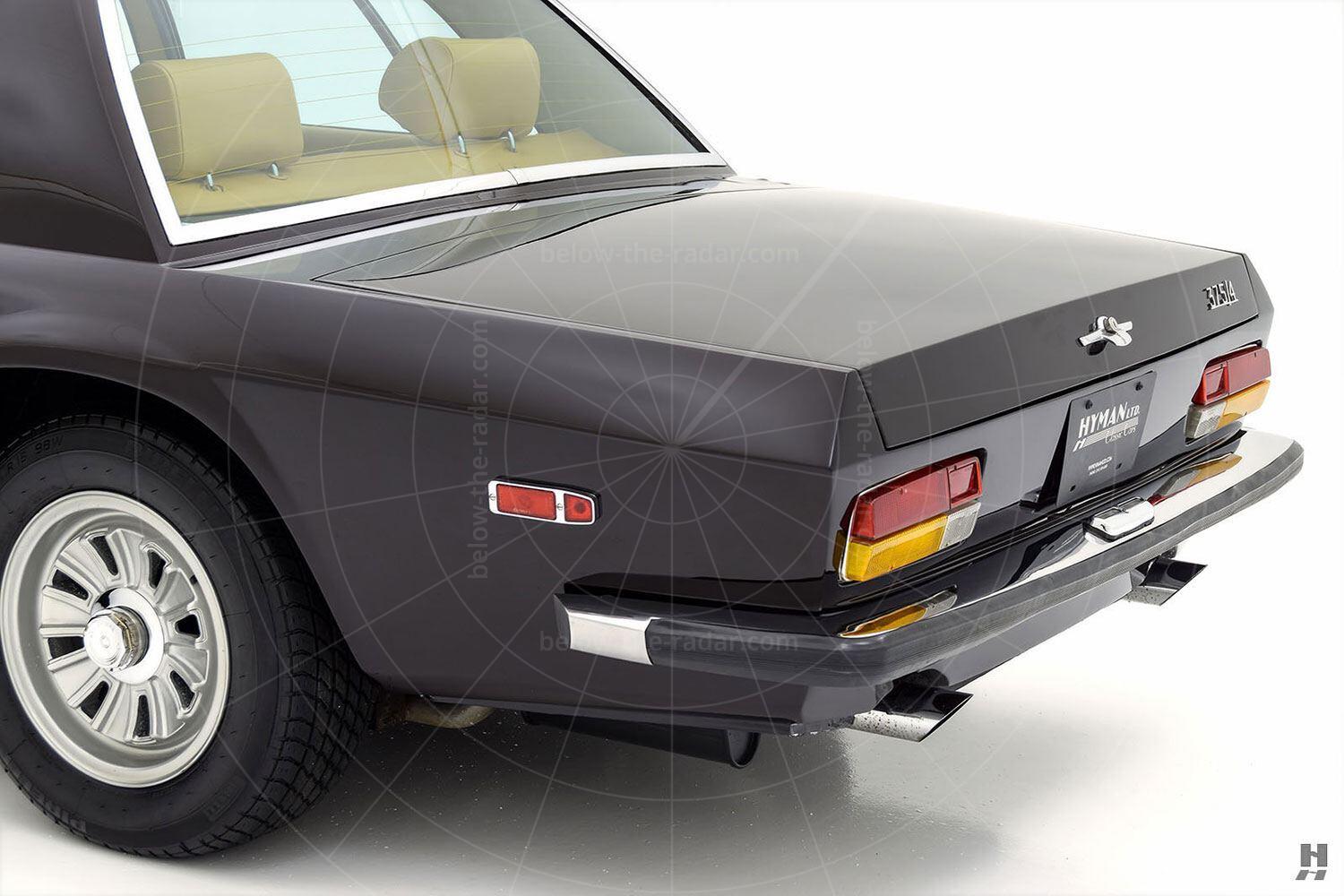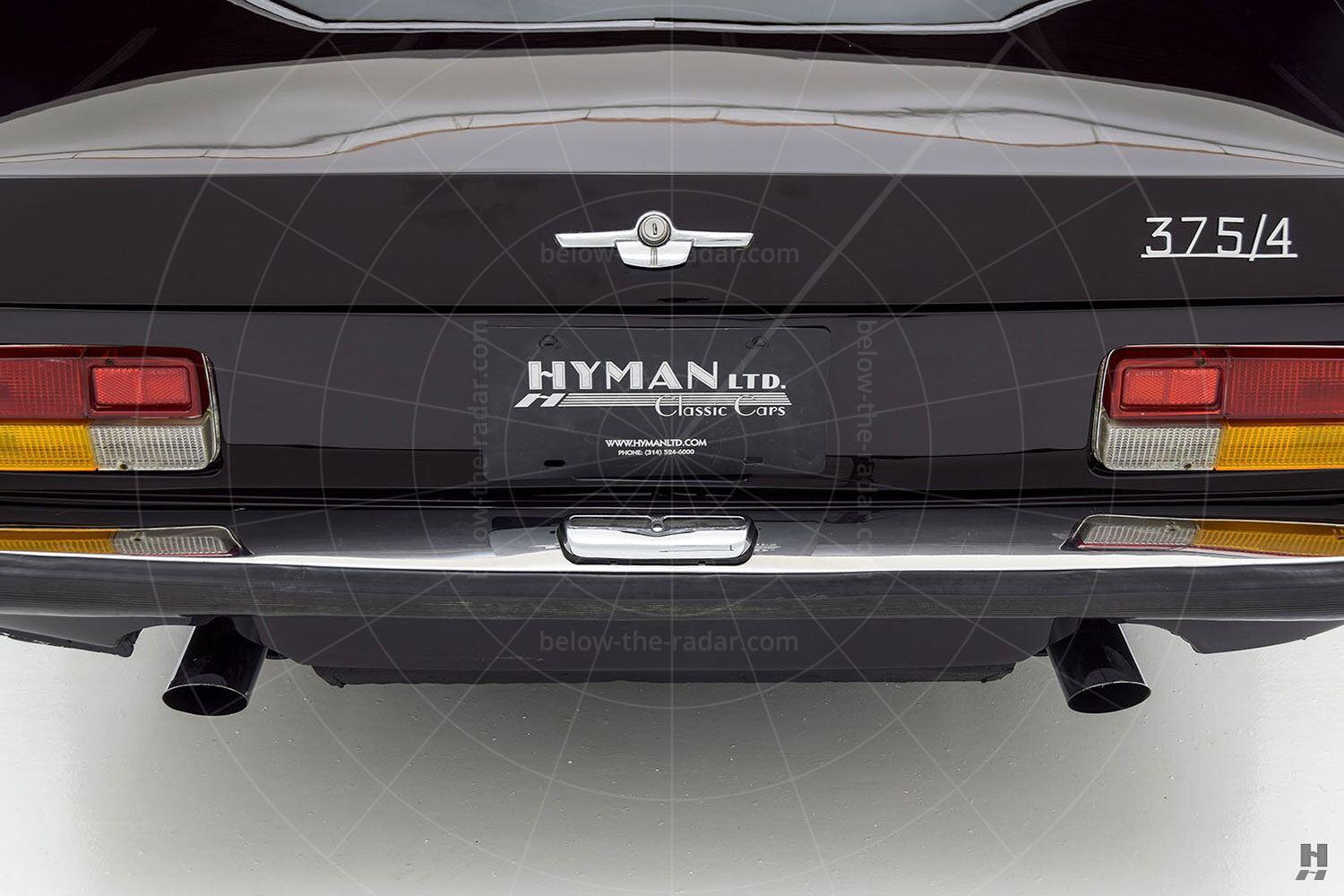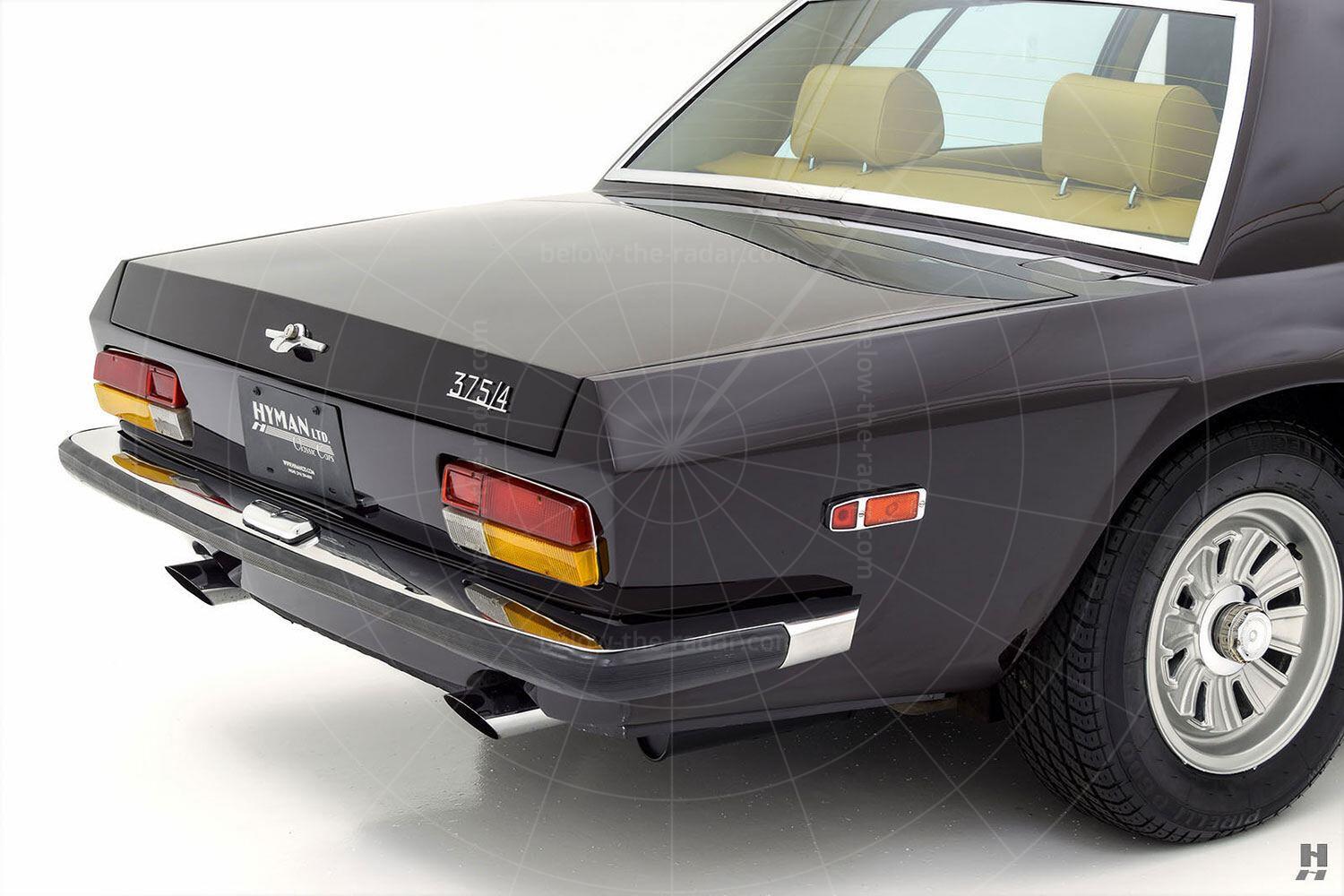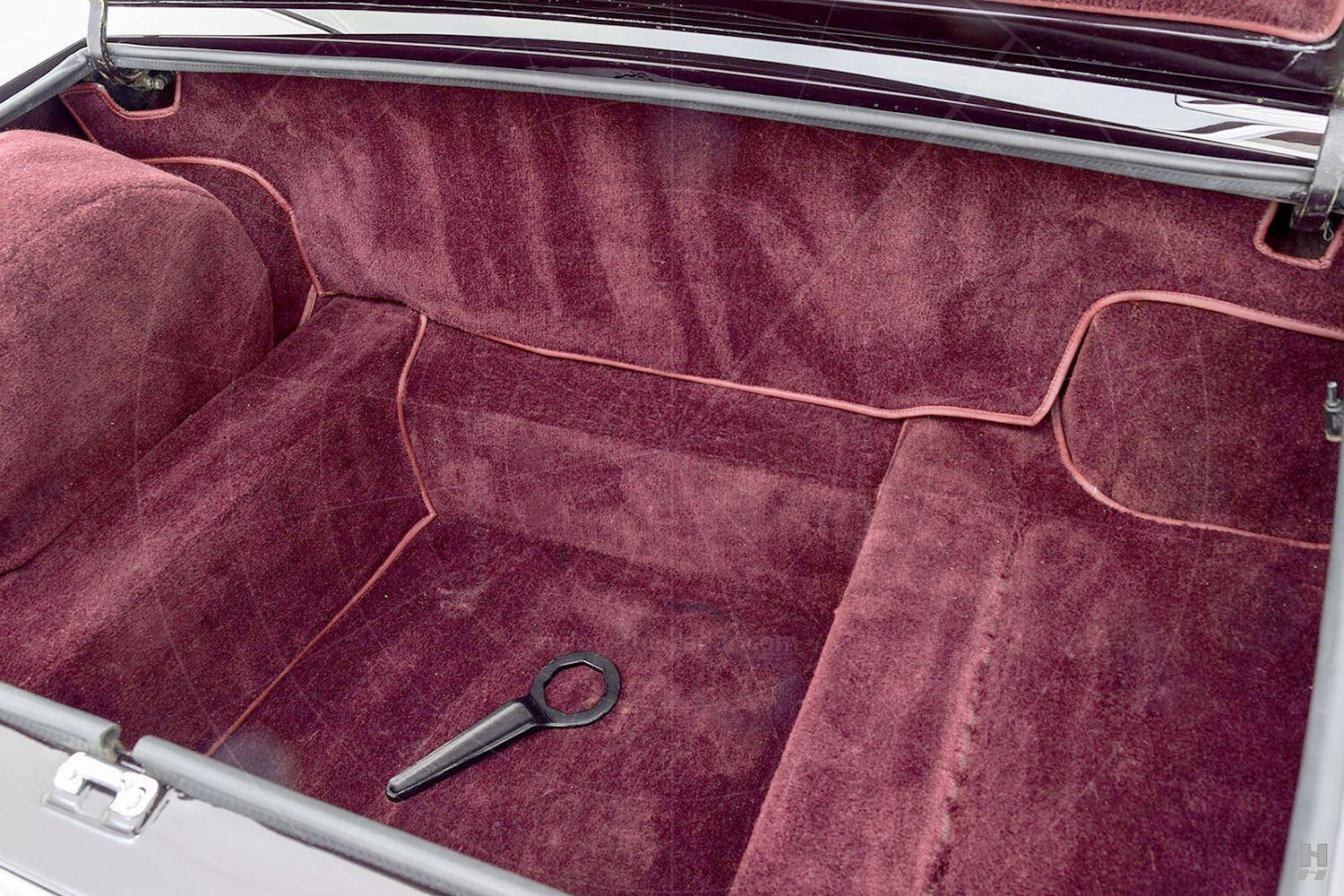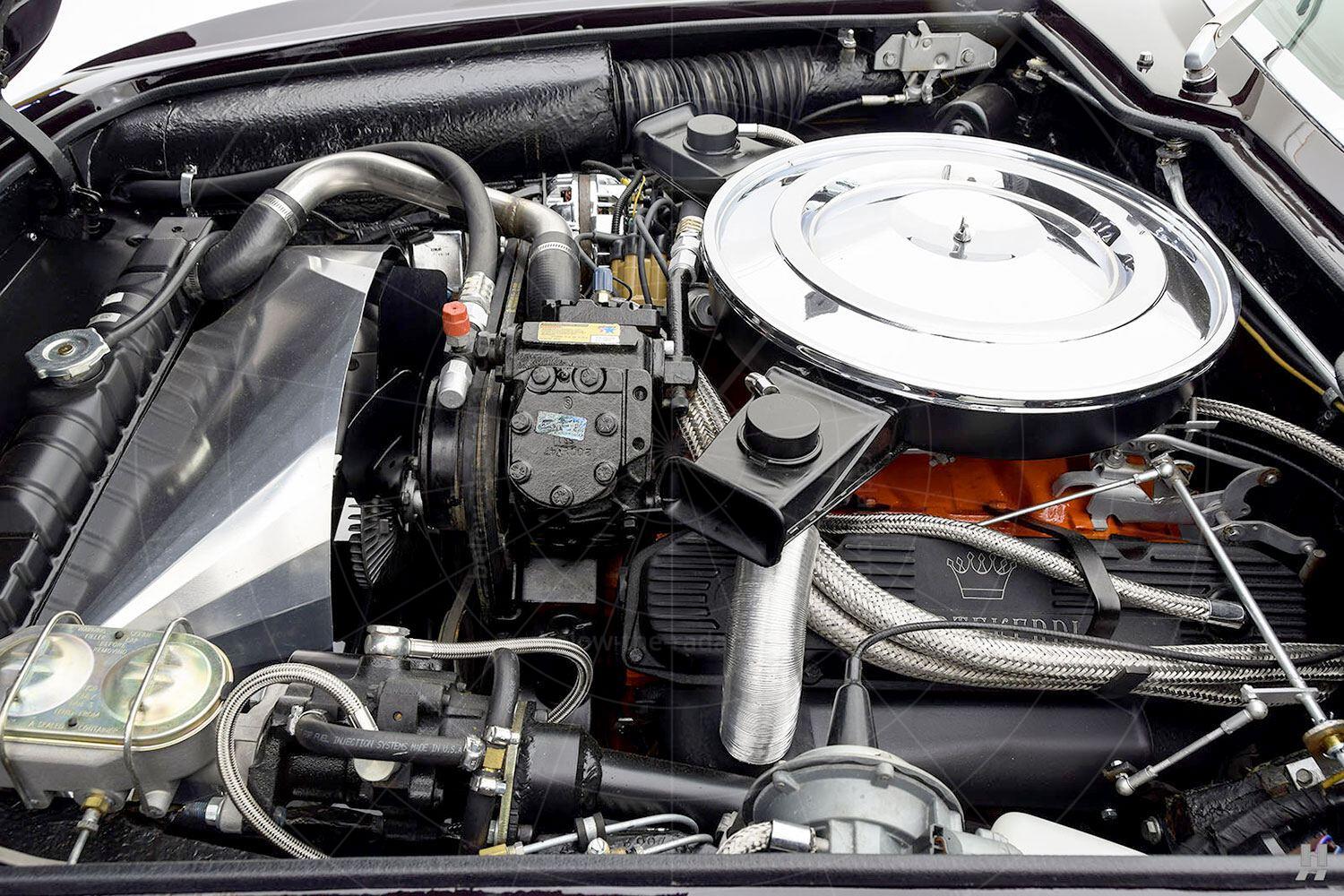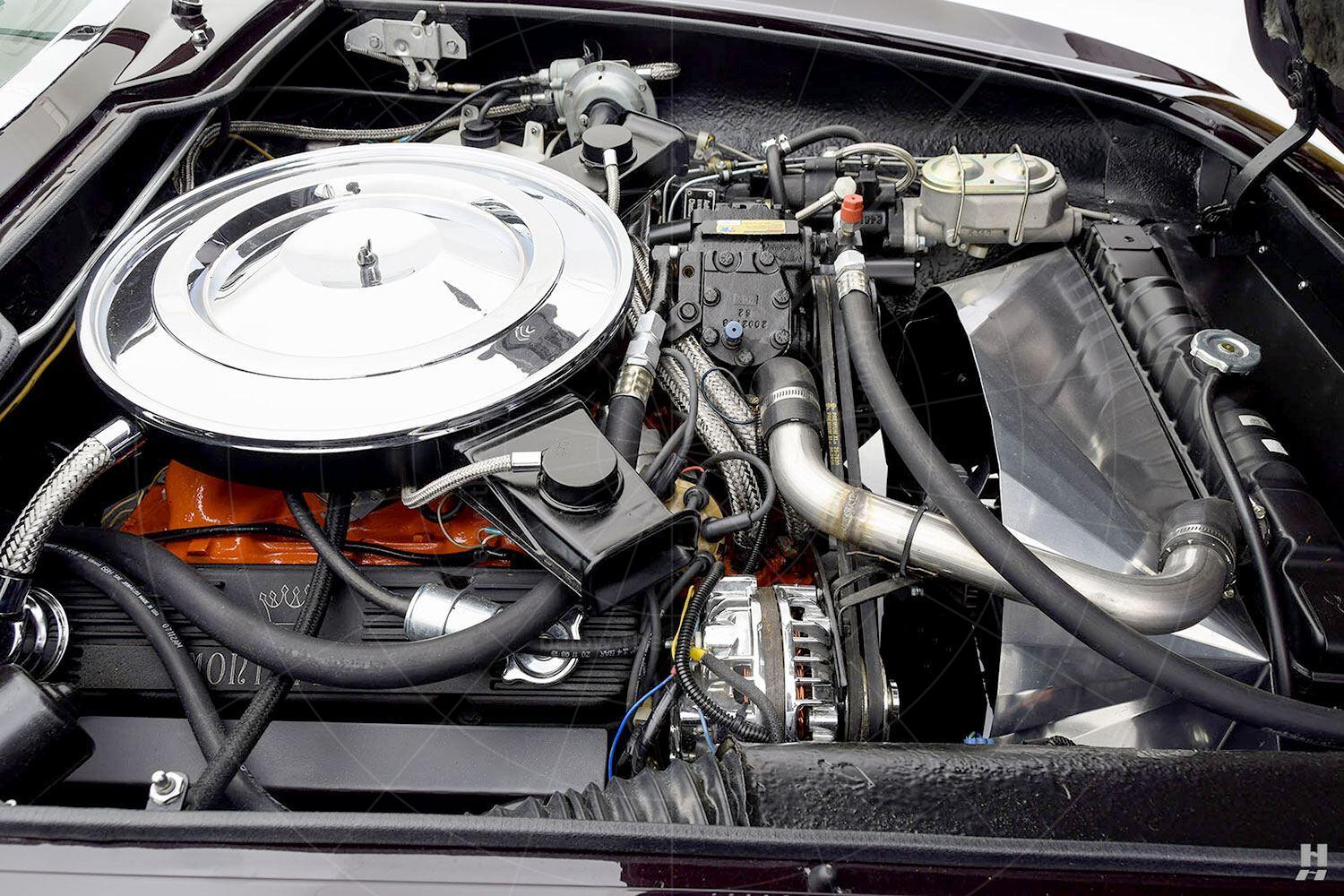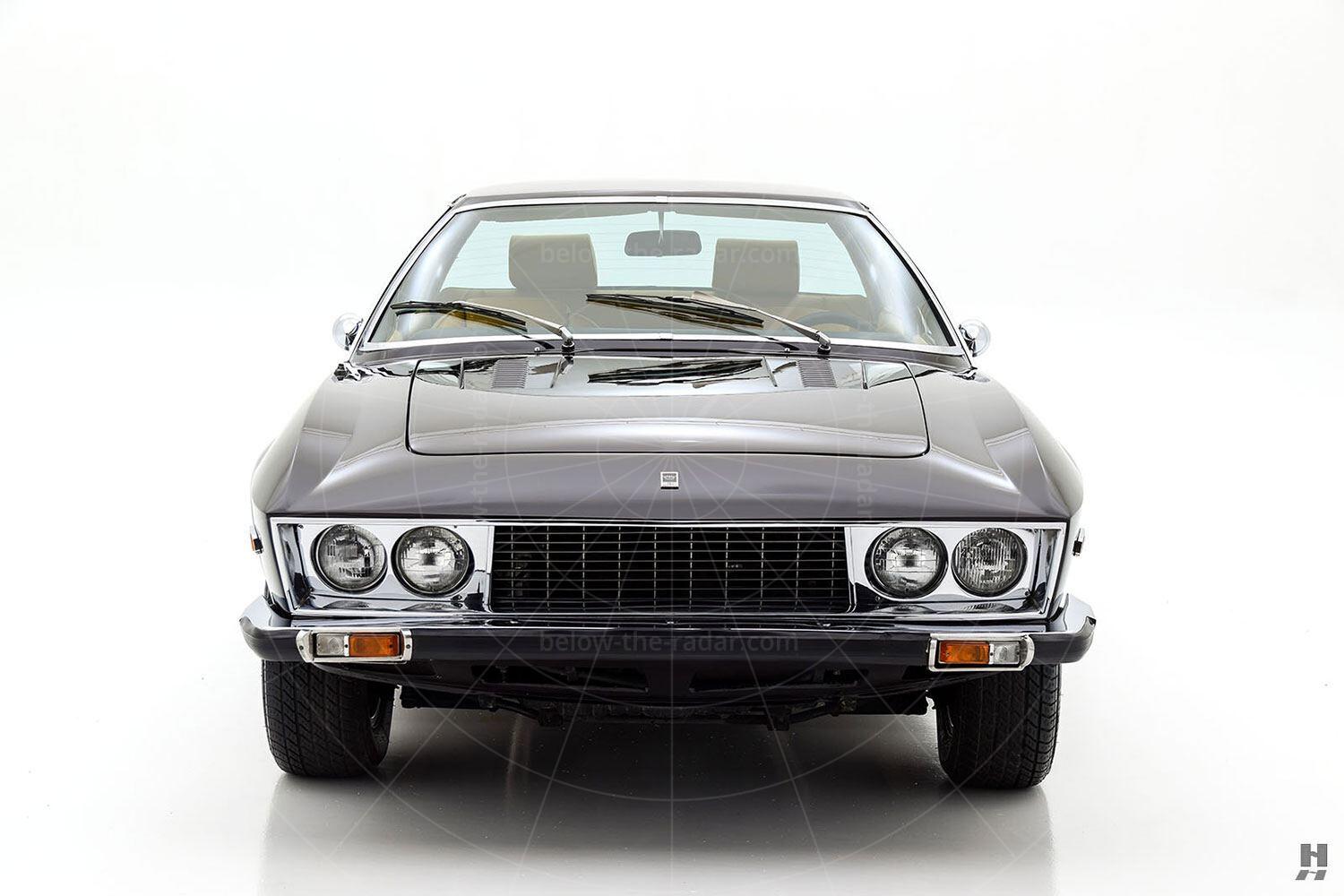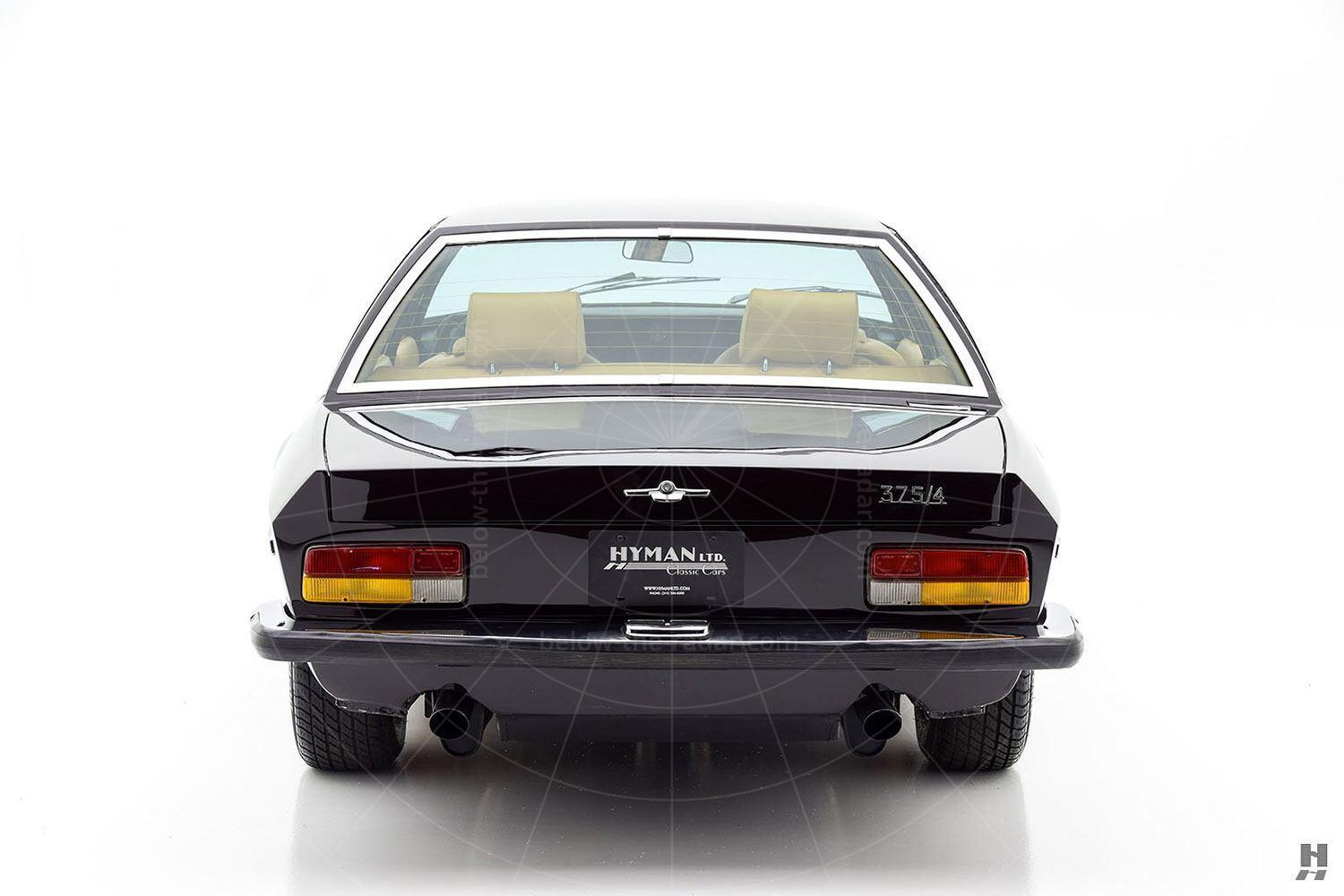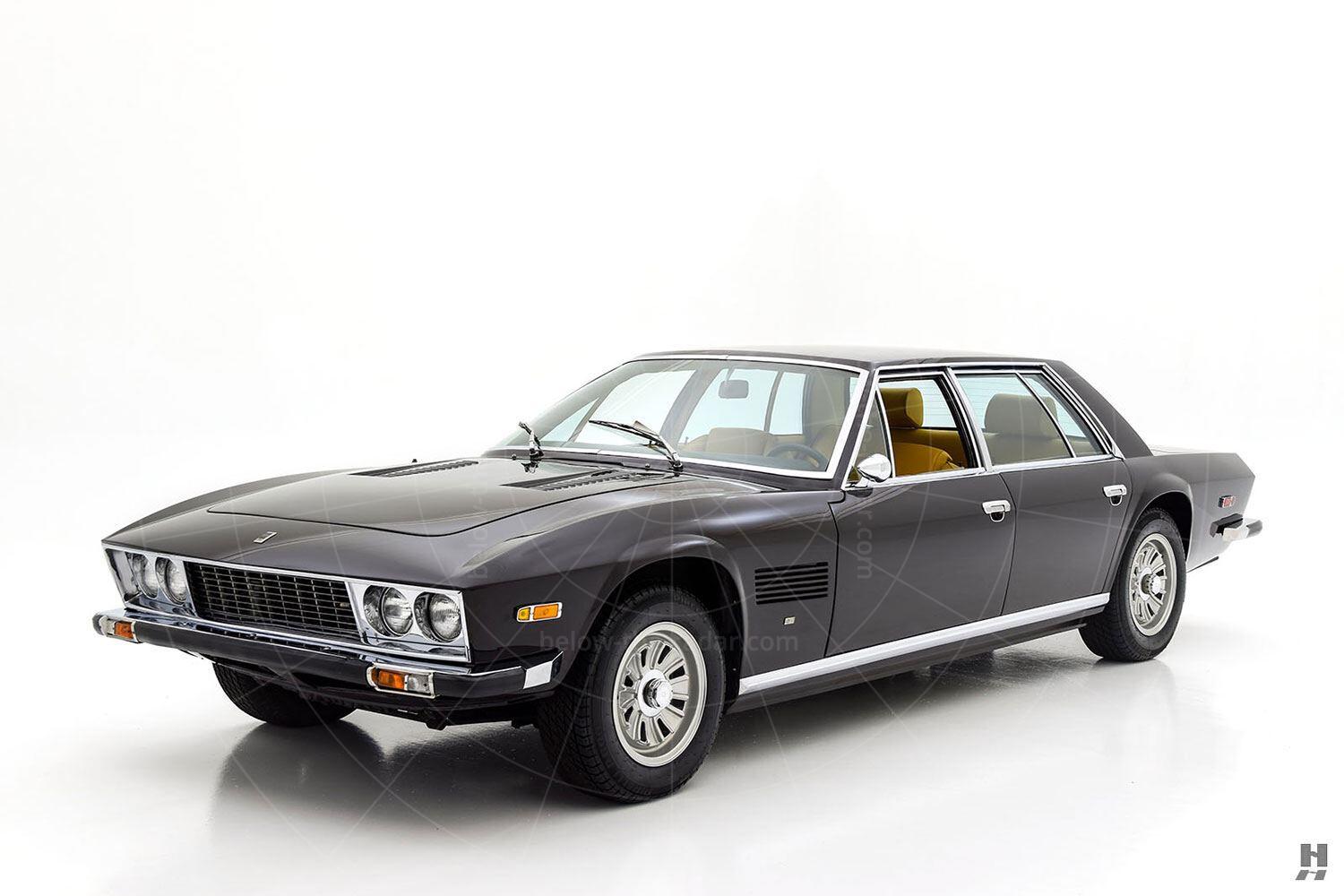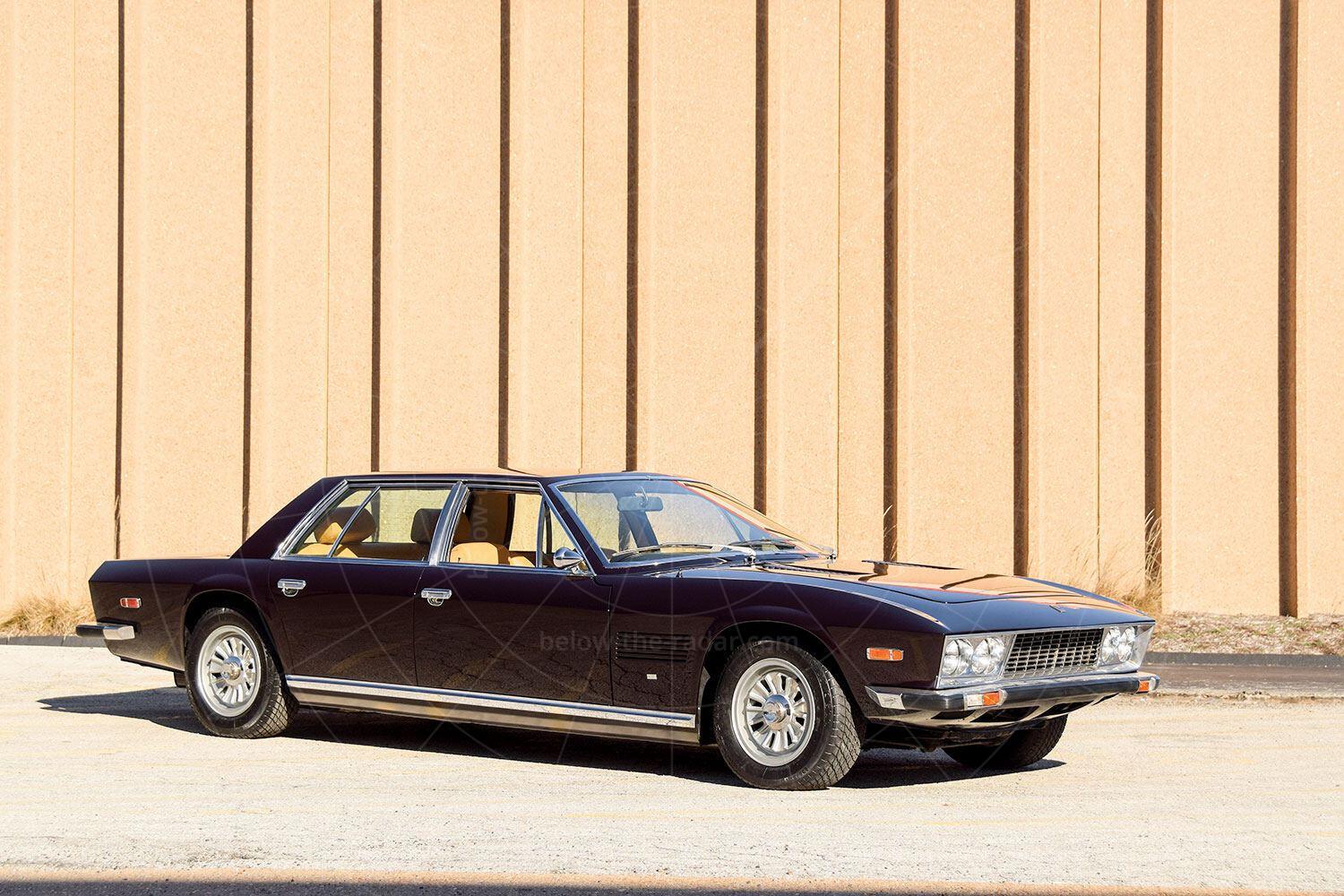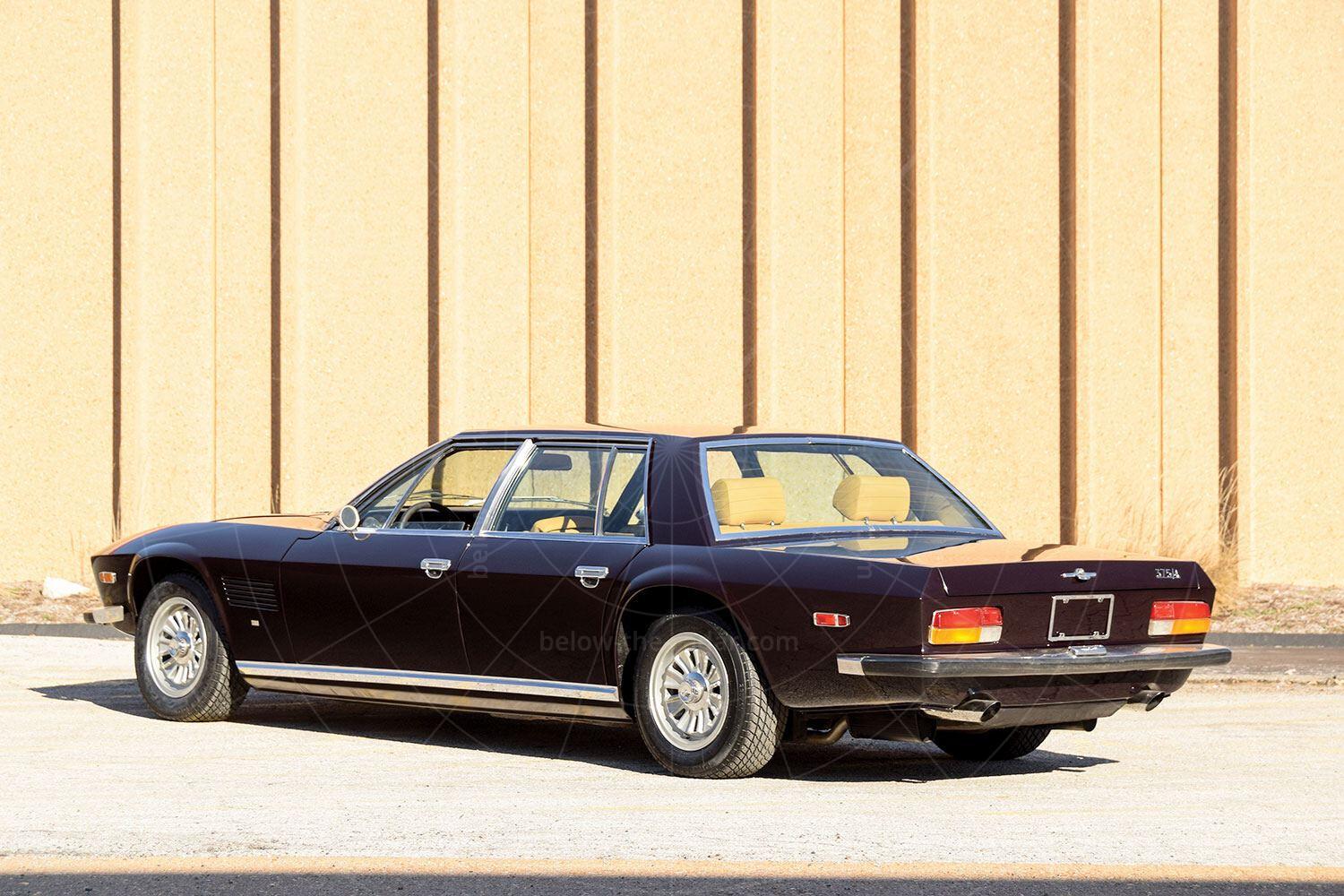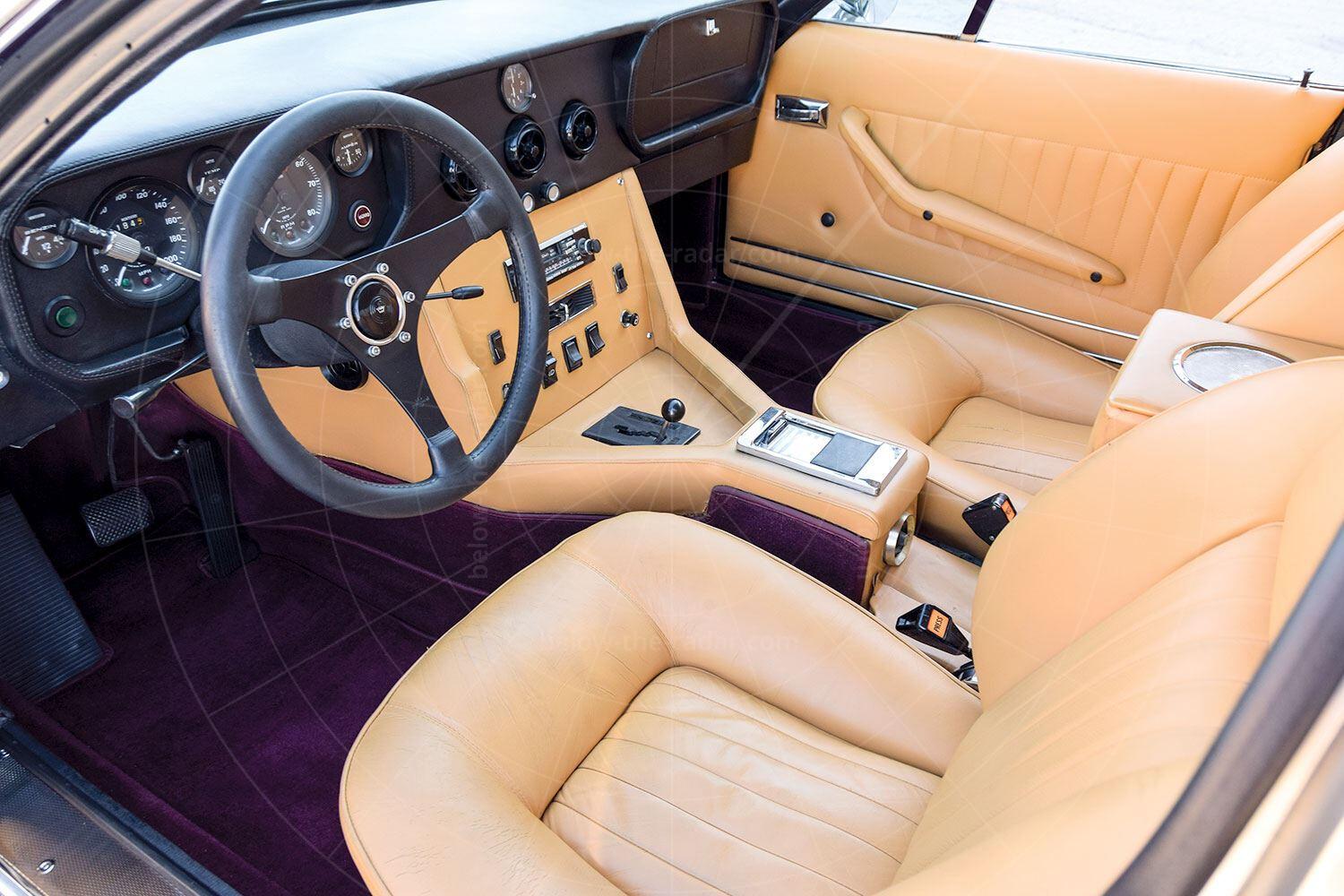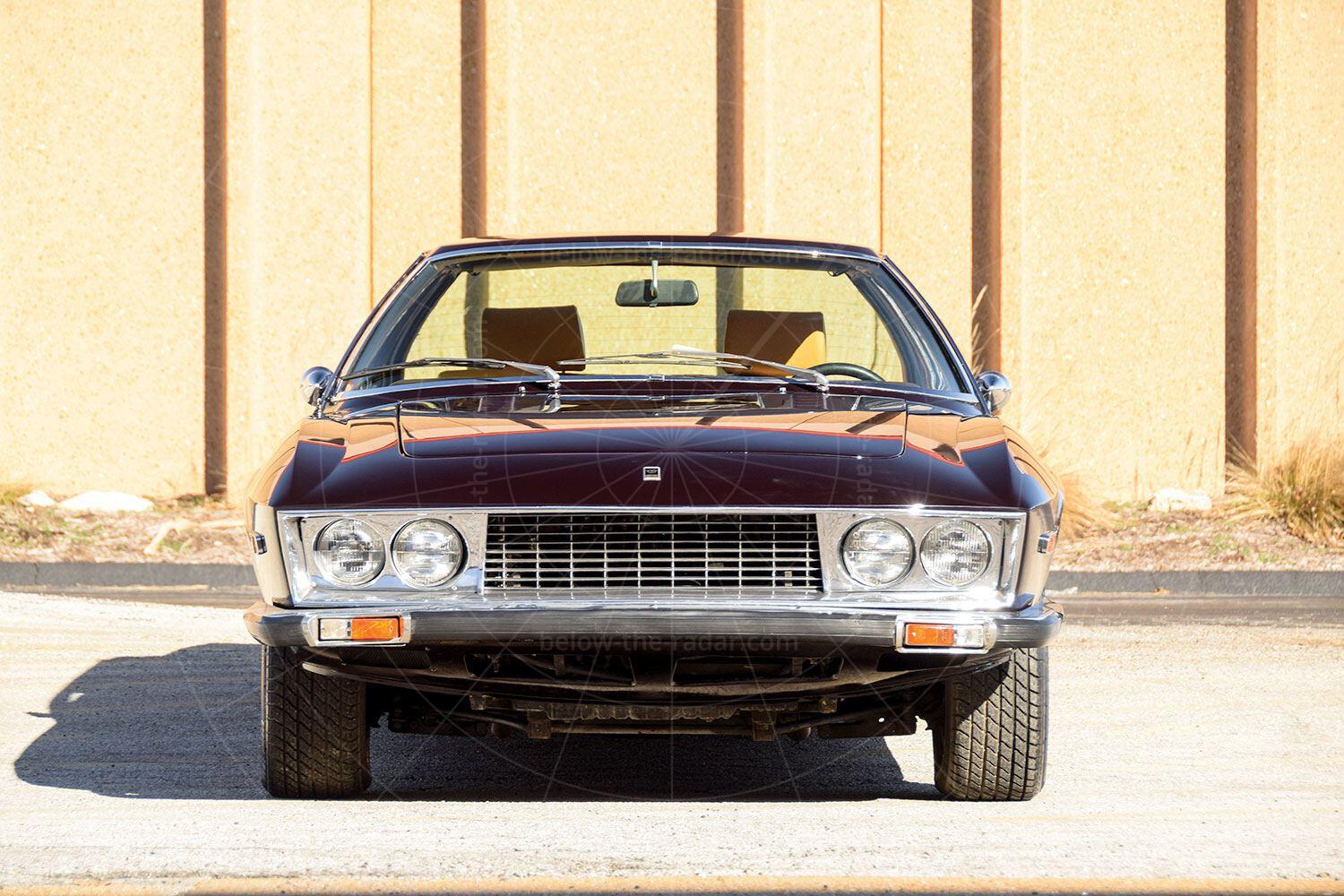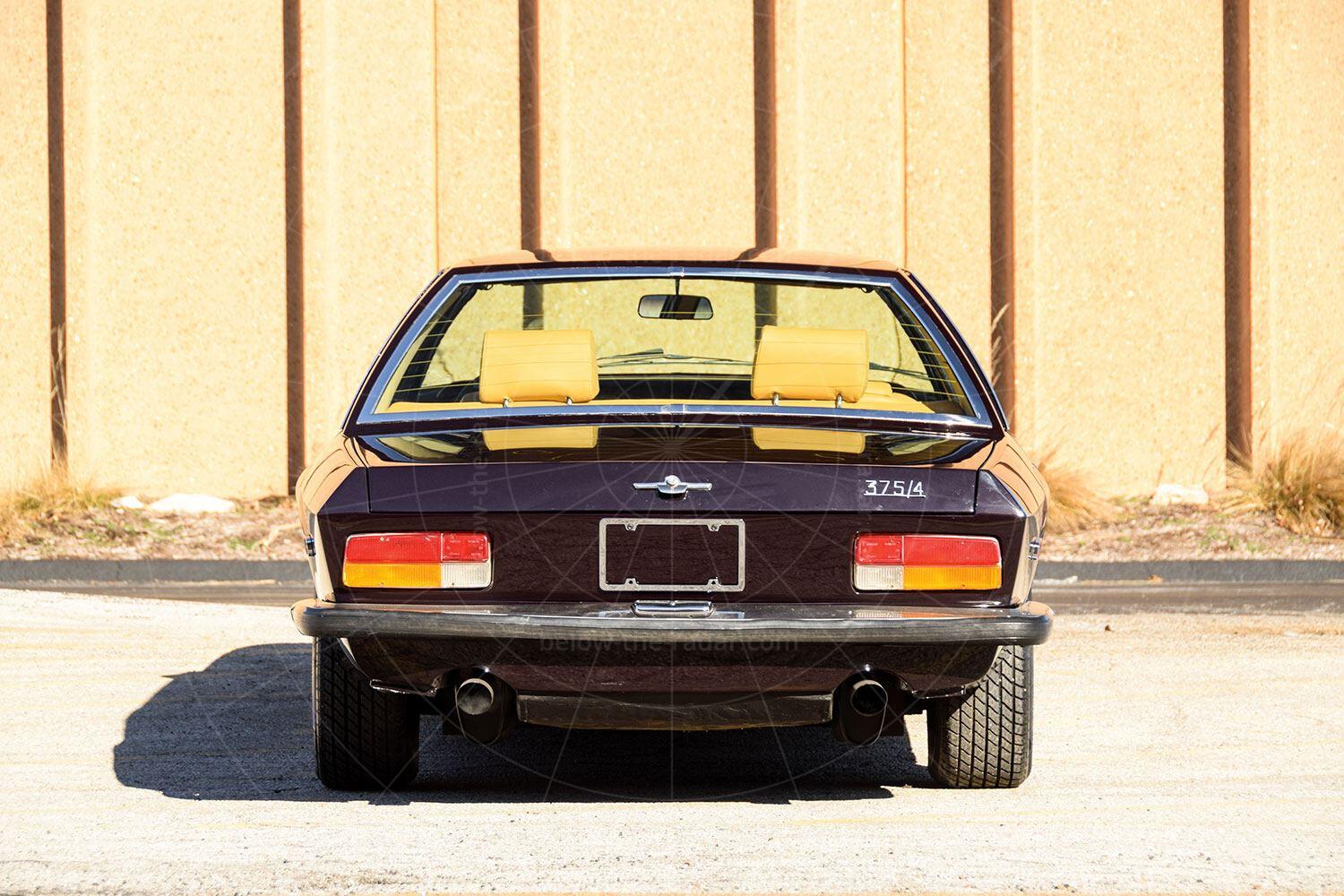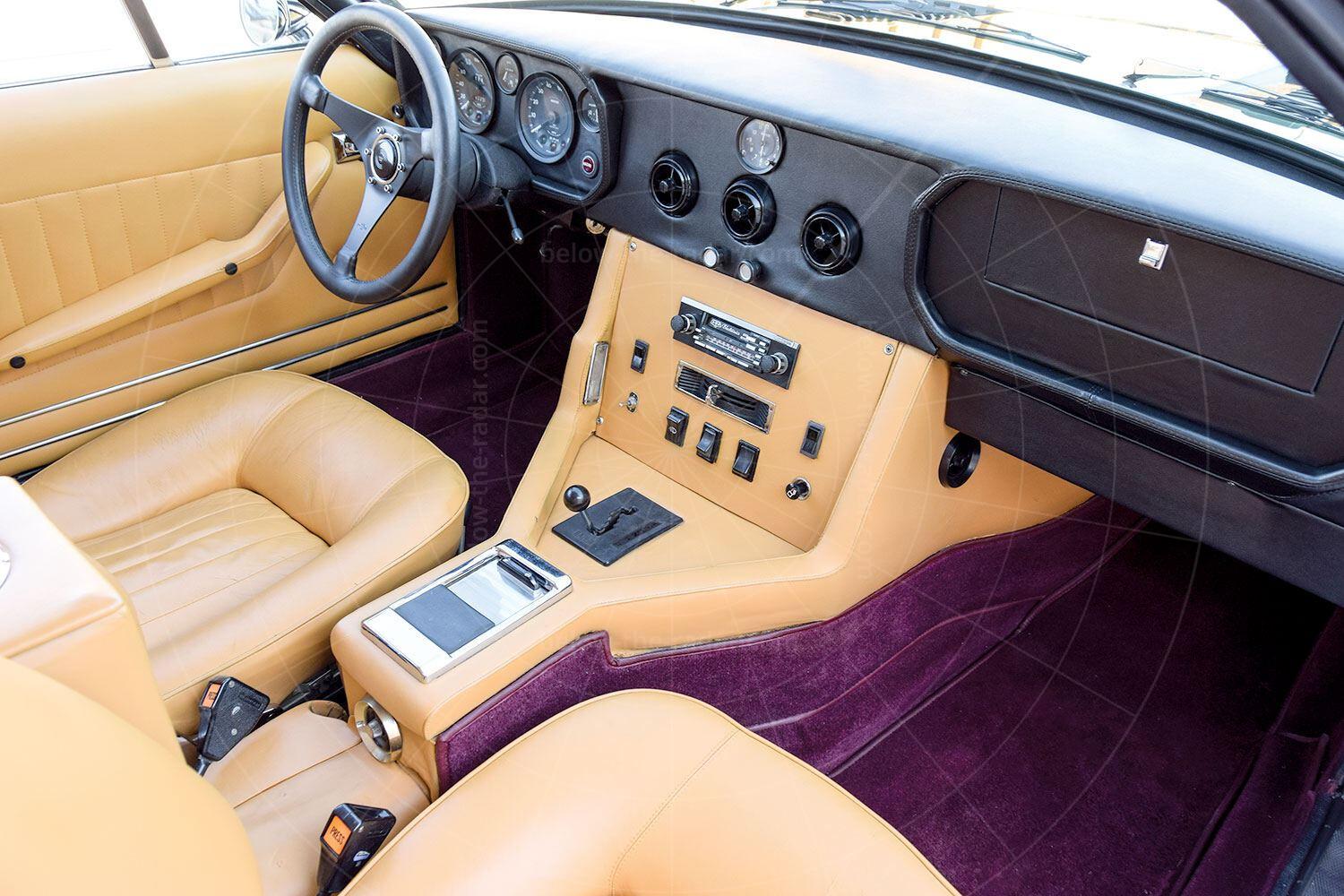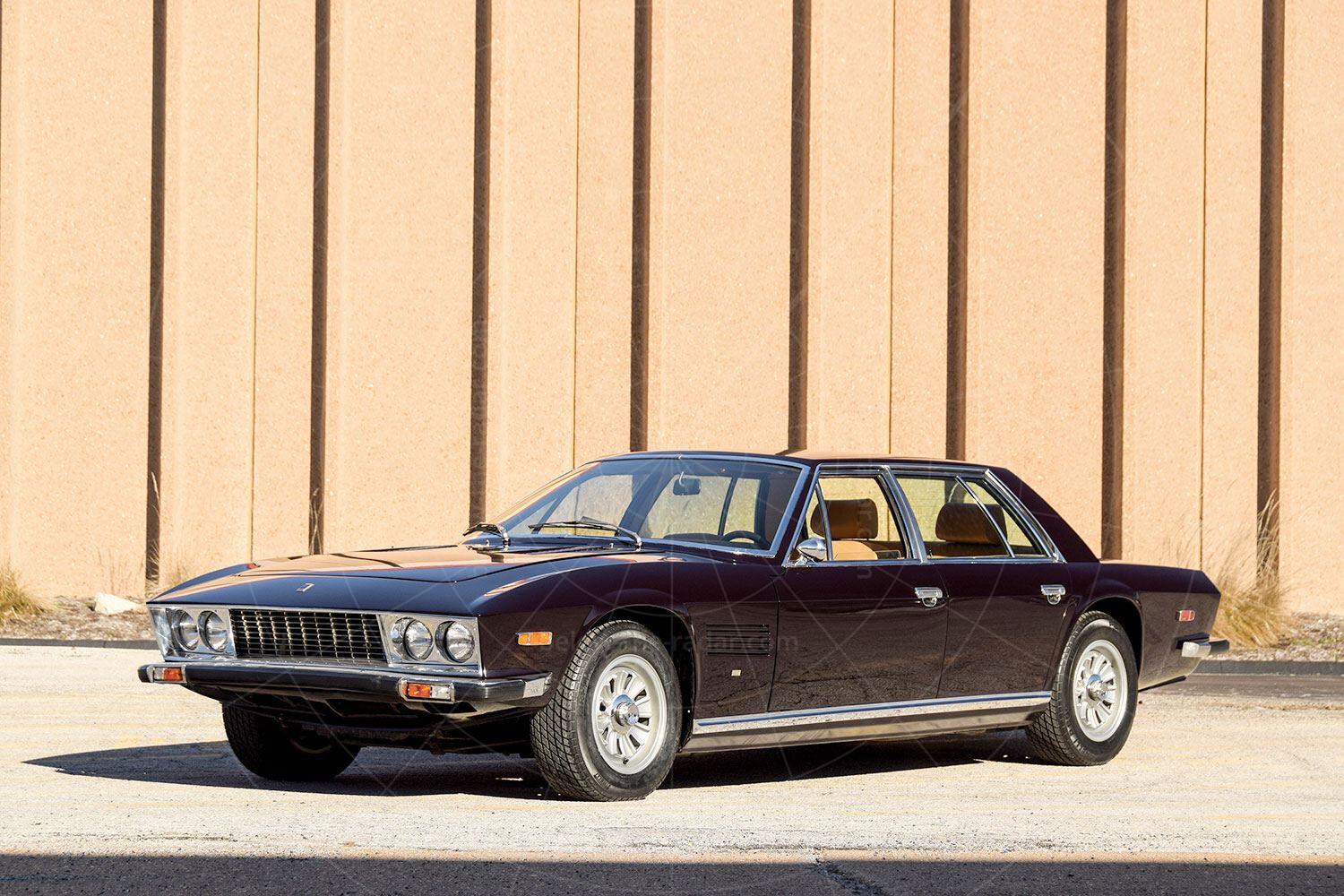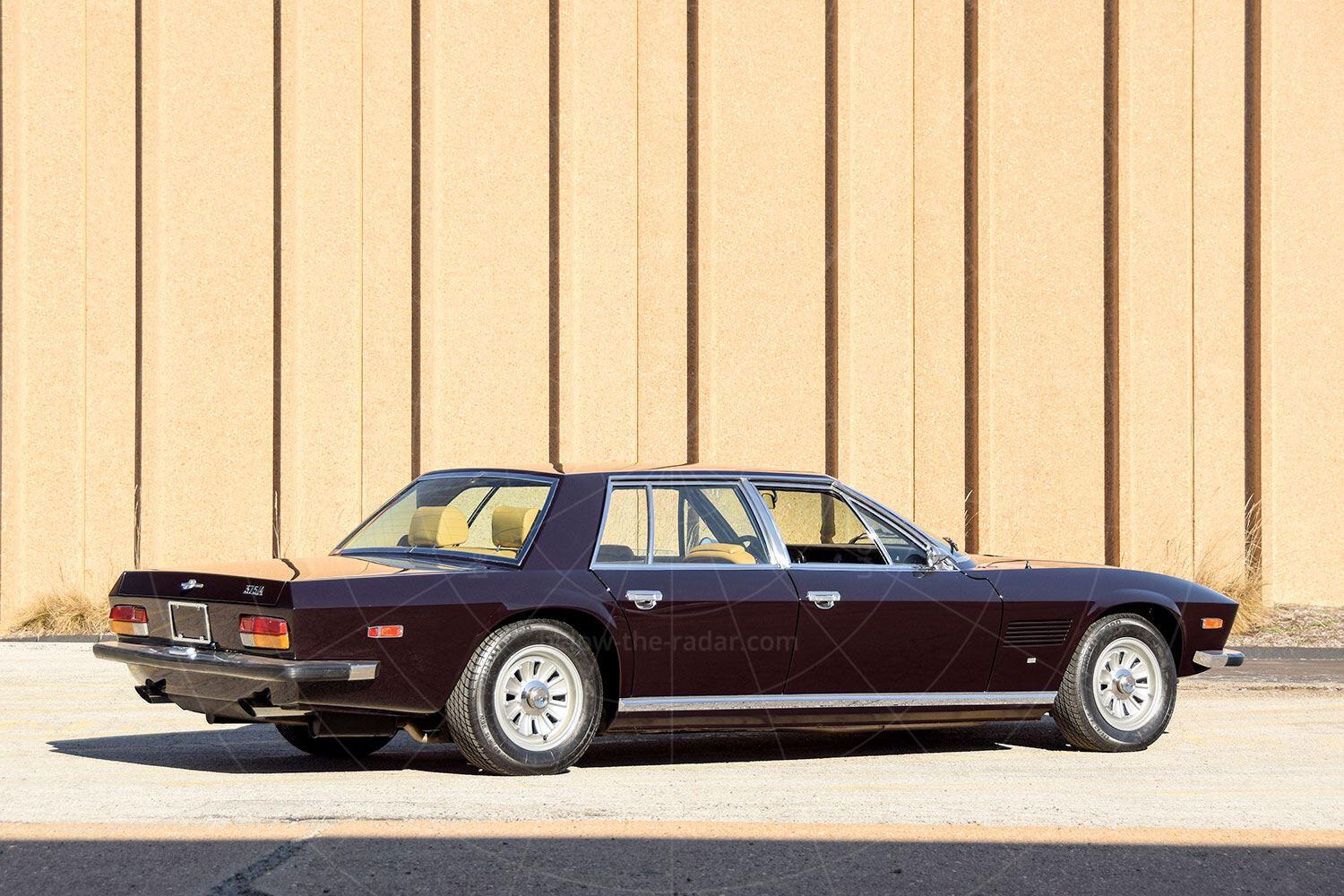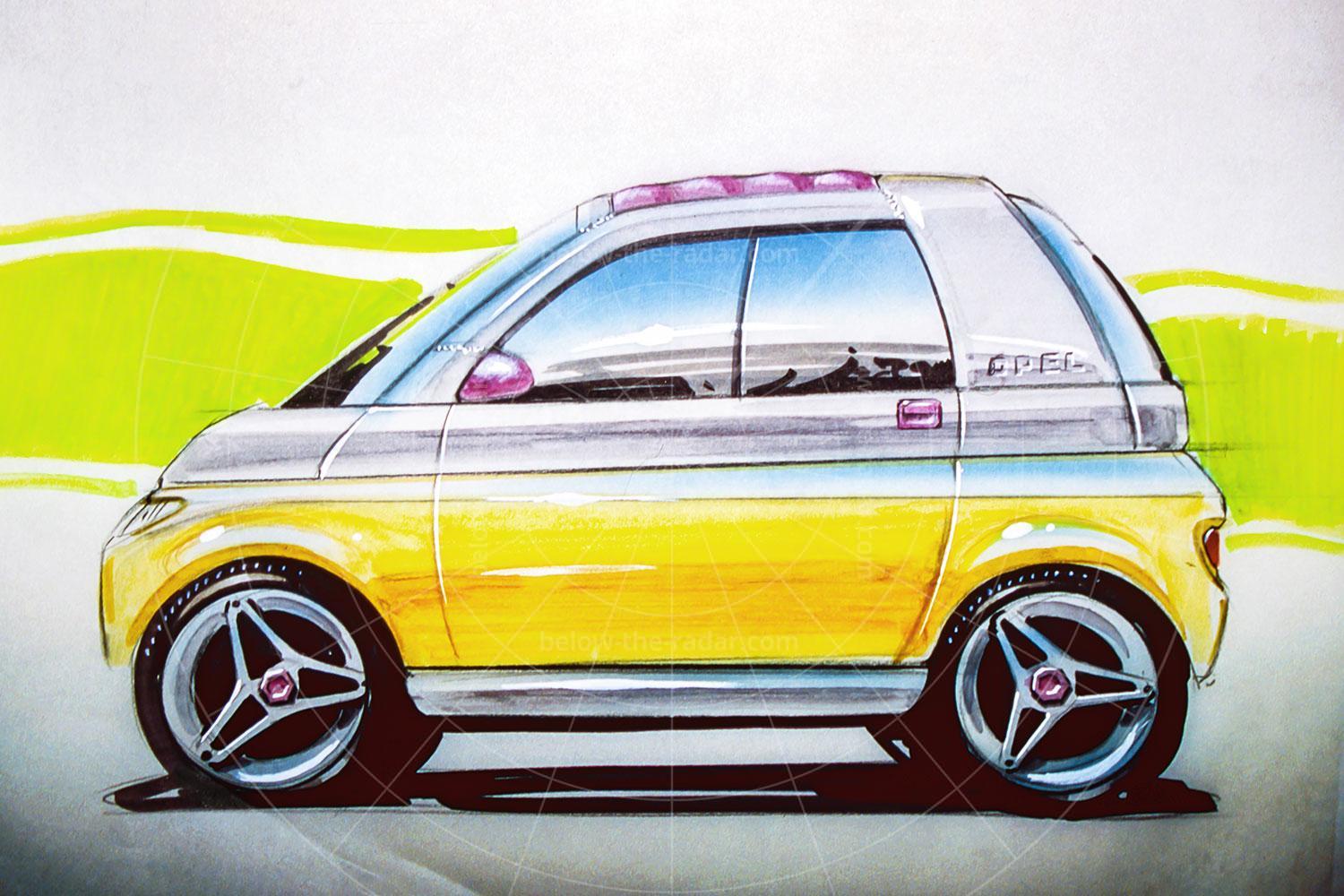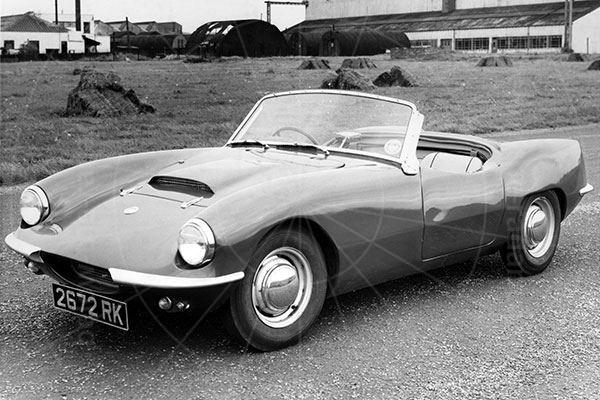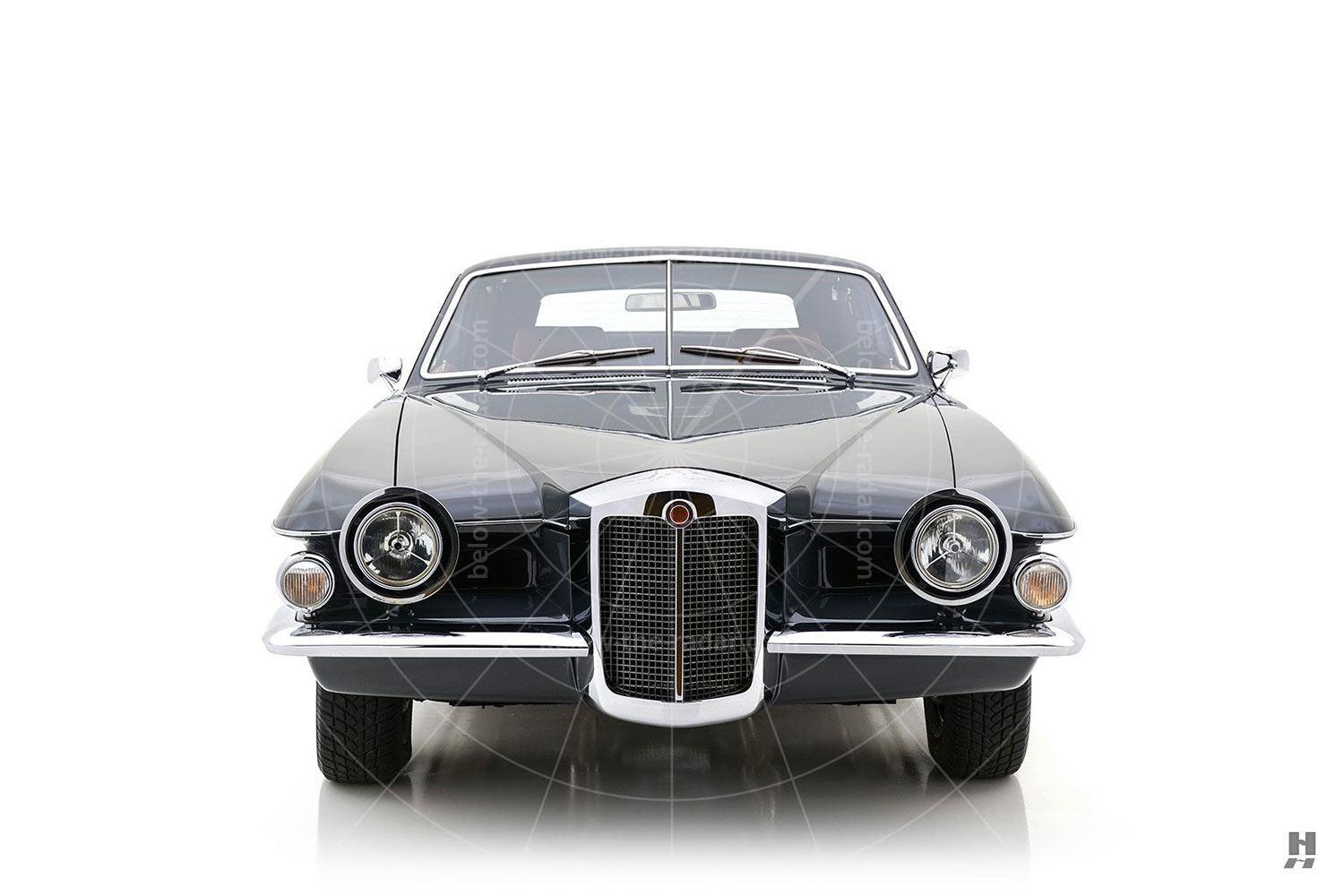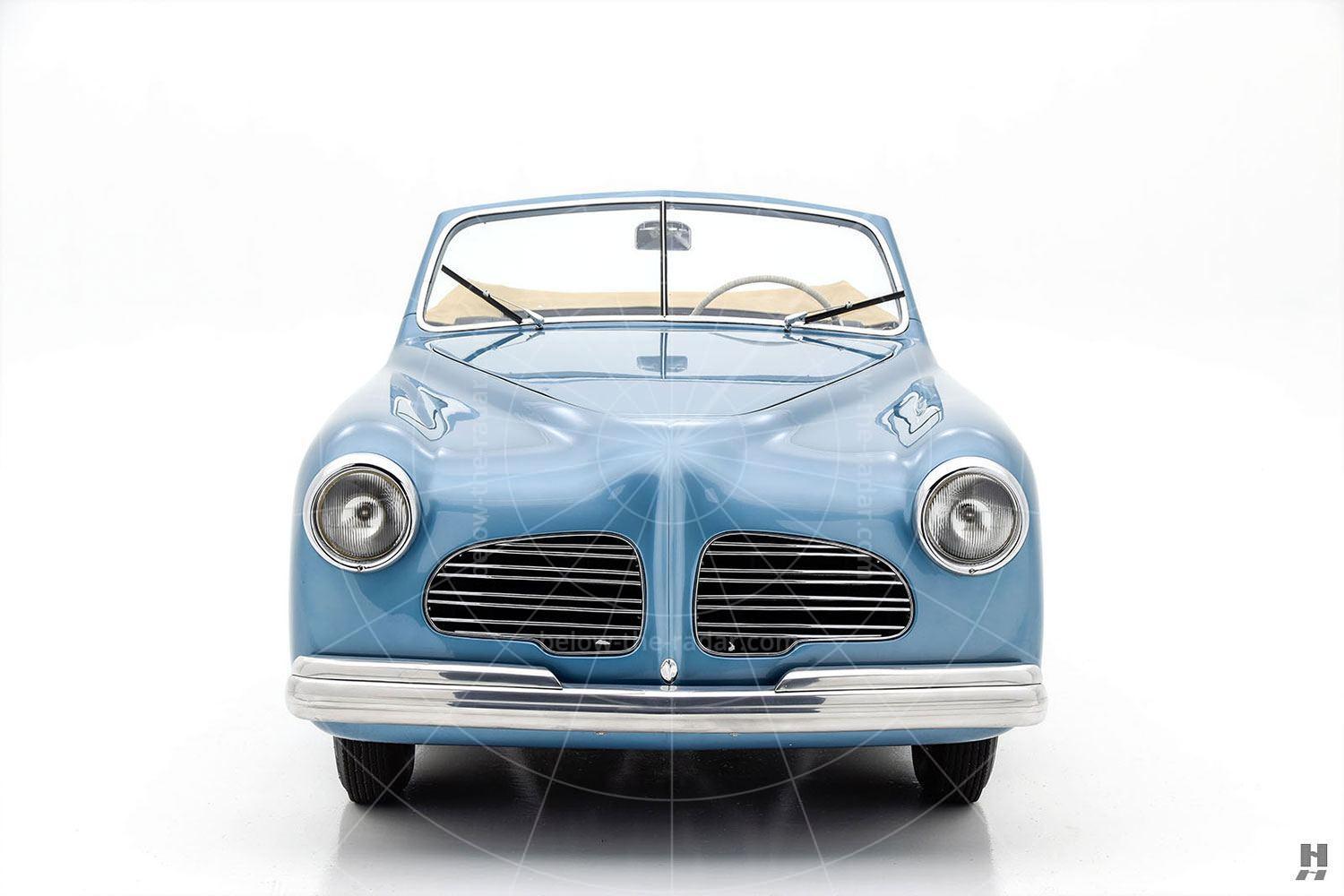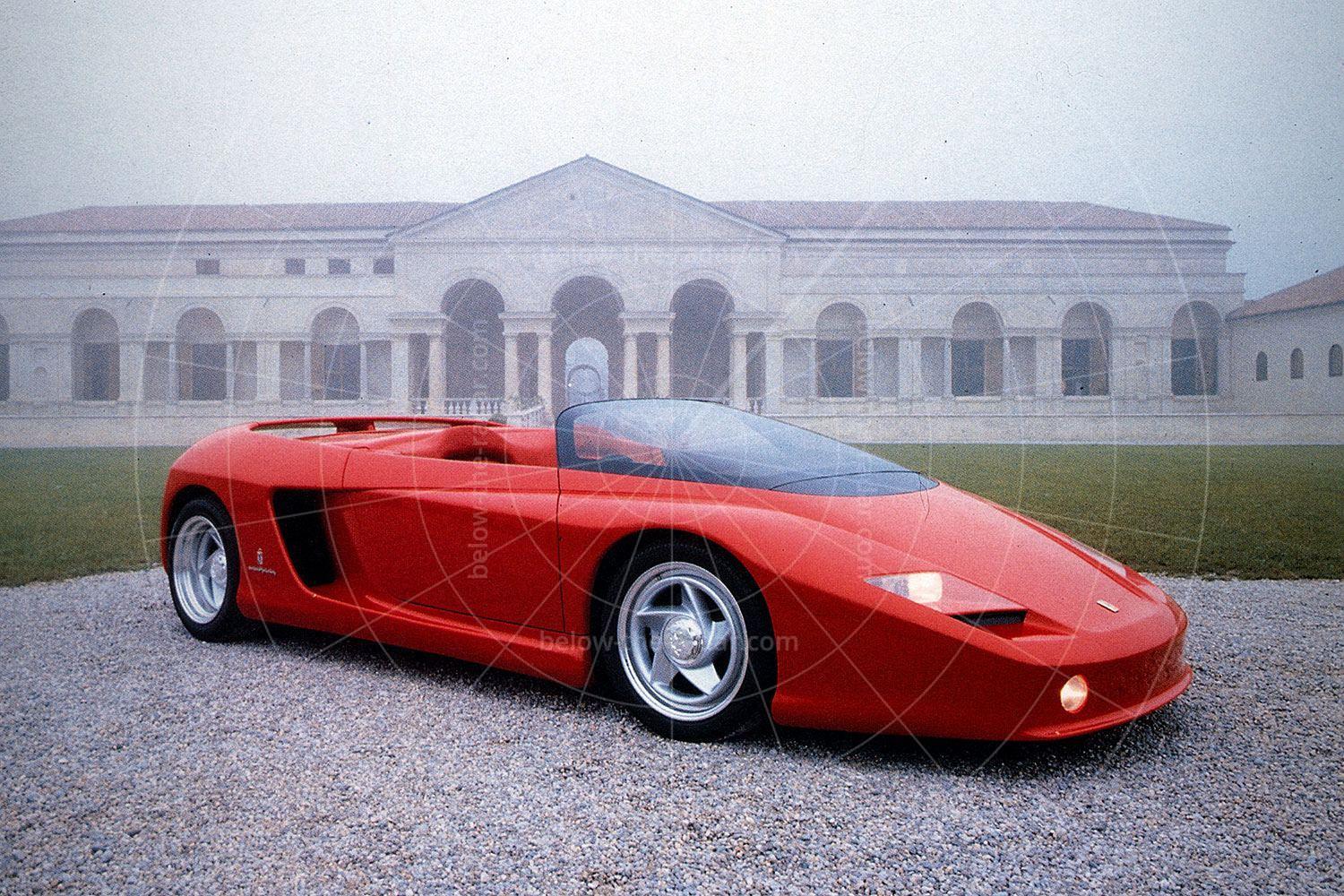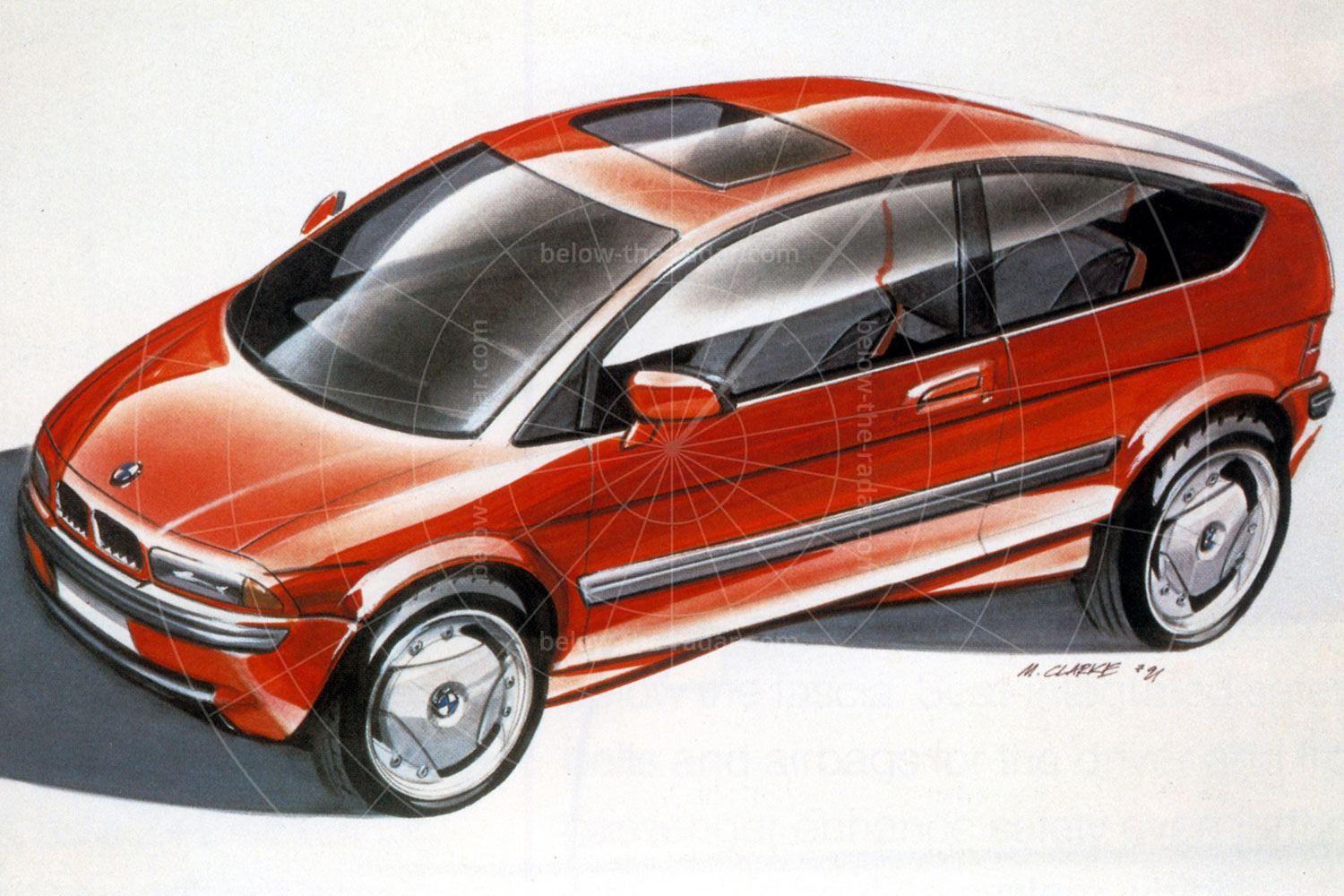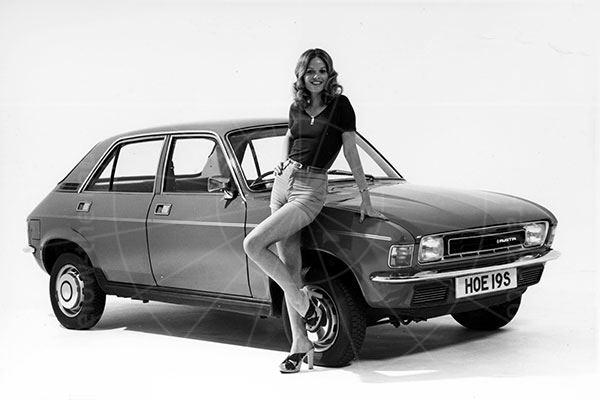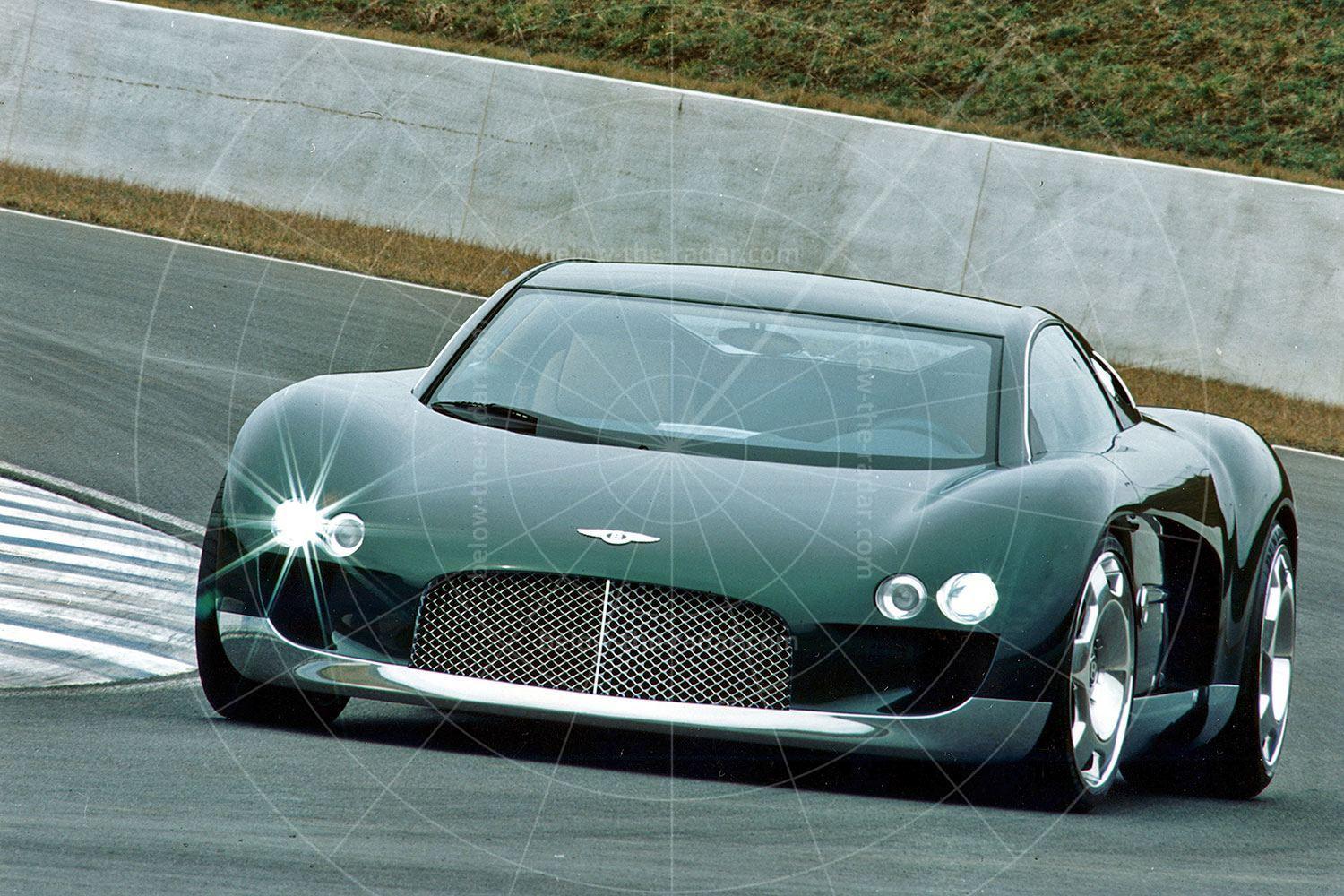Peter Monteverdi was born in 1934 in Basle, Switzerland. Aged just 18, in 1952 he constructed his first car, a Fiat 1100-based two-seater special which was built in the back of his father’s garage business. He inherited that business in 1956, and just a year later he began importing Ferraris to Switzerland, eventually becoming the official Swiss distributor for the marque. His business quickly expanded so that he was soon also the Swiss importer for BMW, Lancia and Jensen along with Rolls-Royce and Bentley.
In 1965 Monteverdi had a huge bust-up with Enzo Ferrari, leading to the latter refusing to supply any more cars from the factory. Rather than just focusing on all of the other brands in his portfolio, Monteverdi decided to team up with Pietro Frua to produce Switzerland's first home-grown luxury GT. The result was the two-seat High Speed 375 S, powered by a 7.2-litre Chrysler V8, which made its debut in September 1967 at the Frankfurt motor show.
The initial plan was for Frua to make 20 cars per year, but by spring 1968 Monteverdi decided that he wanted to ramp production up to more like 100 cars annually. Frua didn't have this kind of capacity, so the decision was made to outsource body production to Fissore, at its Savigliano factory, about 50 miles from Turin. By the time Fissore had taken over production in 1969, Frua had built a dozen examples of the 375 S.
It didn't take long for Monteverdi to realise that the demand for a four-seat grand tourer was stronger than for his two-seat model, so in autumn 1969, coinciding with the switch to Fissore, the 375 L replaced the 375 S, with a design that was based on Frua’s work, but tweaked by Monteverdi to accommodate two generous rear seats. Autocar sampled one of the first of these Fissore-built 375 Ls and was impressed by the performance, comfort and handling – but was rather less enamoured by the fit, finish and build quality:
Our test car was one of the first to be built since a switch was made from Frua to Fissore, and the chassis number of 012 probably meant that it was only the 12th Monteverdi to be built in all. It was disappointing in the standard of trim particularly, but we are assured that later cars have been improved. The soft Italian hide was showing signs of wear after only 2000 miles; later cars will use Connolly hide and British wool carpets will be fitted by the concessionaires, as will either of two audio systems.
Several other troubles beset us during our test. Because the correct fuses could not be located in the UK, we suffered several failures of the electric window lifts, and an earlier fault in the fuel tank breather had drenched the boot with petrol which smelt pungently all the time. The fuel gauge never read more than 5/8th full and the handbrake was inoperative. Worse than this, the rear brake pads wore down to the metal backing plates in fewer than 3000 miles and scored the discs badly. The throttle jammed open during acceleration tests and the drive belts jumped off their pulleys during full-lock manoeuvring. Omission of lagging for one of the refrigeration pipes in the air conditioning system caused condensation problems and acute misting up in wet weather.
Bearing in mind the Monteverdi was priced at £10,450 when a Ferrari Daytona was £6700, a Lamborghini Espada was £7900, a Jensen FF was a mere £5365 and an Iso Grifo was listed at £5594 (or £6807 for the 7-litre edition), Monteverdi really needed to up its game if it wanted to compete. Not that those rivals were paragons of reliability or built to a high standard necessarily…
The 375L was undeniably fast however, with 0-80mph possible in just 10.6 seconds; this was a car that weighed just over two tons (2010kg) as tested, and its 152mph top speed was no less impressive.
In late 1969 Monteverdi reintroduced a two-seater 375 S on a shorter wheelbase than the 375 L, but just half a dozen were made between the end of 1969 and some point in 1971. A convertible version of the 375 S was shown in spring 1971 at the Geneva Salon, as the 375 C, but just two were built, one of which was later modified to become the Monteverdi Palm Beach.
The final link in the Monteverdi High Speed chain is the mammoth 375/4, which first appeared at the 1971 Geneva Salon. As with the other High Speed models, the chassis were built in Monteverdi's own factory in Basle before being sent to Fissore for the bodywork to be fitted, after which the cars were then returned to Basle for the final work to be done before delivery to the customer.
At almost 5.3 metres long (17ft 4in), the 375/4 came with a standard wheelbase (3175mm, or 10ft 5in), but buyers could choose which rear-seat configuration they wanted (seating for two or three) and a Sony TV was on the options list along with an electric division to separate the chauffeur from the passengers.
Nobody knows for sure how many 375/4s were made. The factory claimed that over 30 rolled off the production line, but just eight are known of so somewhere between the two is most likely – maybe 15-20. Nowadays they very rarely come up for sale or are seen, but the black saloon (an early car from 1970, chassis #3007) shown here was sold by Hyman Ltd, after it had been sold by RM Sotheby's in 2019 for $174,800.
By 1975 the fuel crisis had thrown the global economy into disarray and luxury hand-built cars like the Monteverdi High Speed were nigh on impossible to sell. The final High Speed 375/4 was built in 1974 and the last High Speed 375 L was delivered in 1975.
| Vital statistics | Monteverdi High Speed 375 L |
|---|---|
| Produced | 1967-1976, Italy |
| Number built | 100 approx (claimed) |
| Engine | Front-mounted, 7206cc, V8 |
| Transmission | 3-speed auto, rear-wheel drive |
| Power | 380bhp at 4600rpm |
| Torque | 480lb ft at 3200rpm |
| Top speed | 152mph |
| 0-60mph | 6.3 seconds |
| Economy | 11.6mpg |
| Price | £10,450 (1969) |
- Many thanks to Hyman Ltd and RM Sotheby's for the use of their pictures to illustrate this article.

